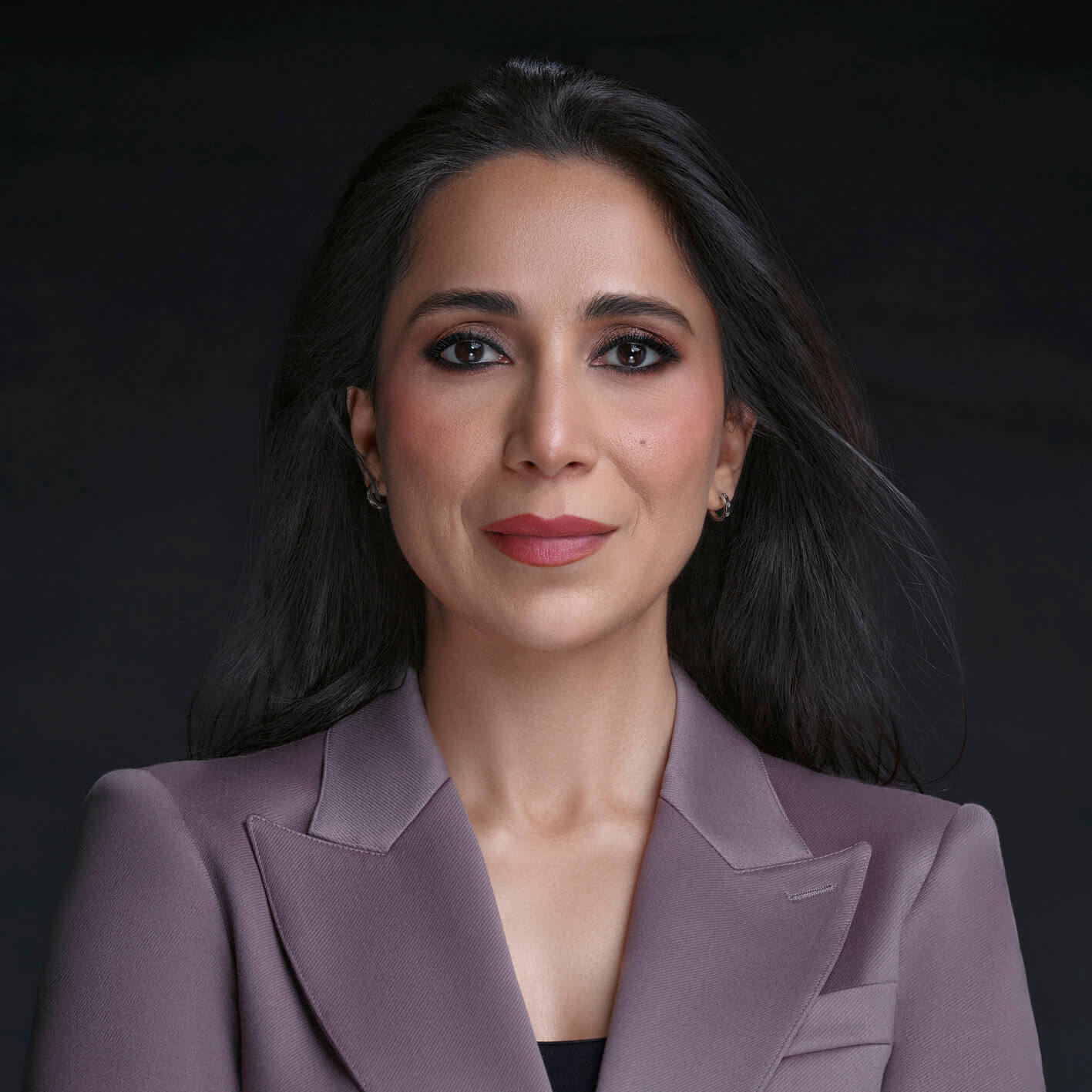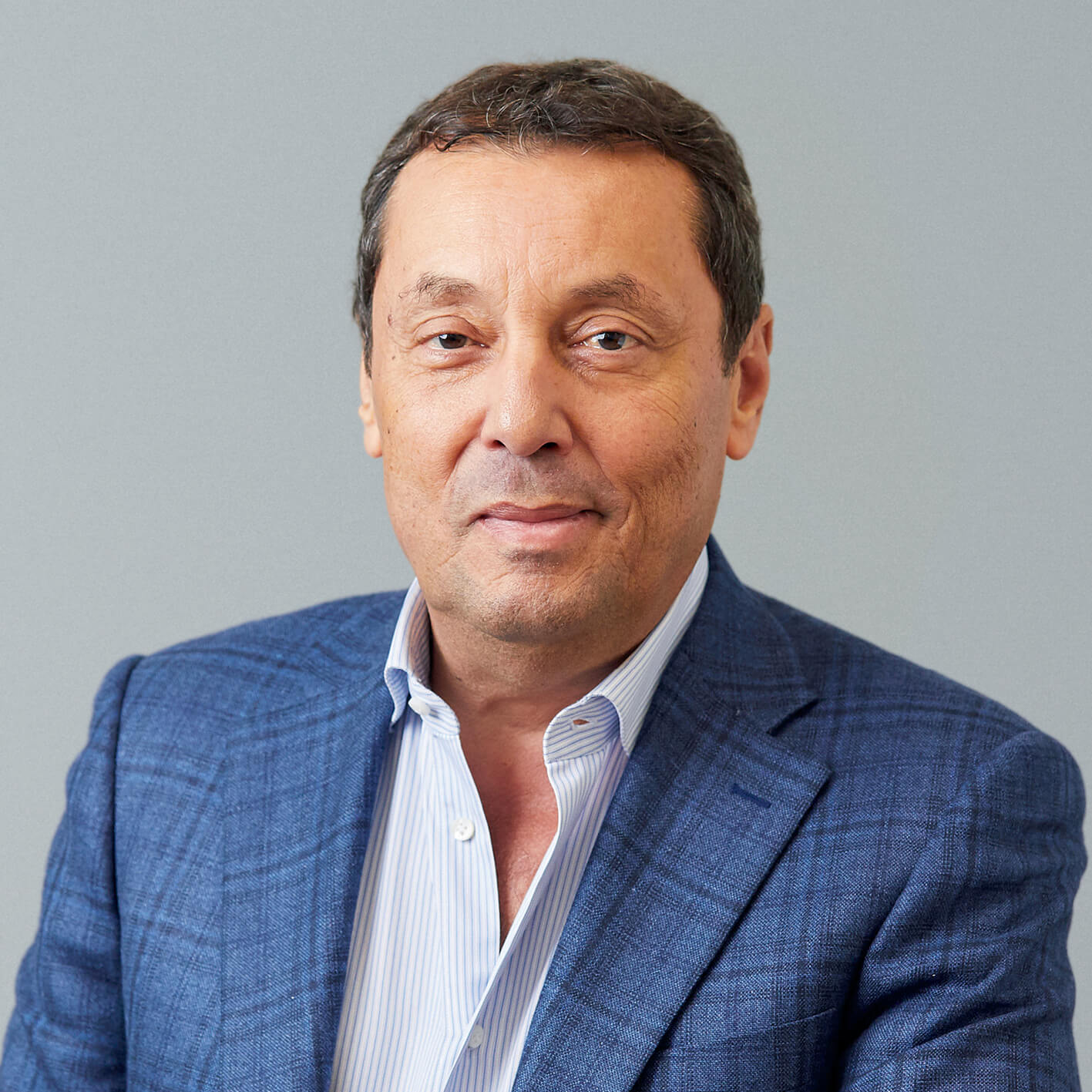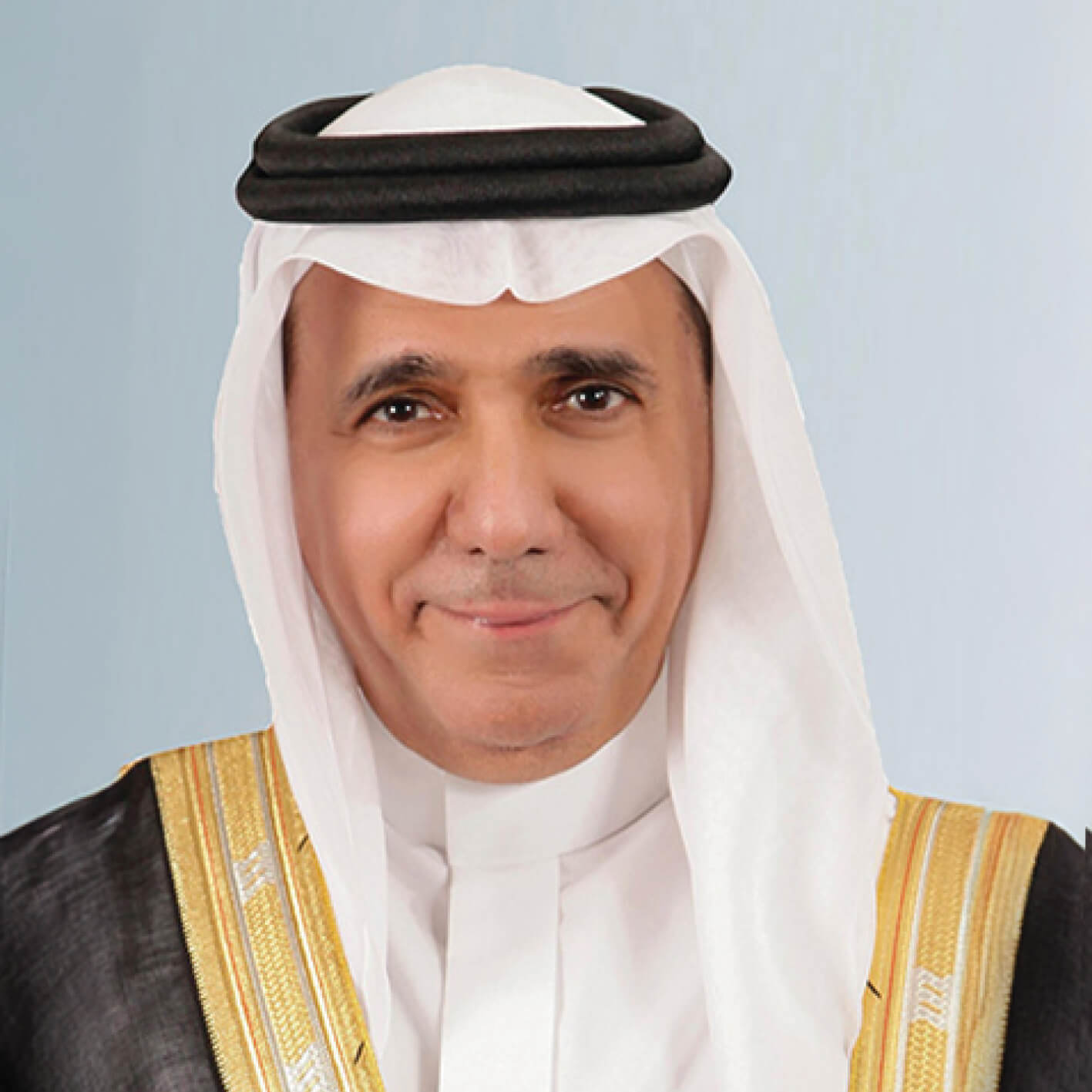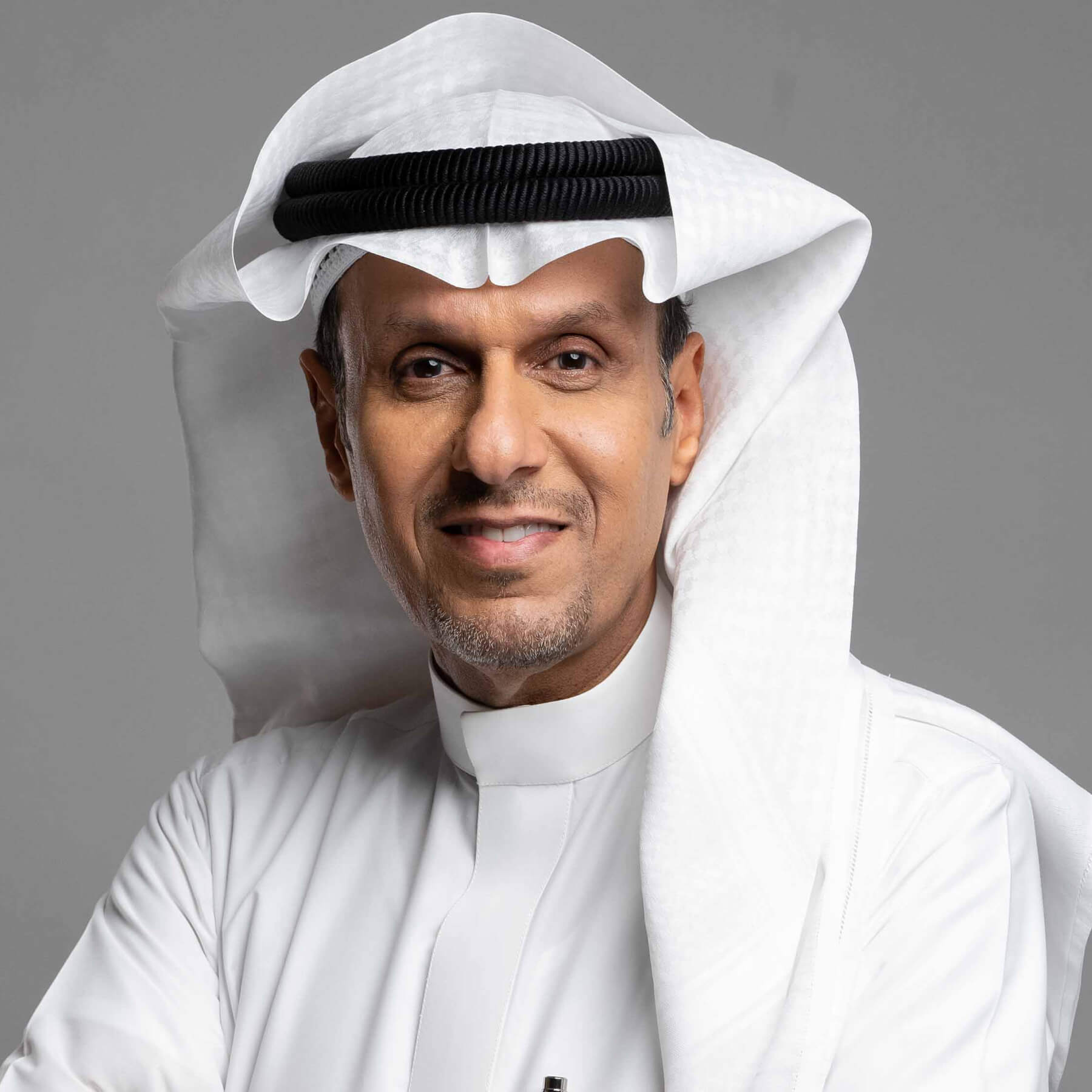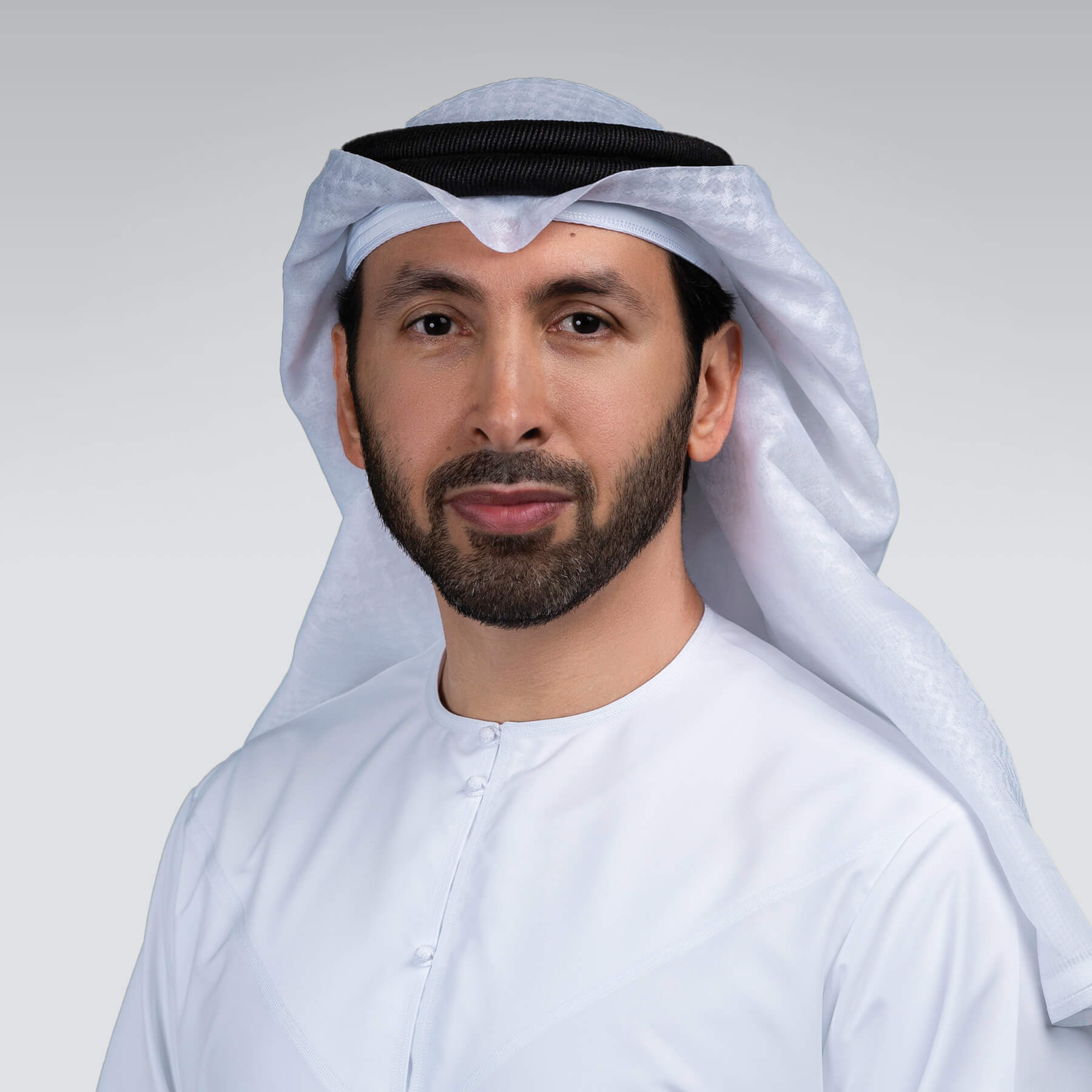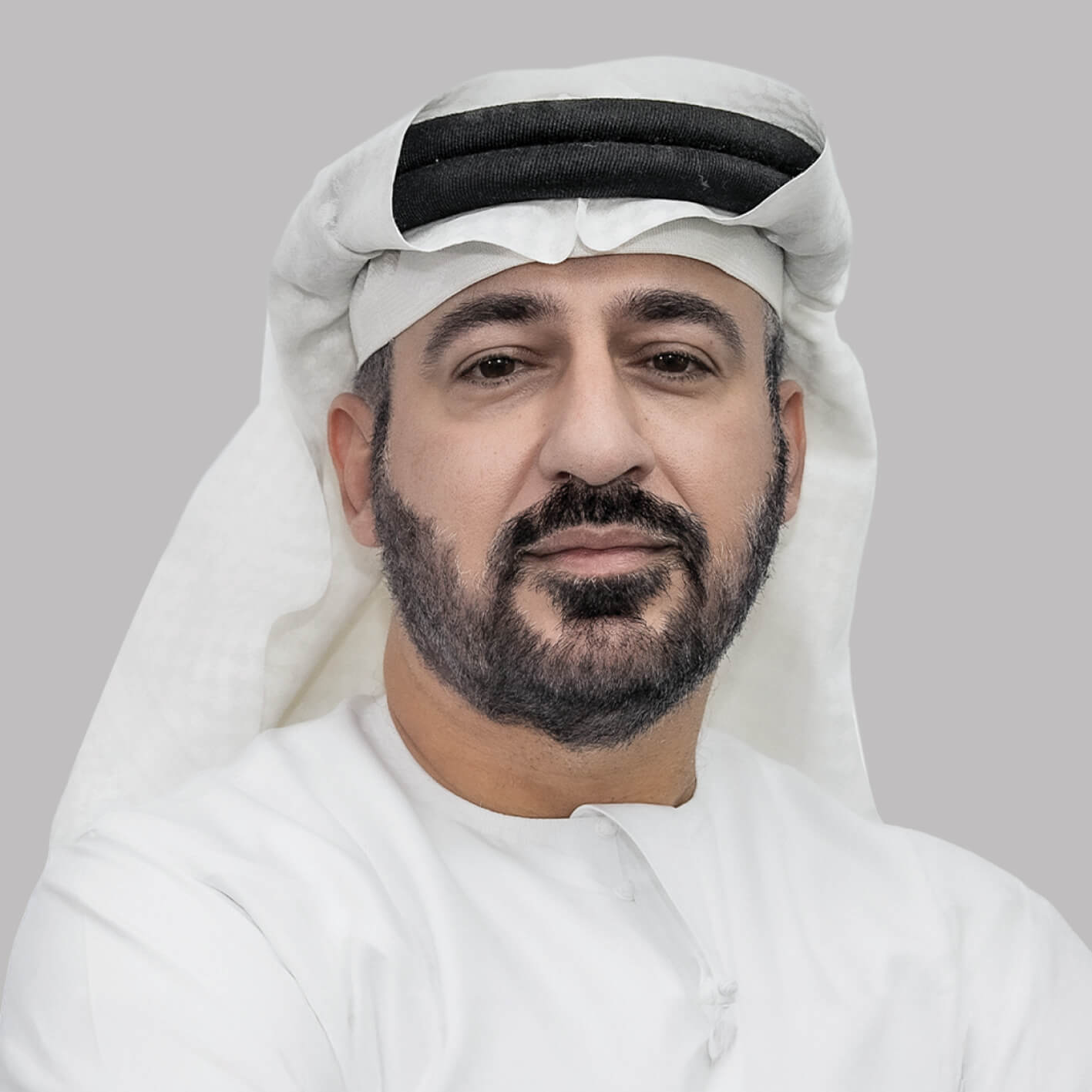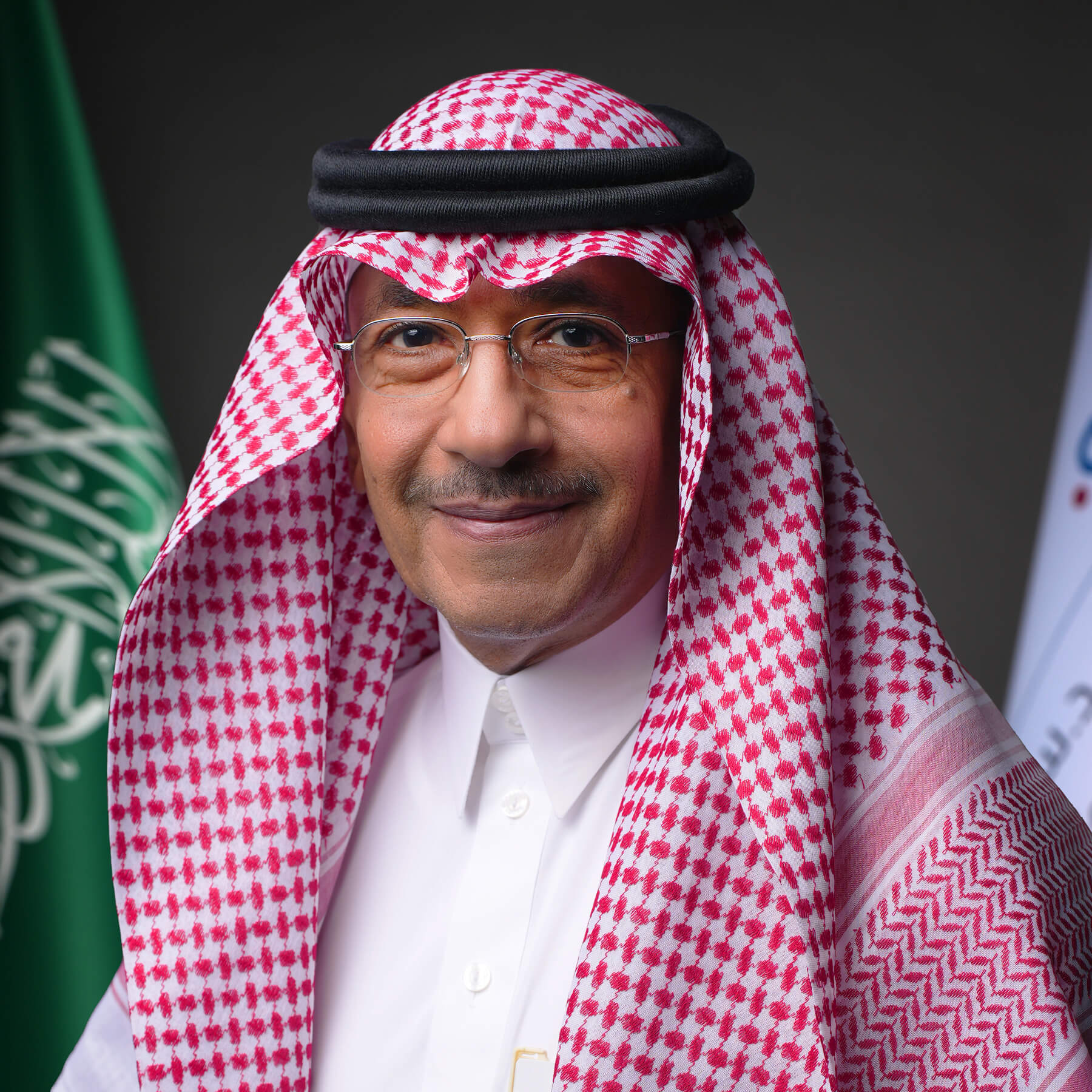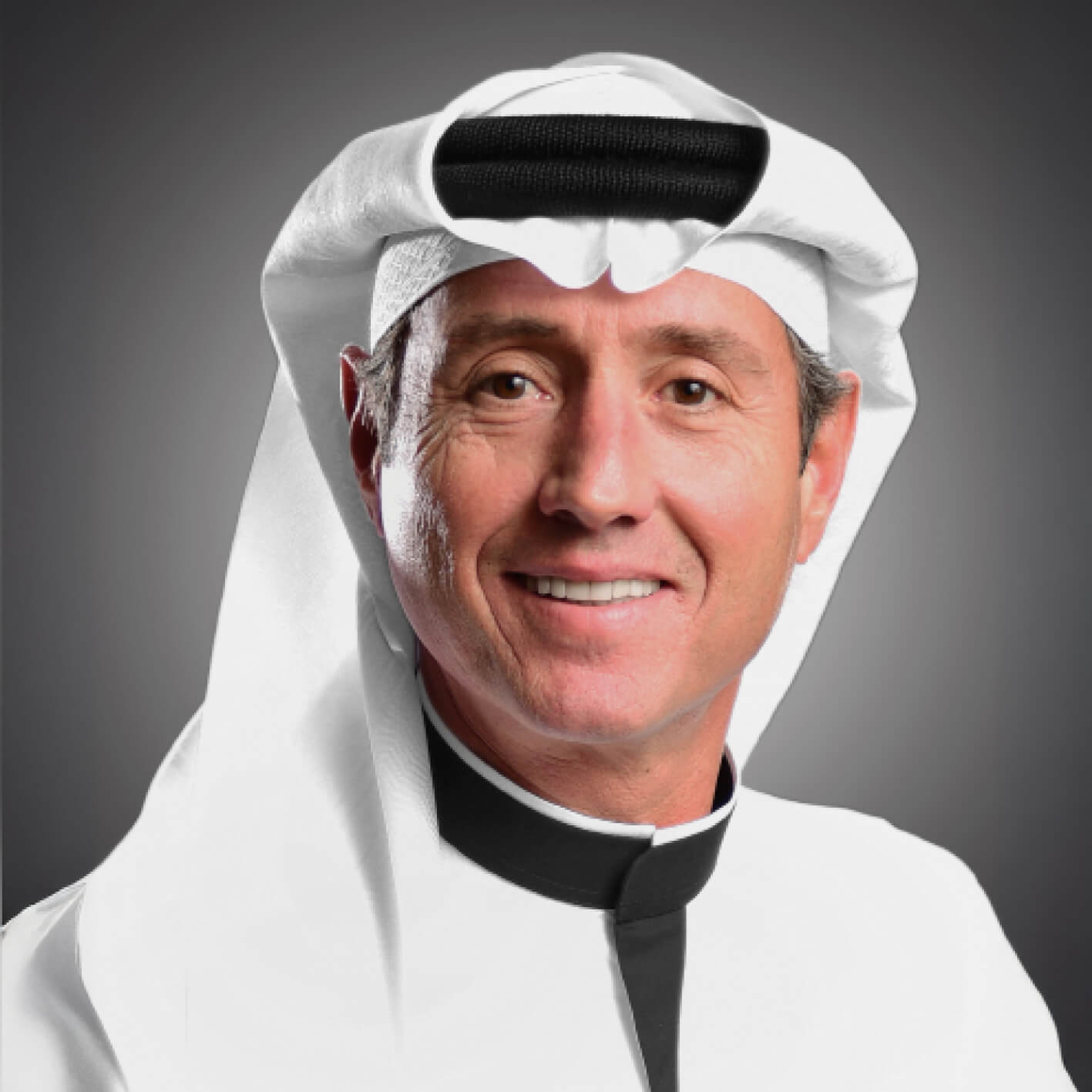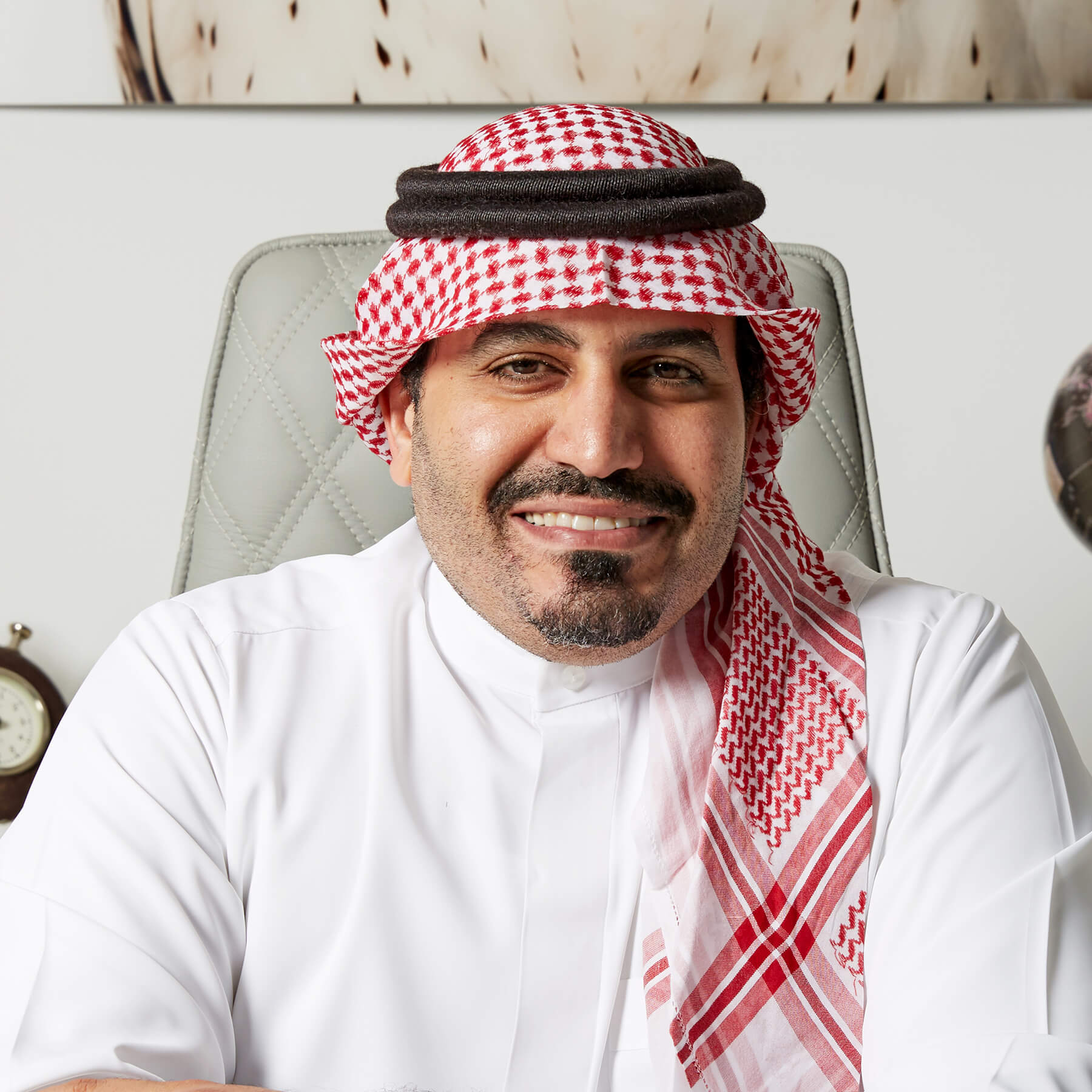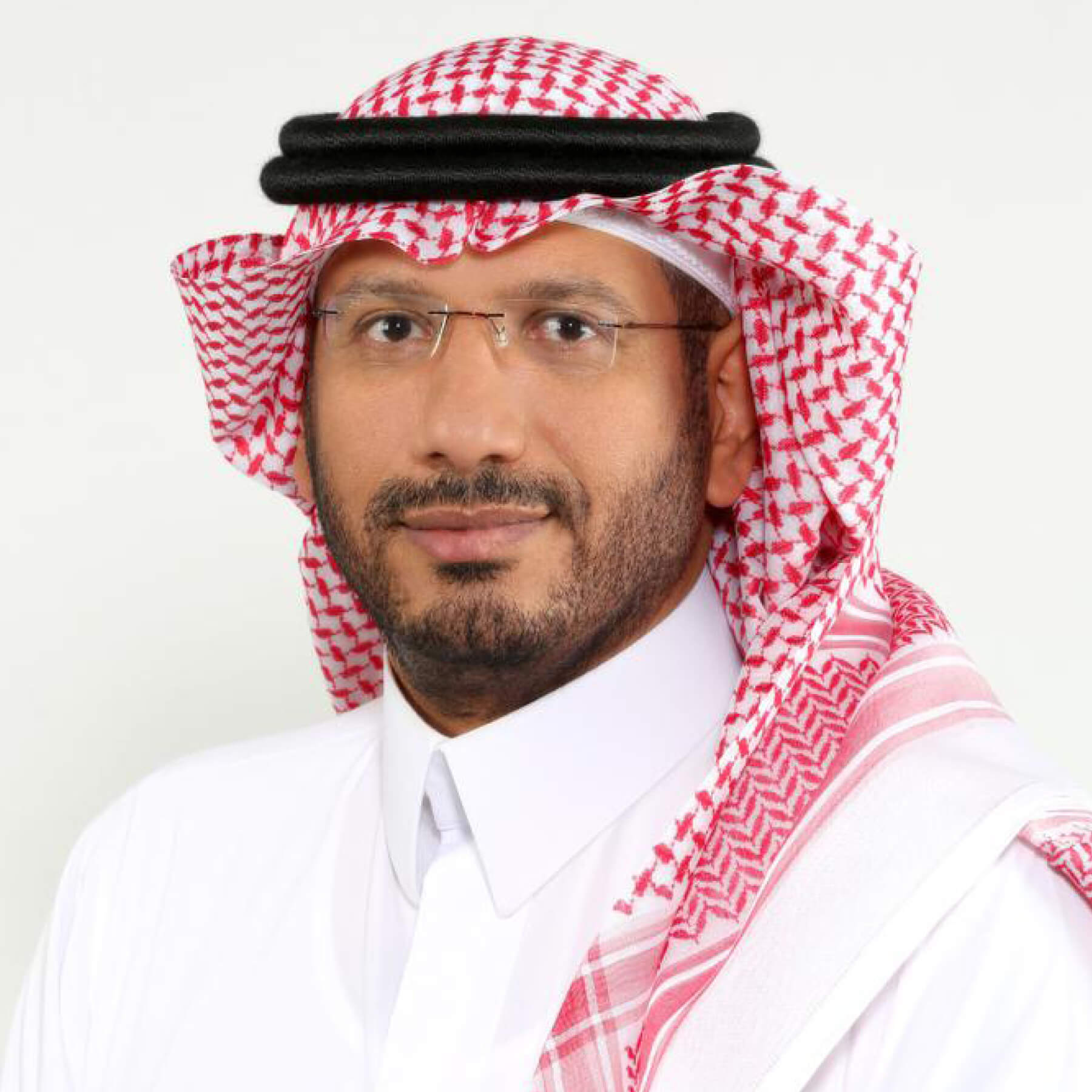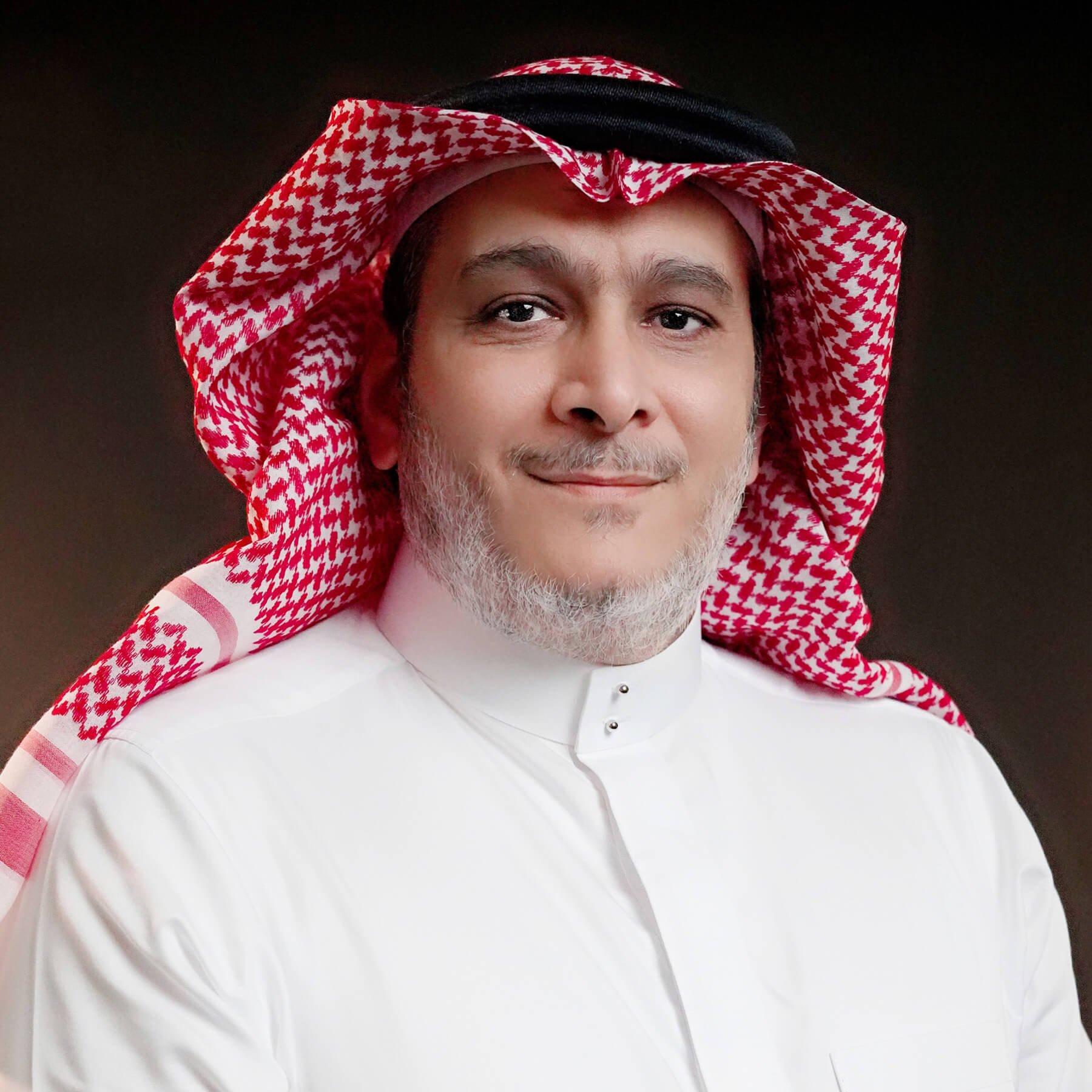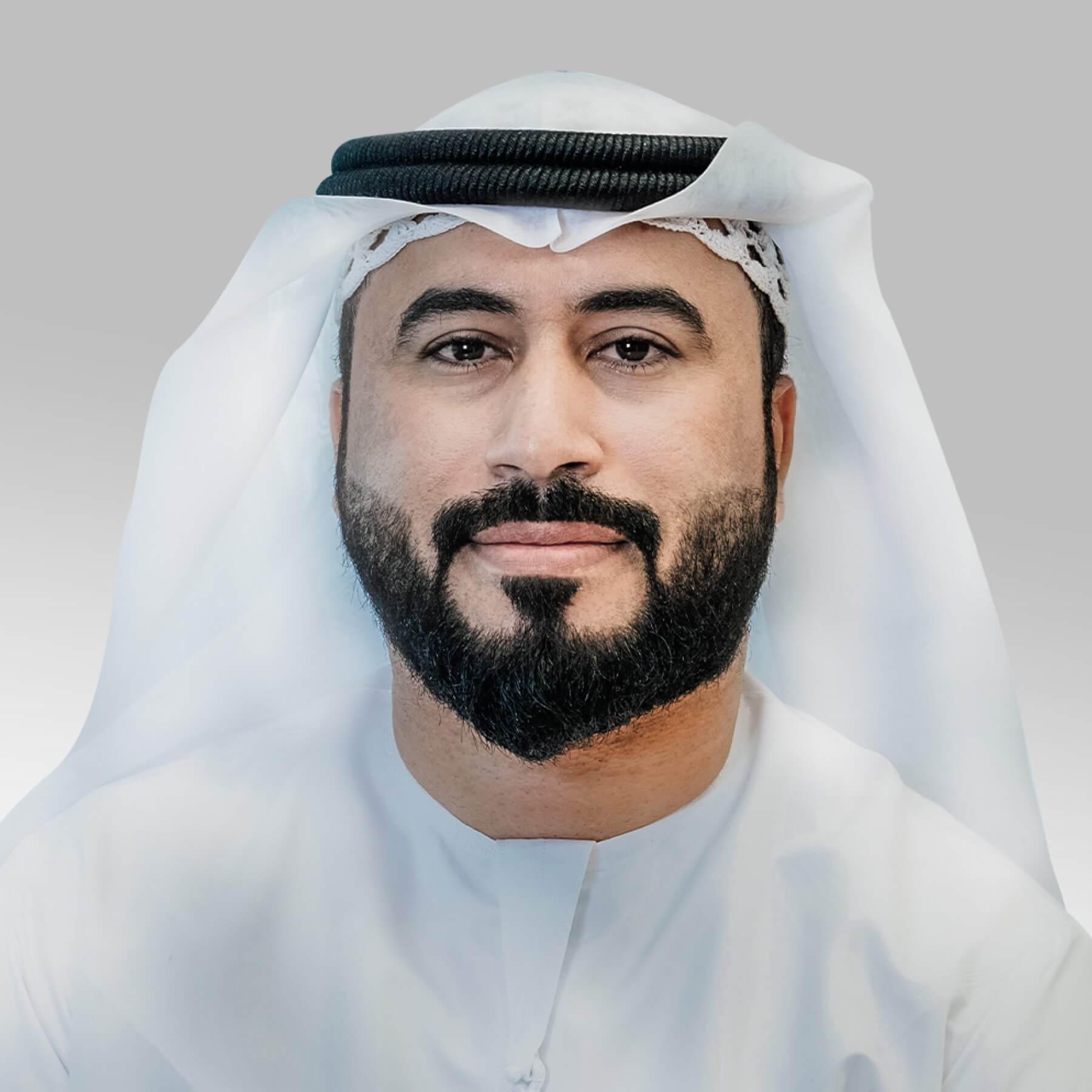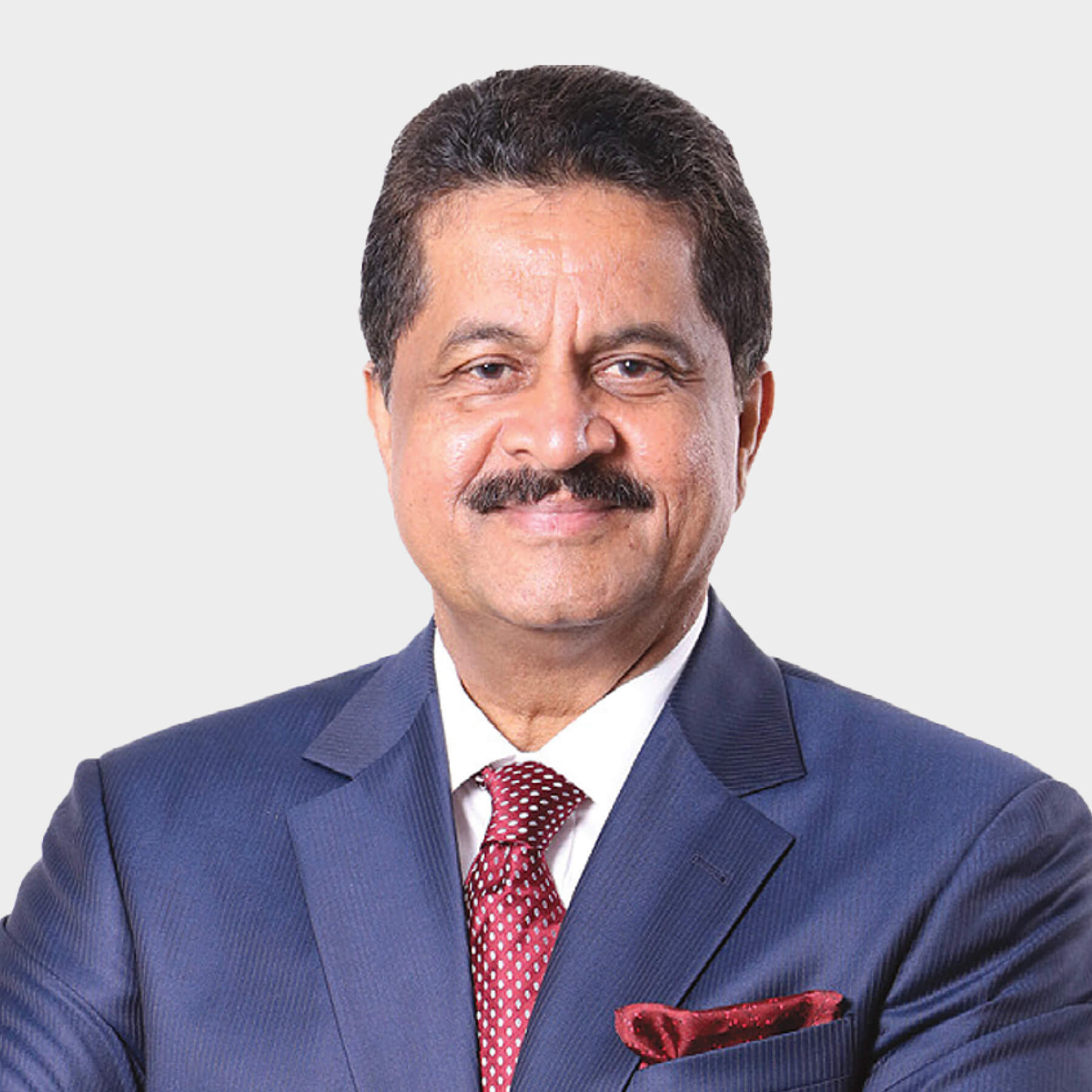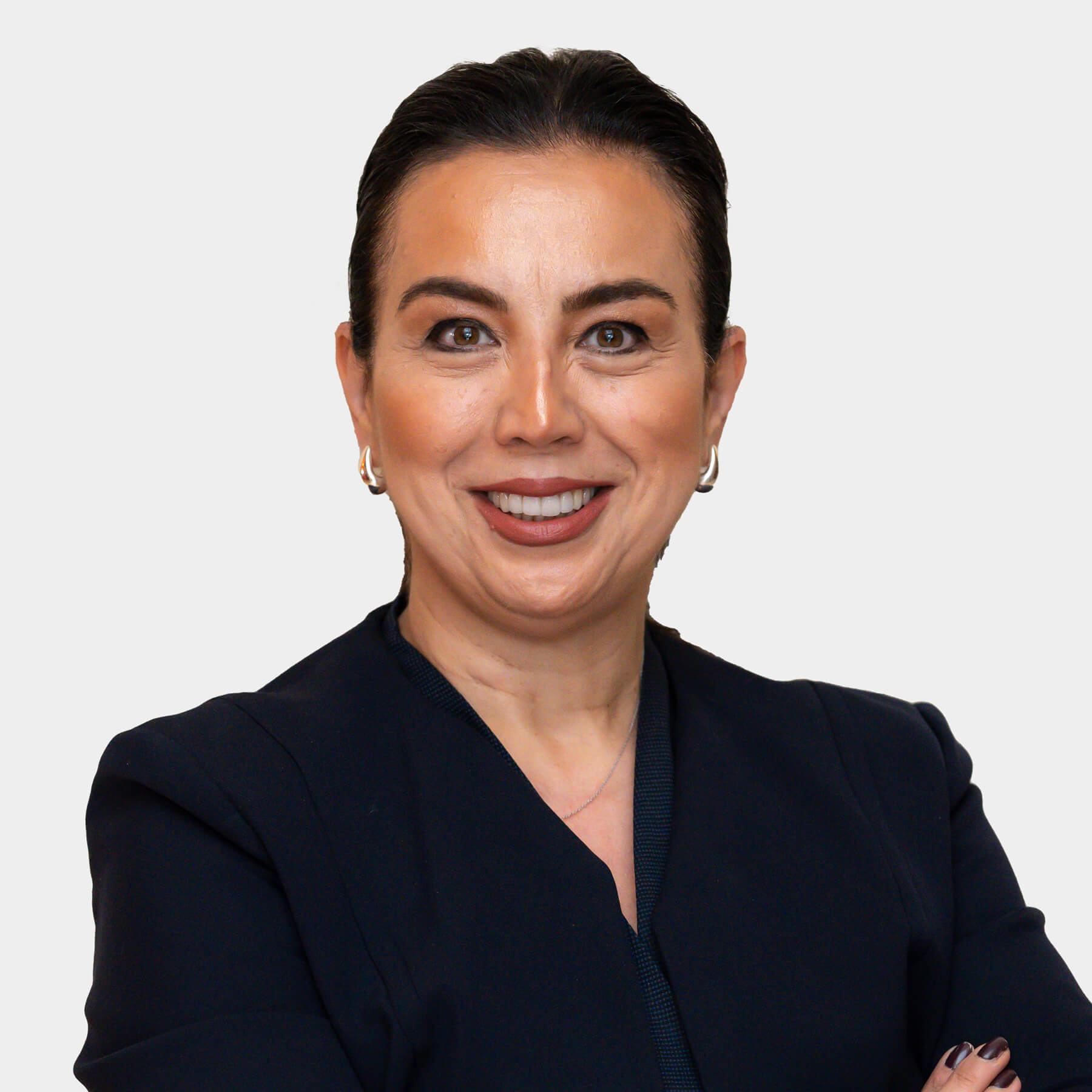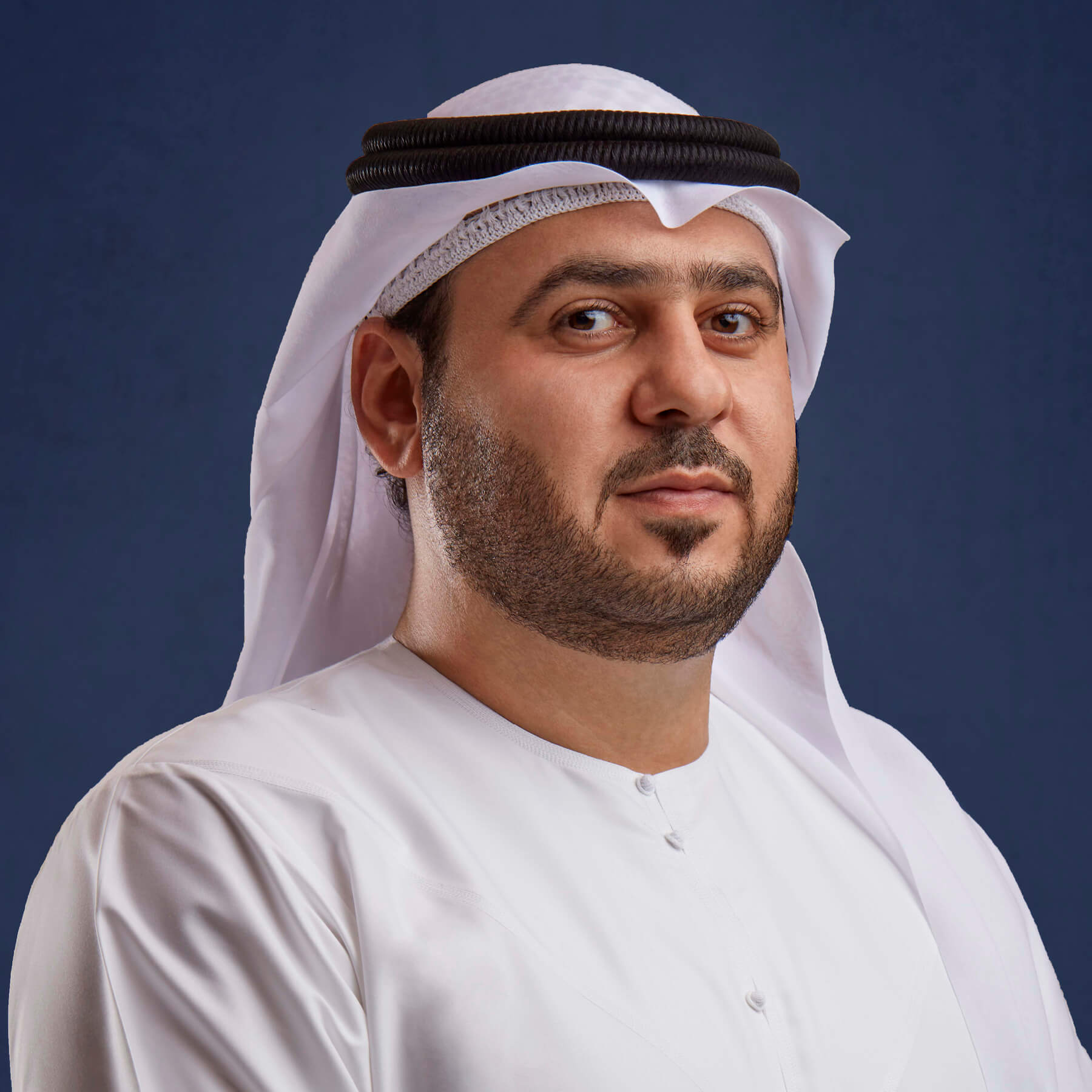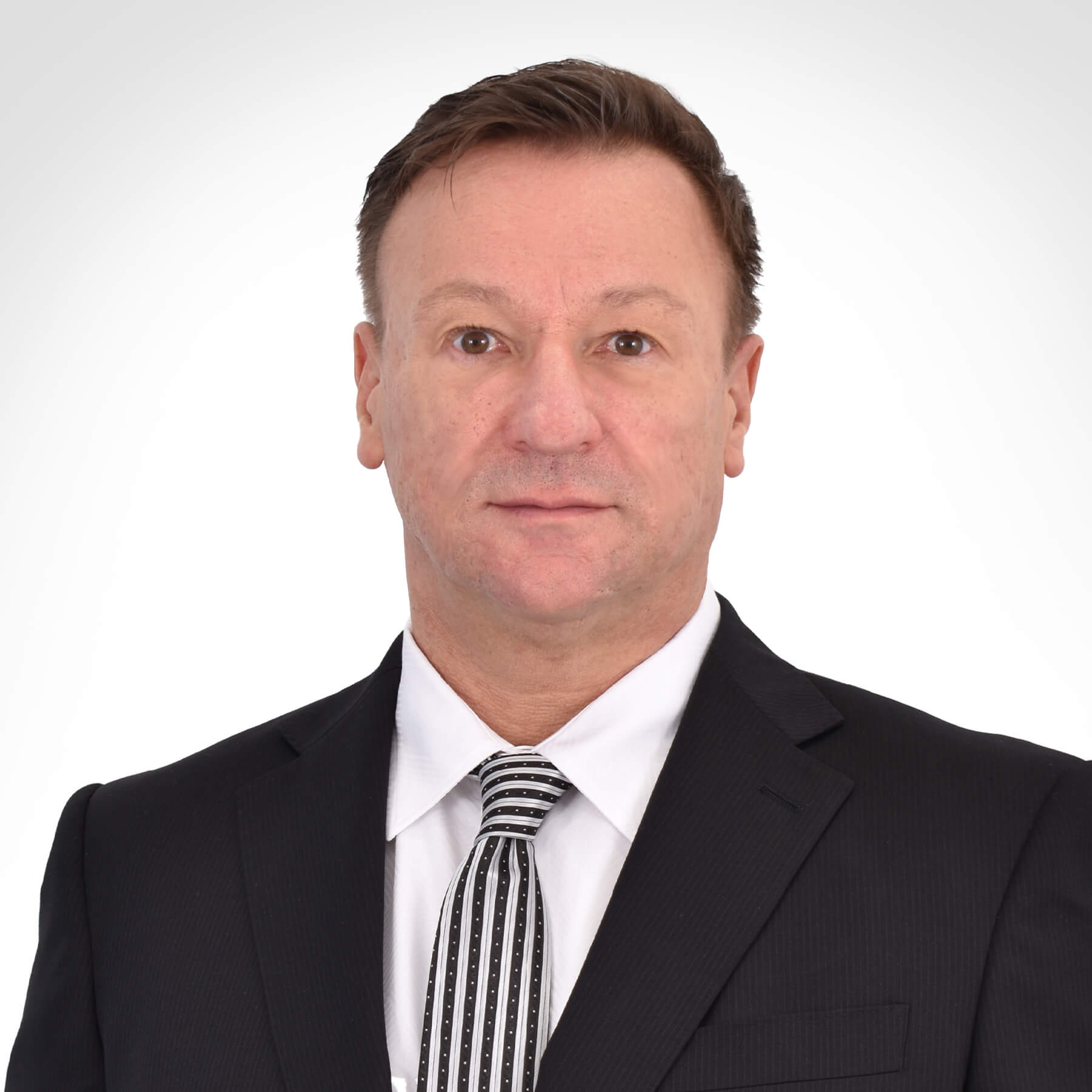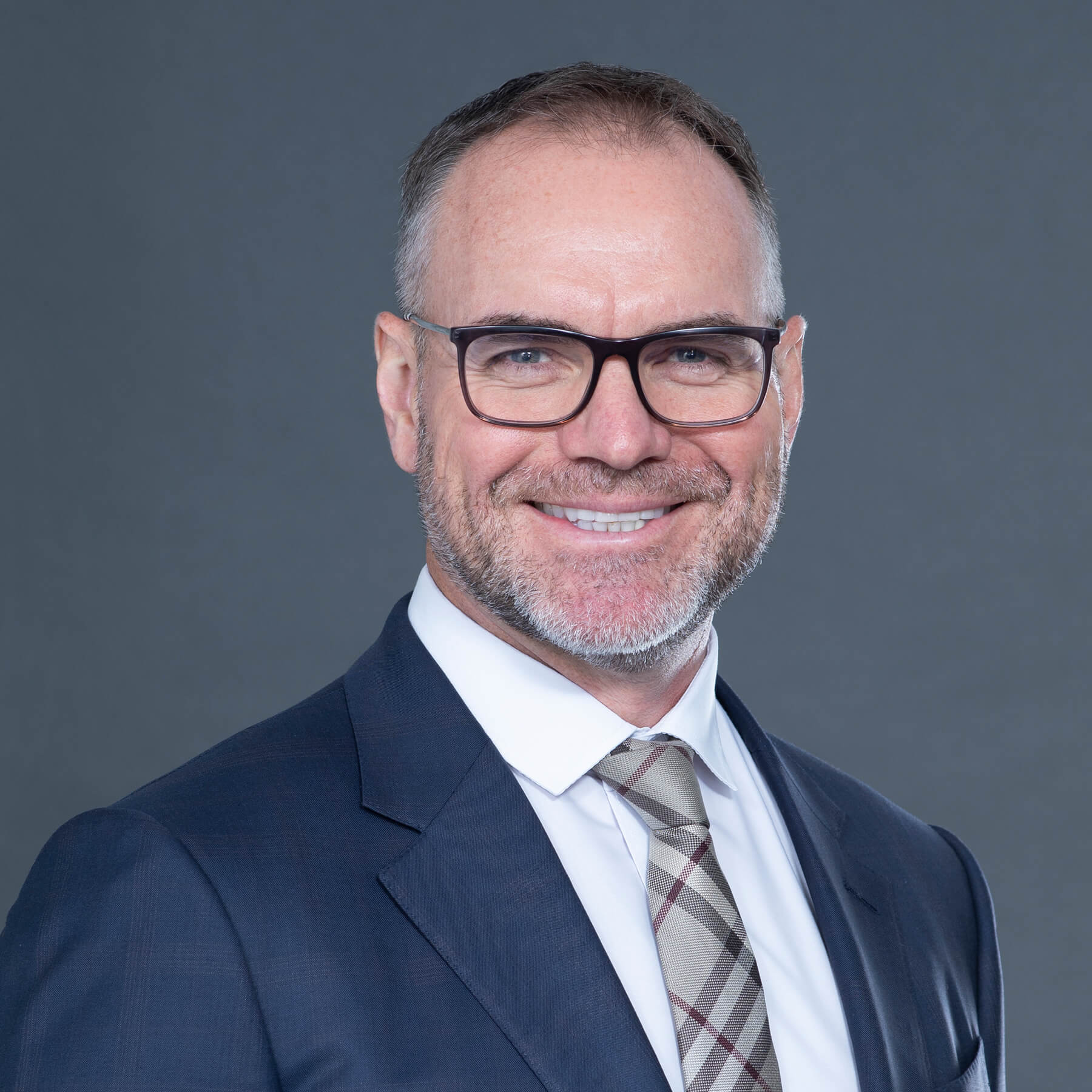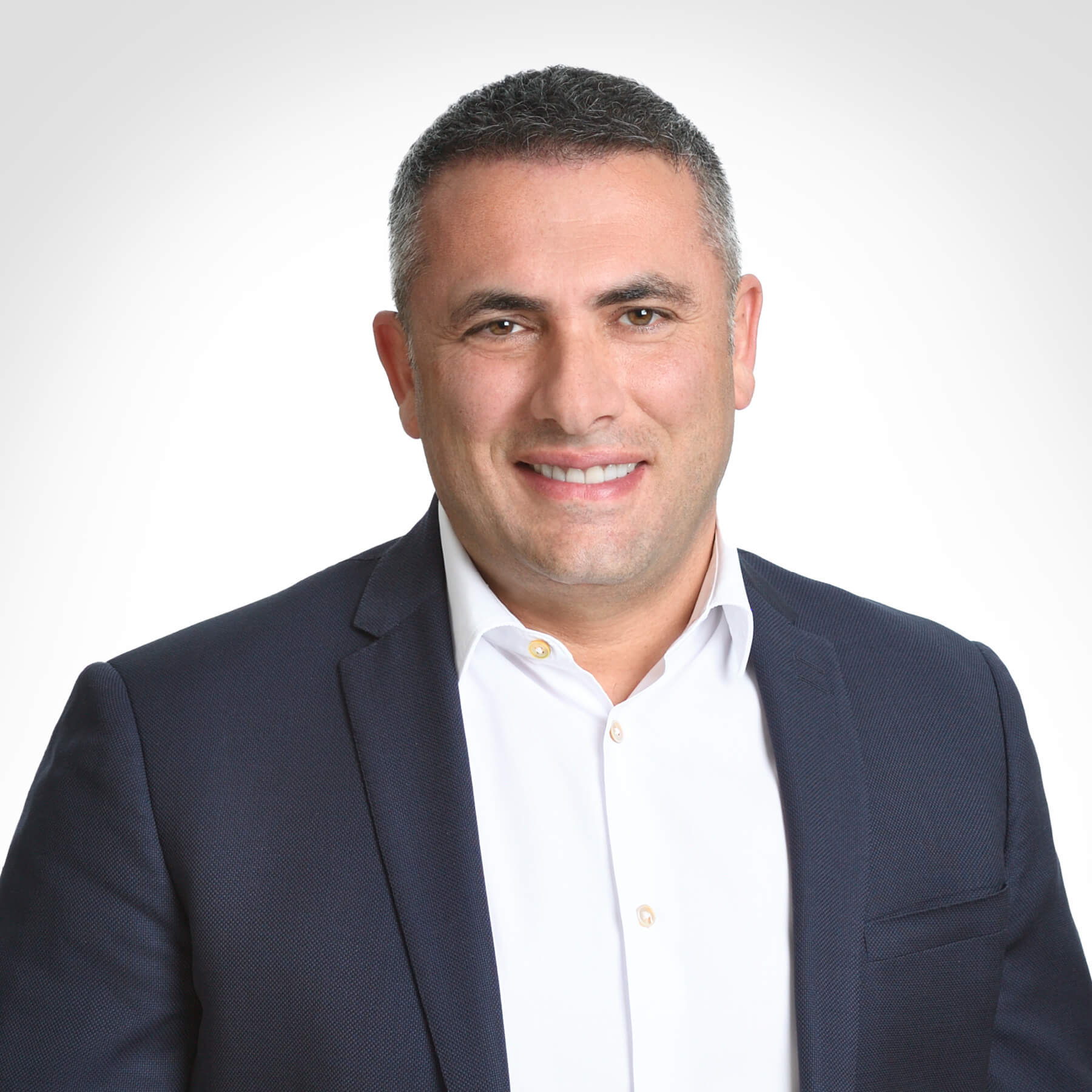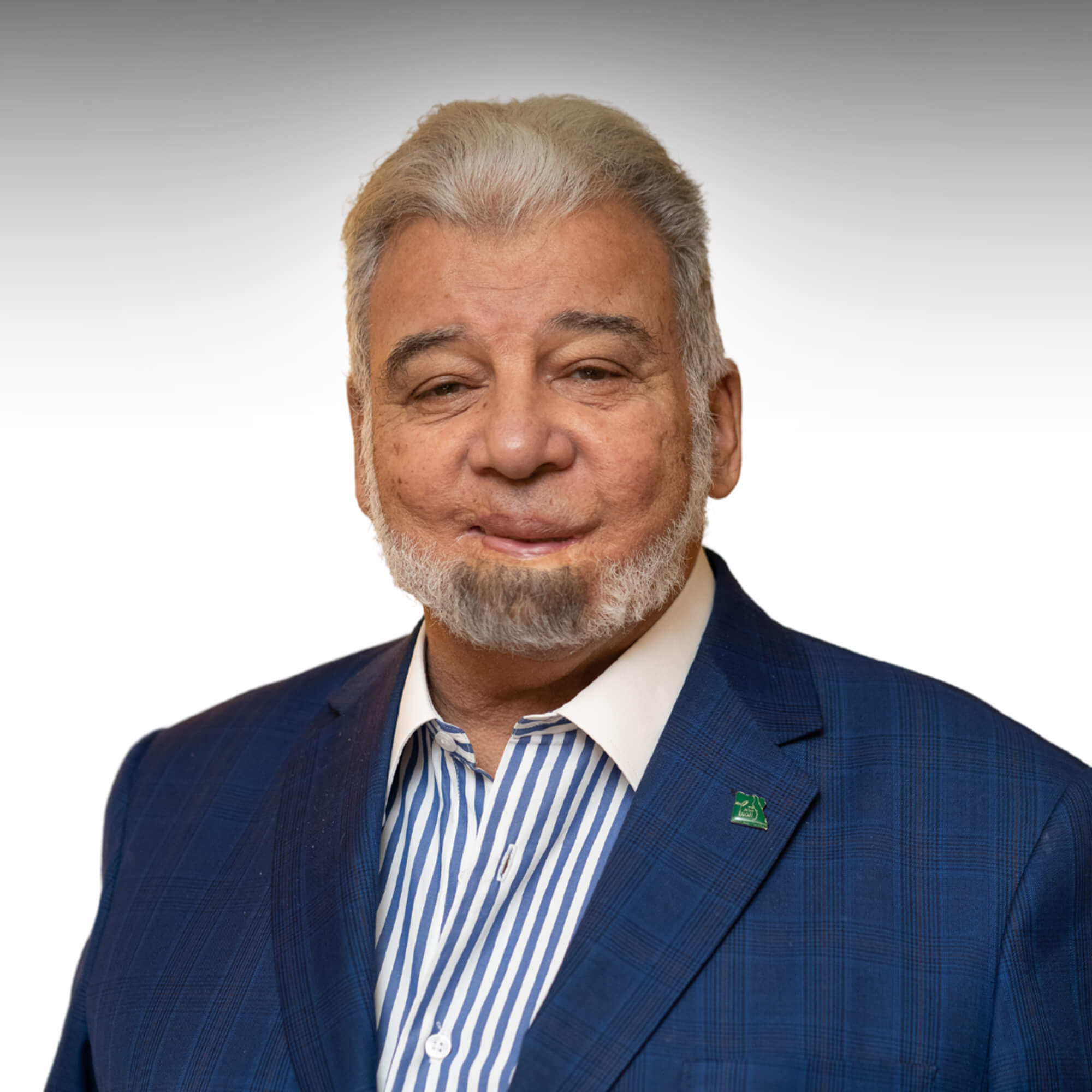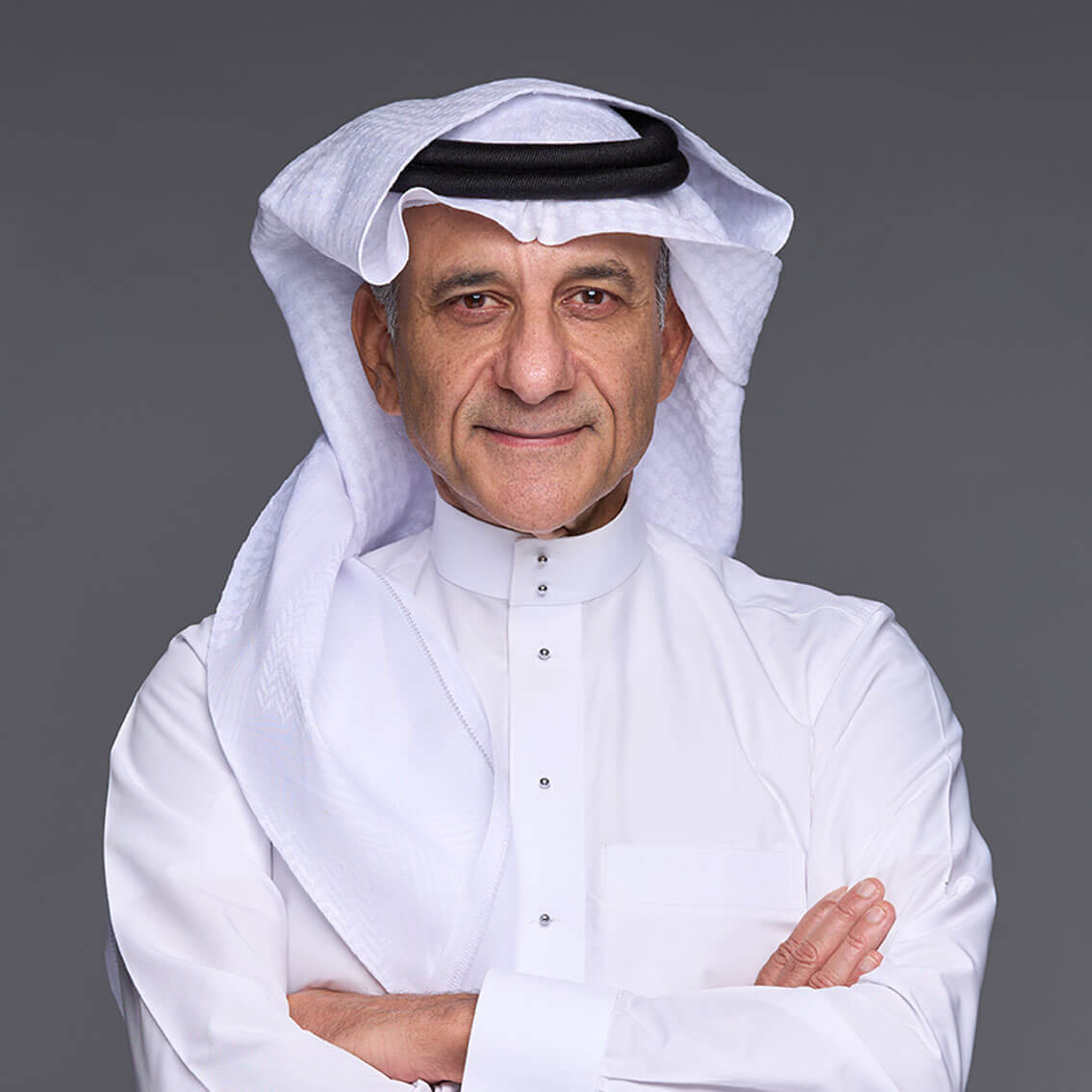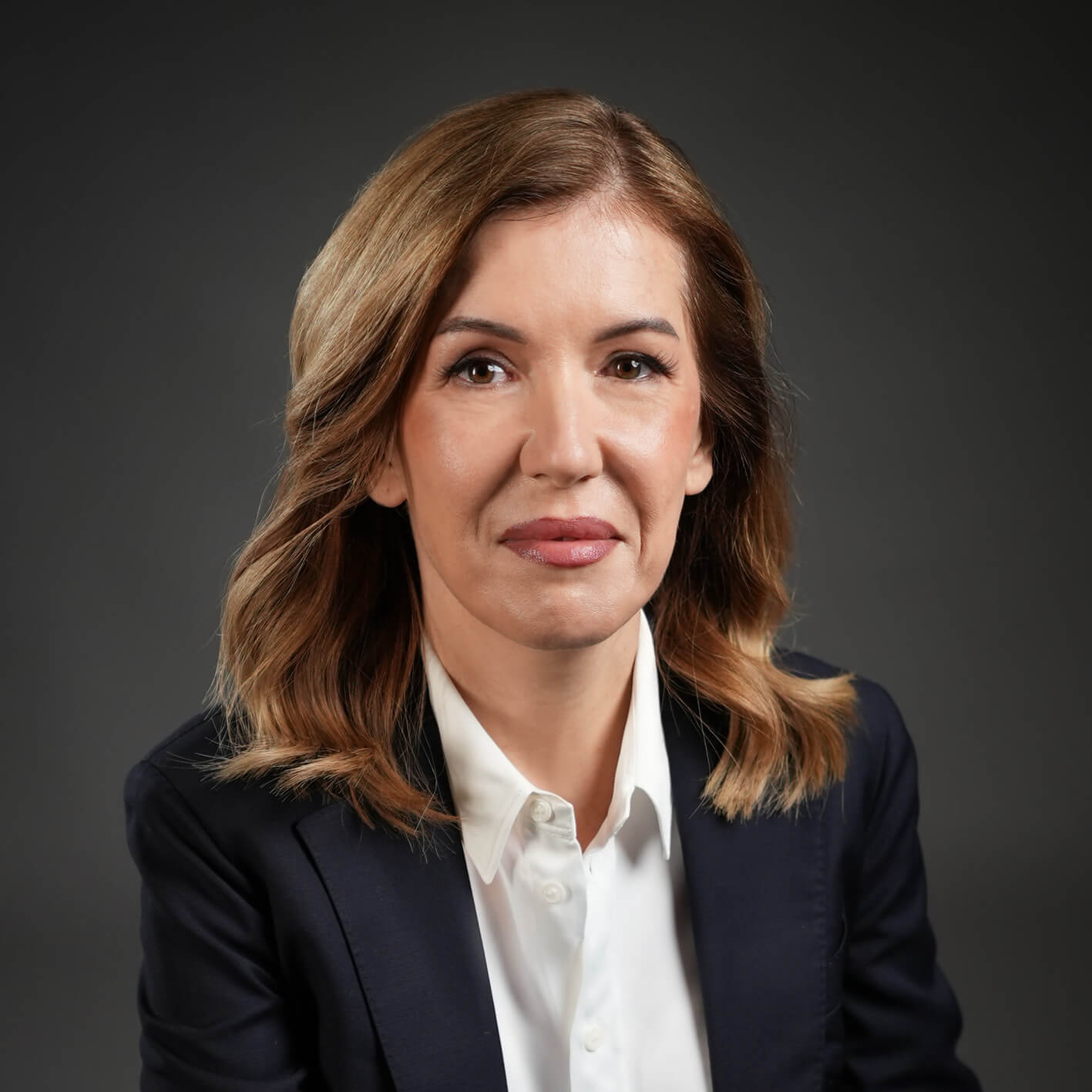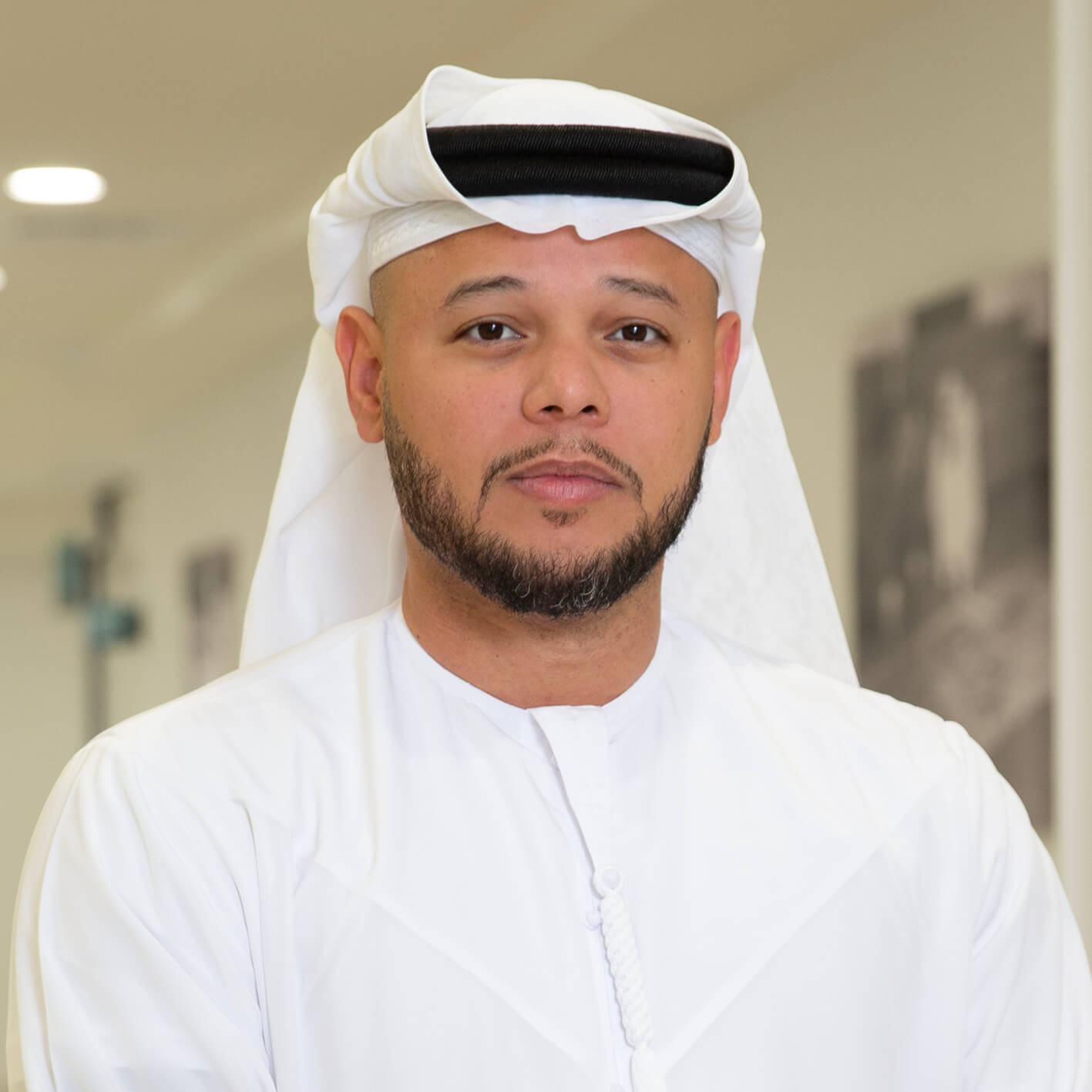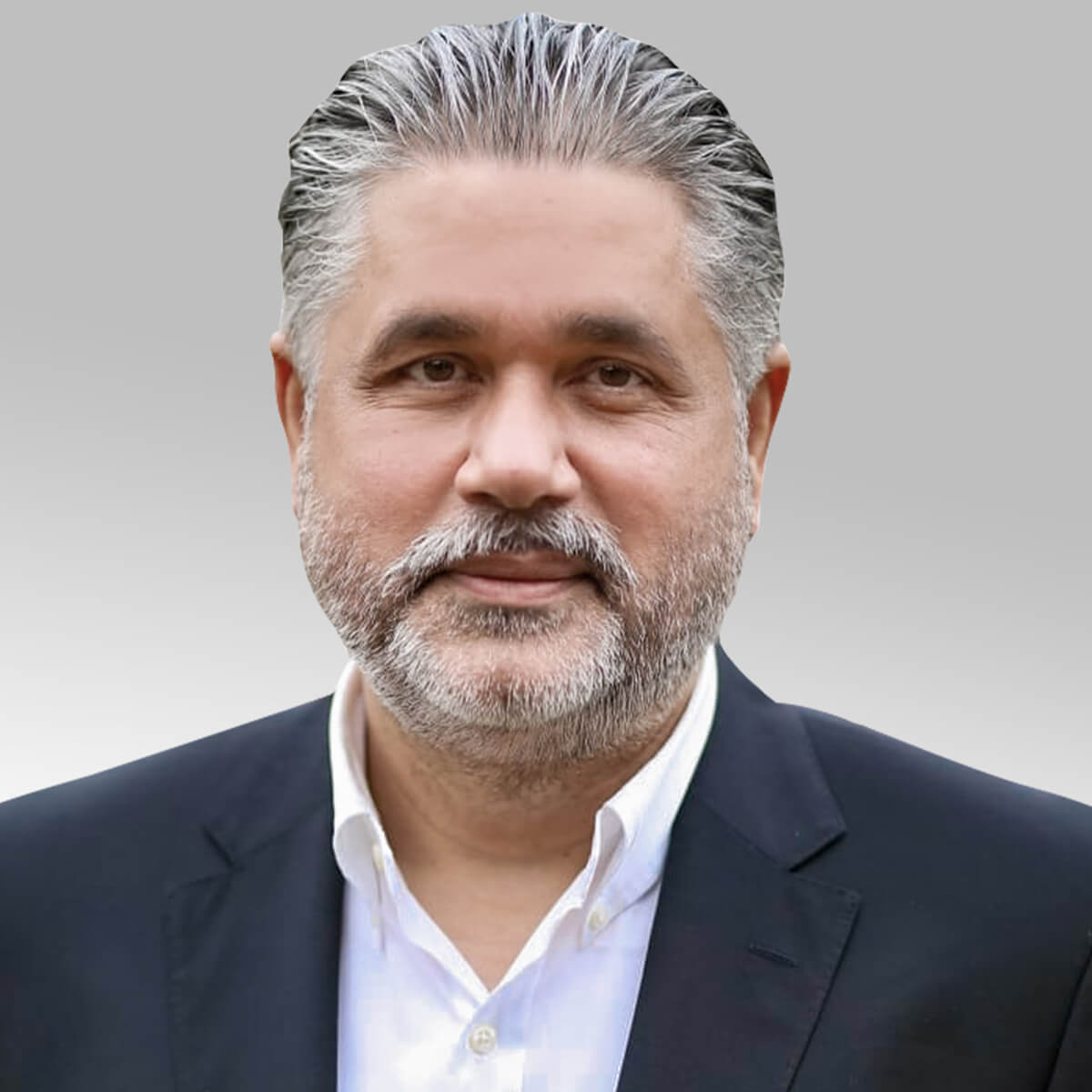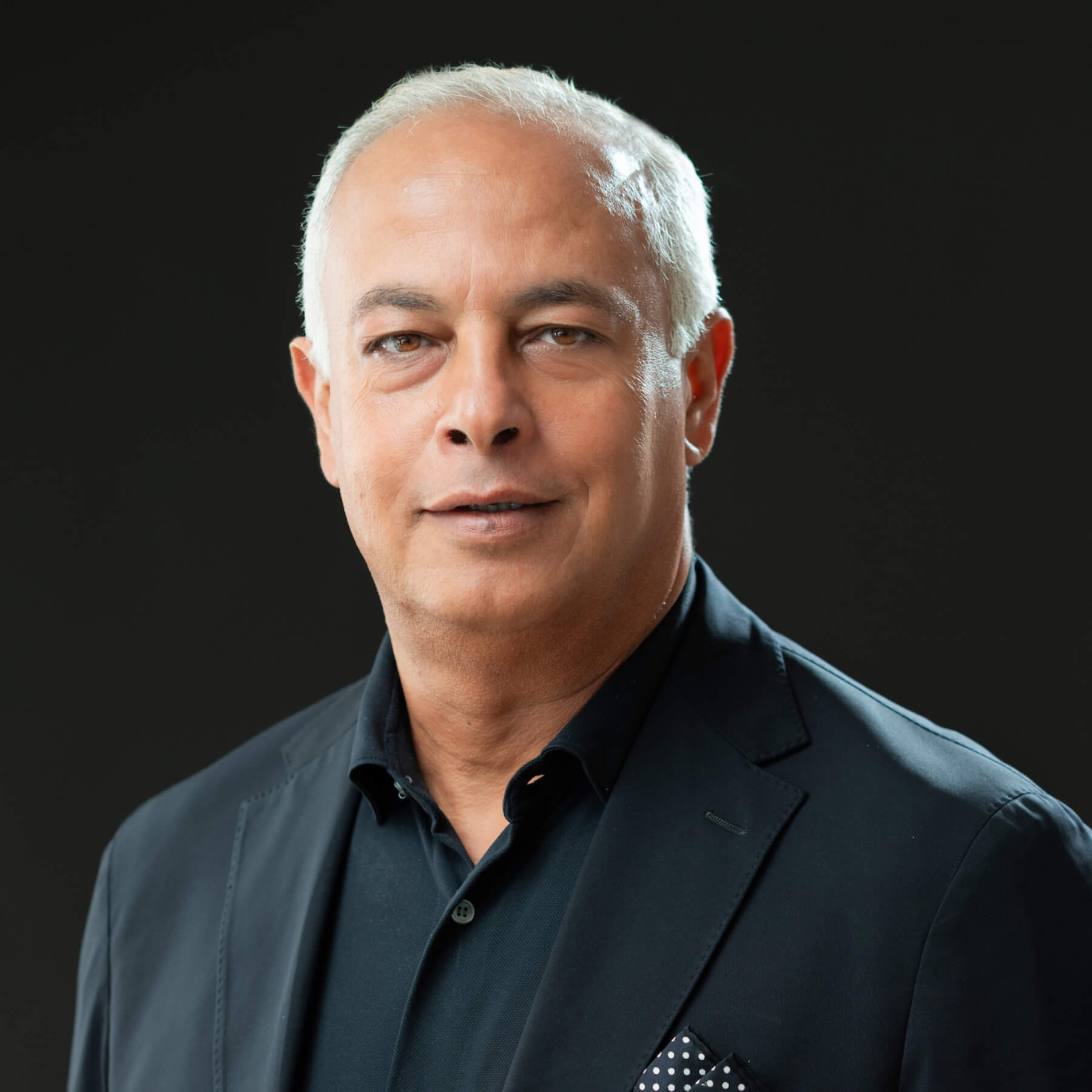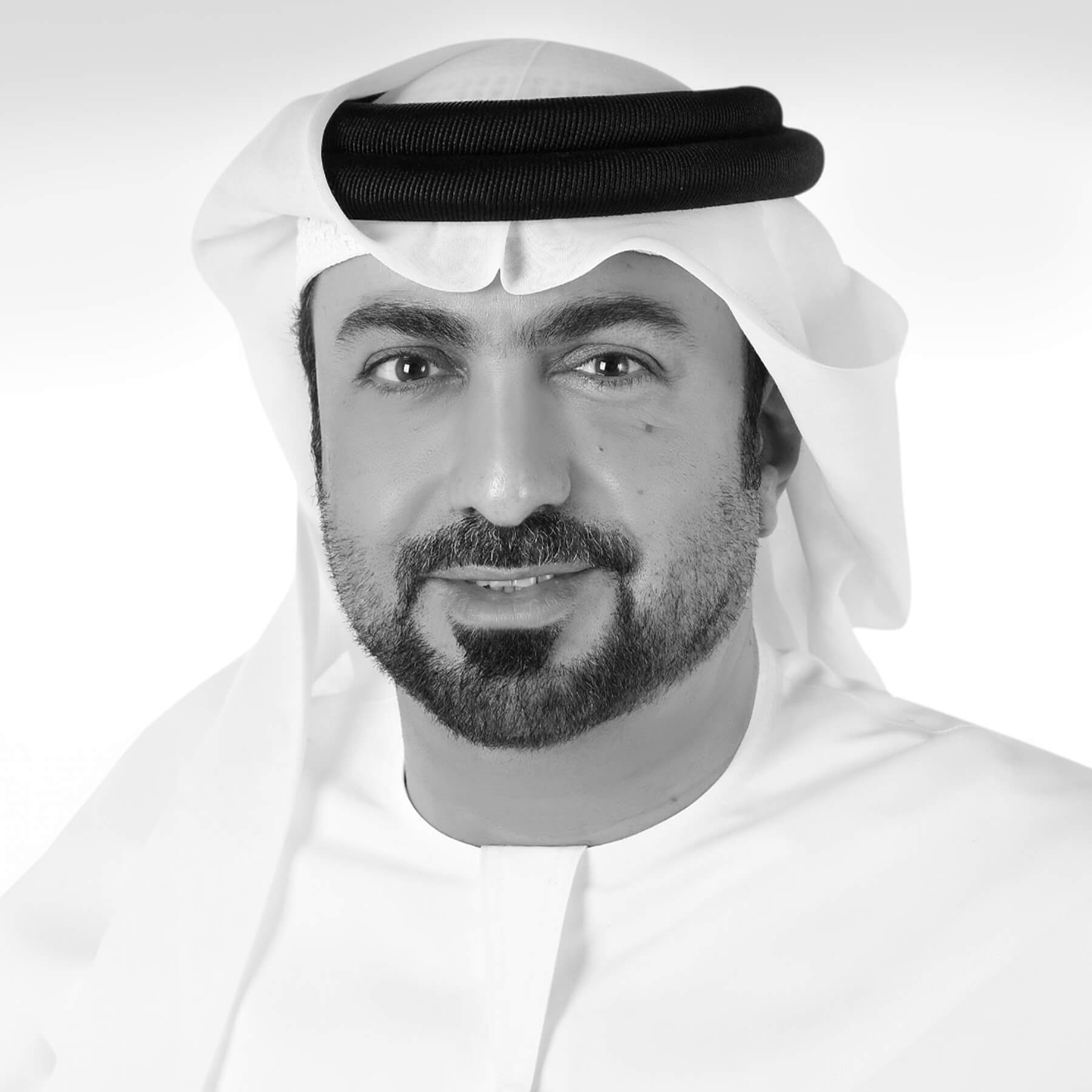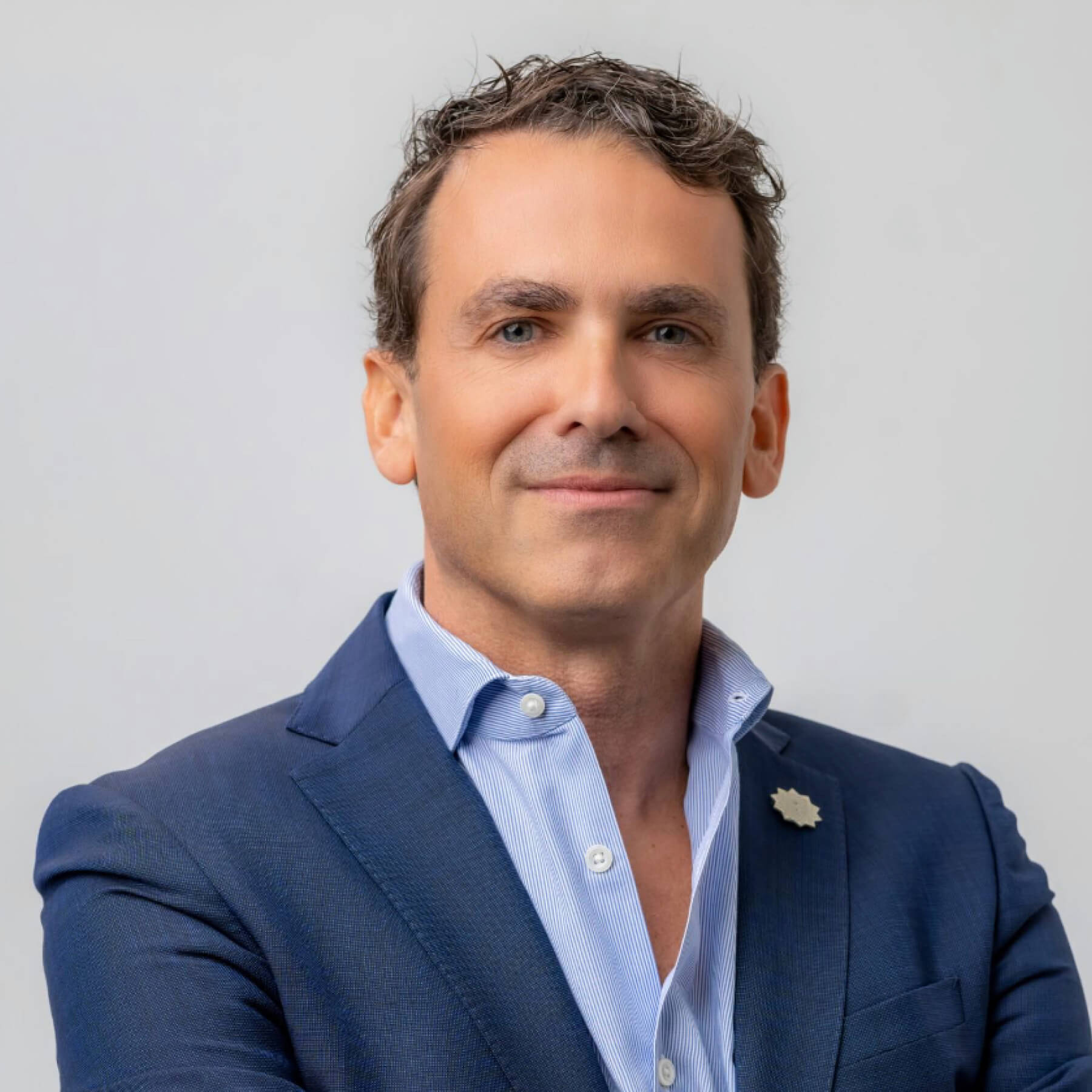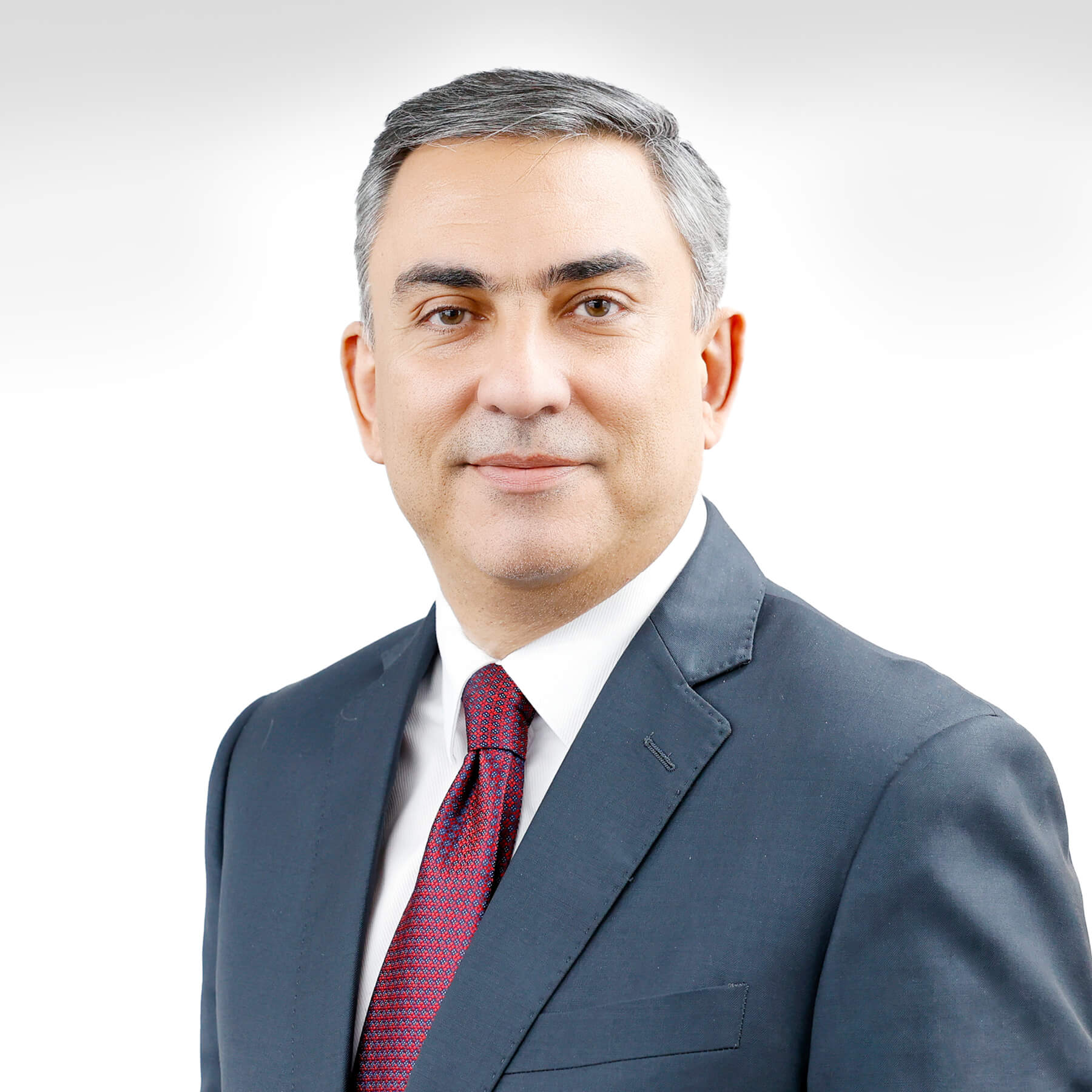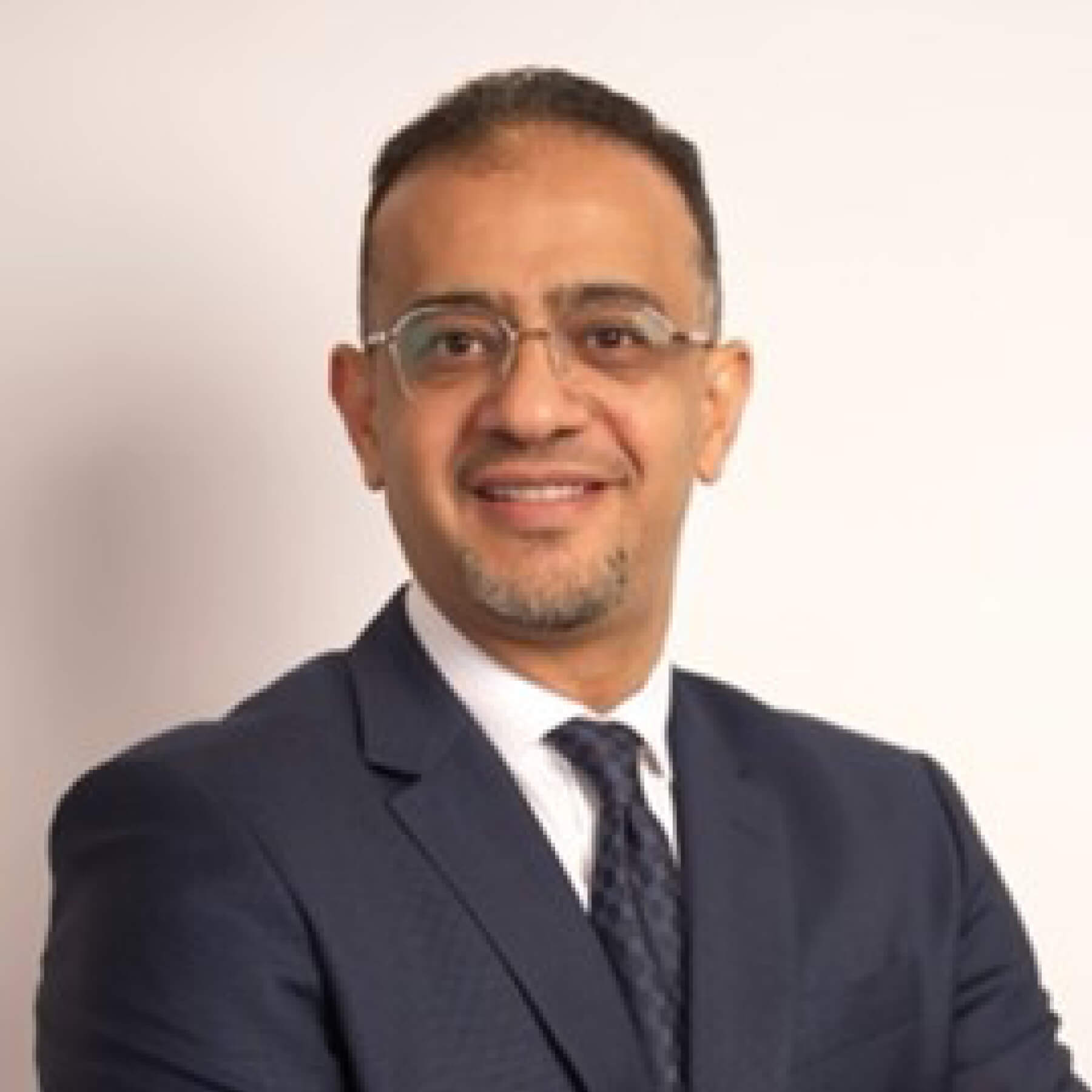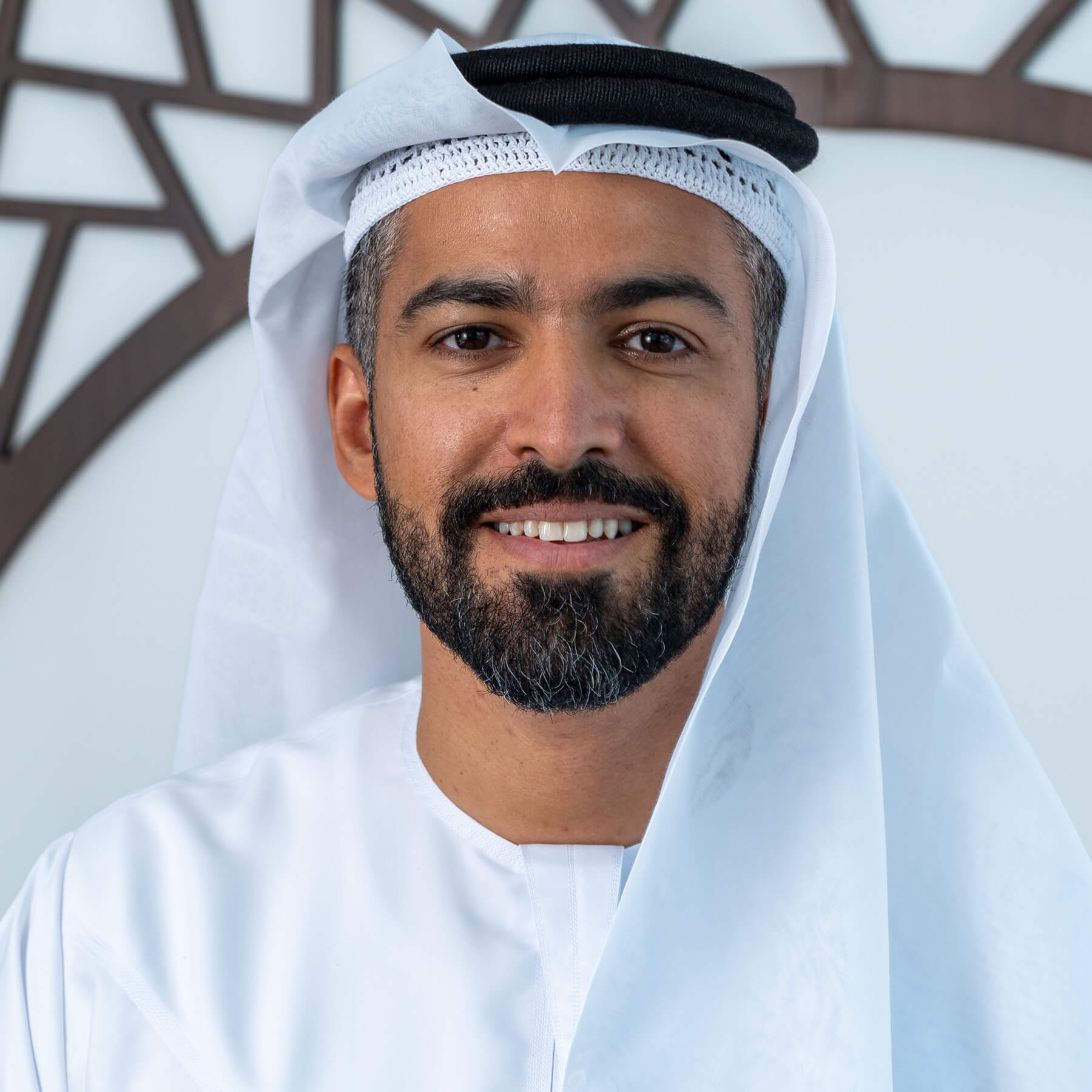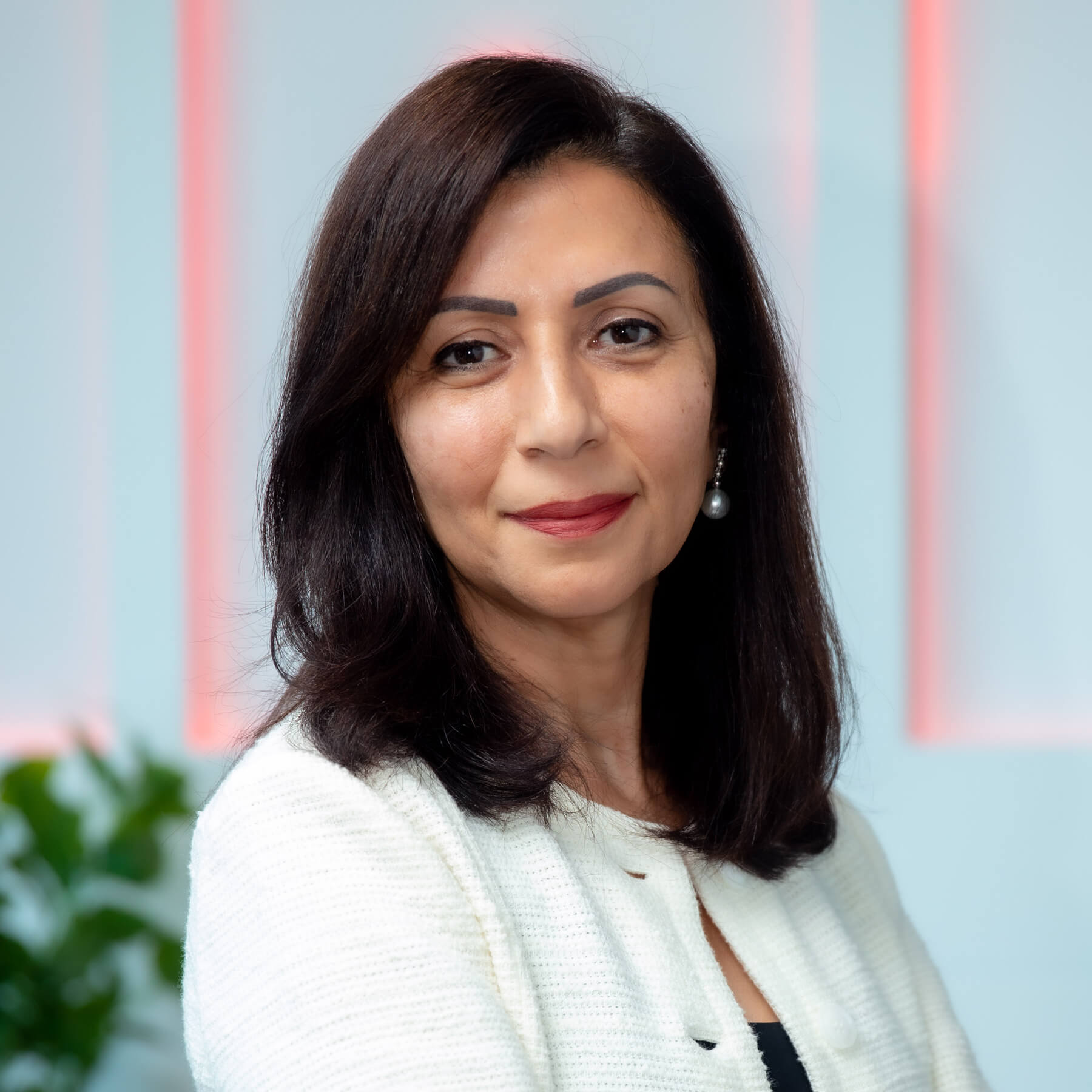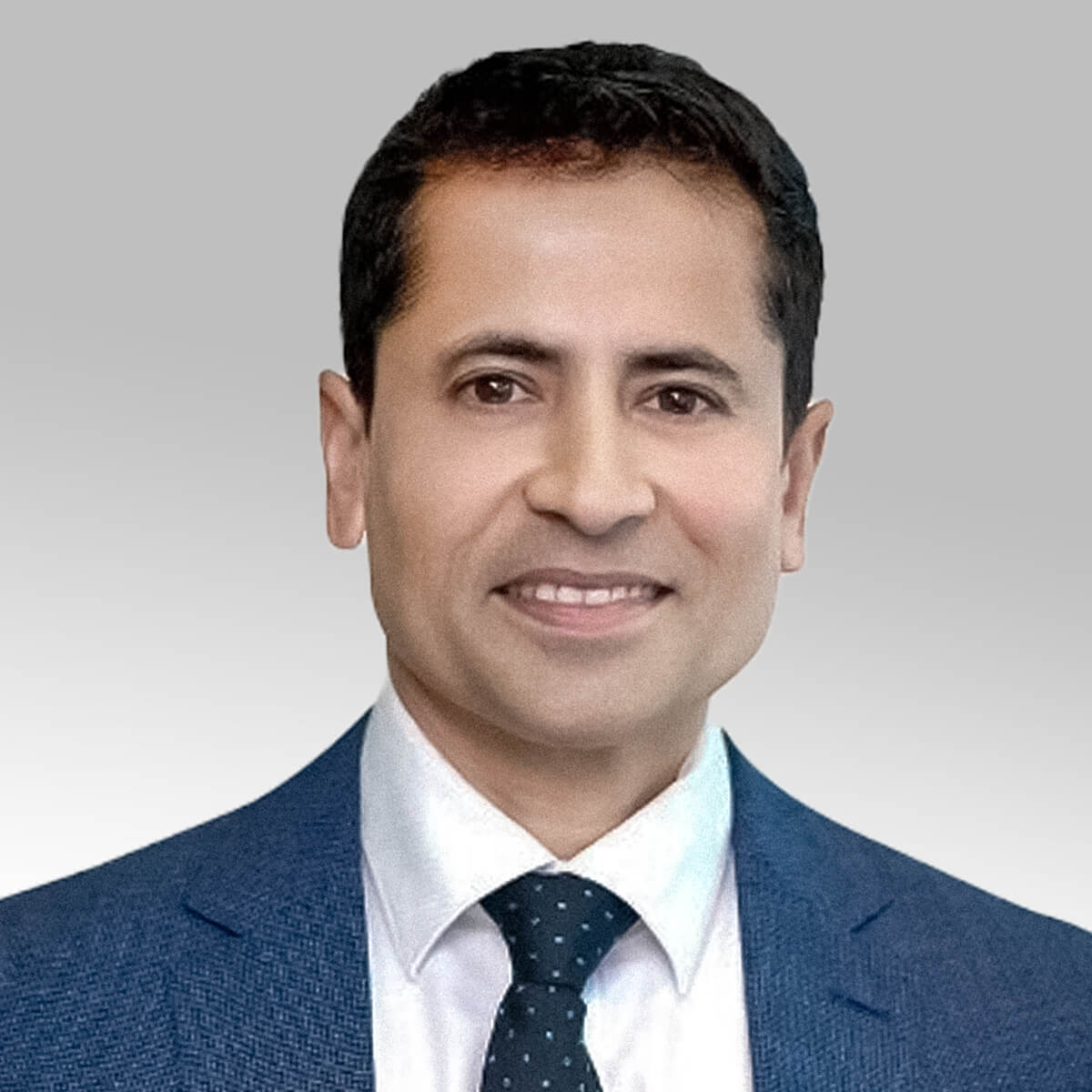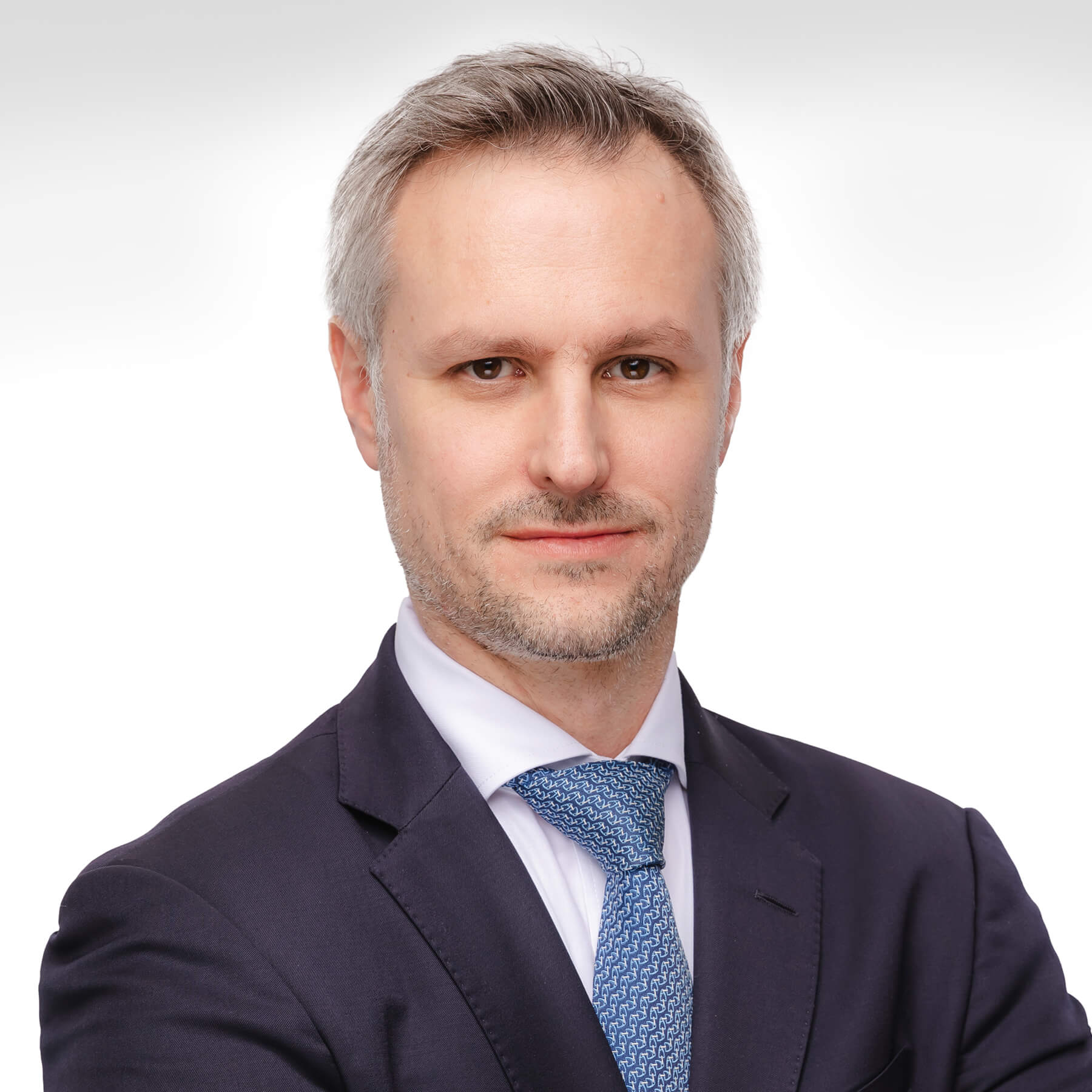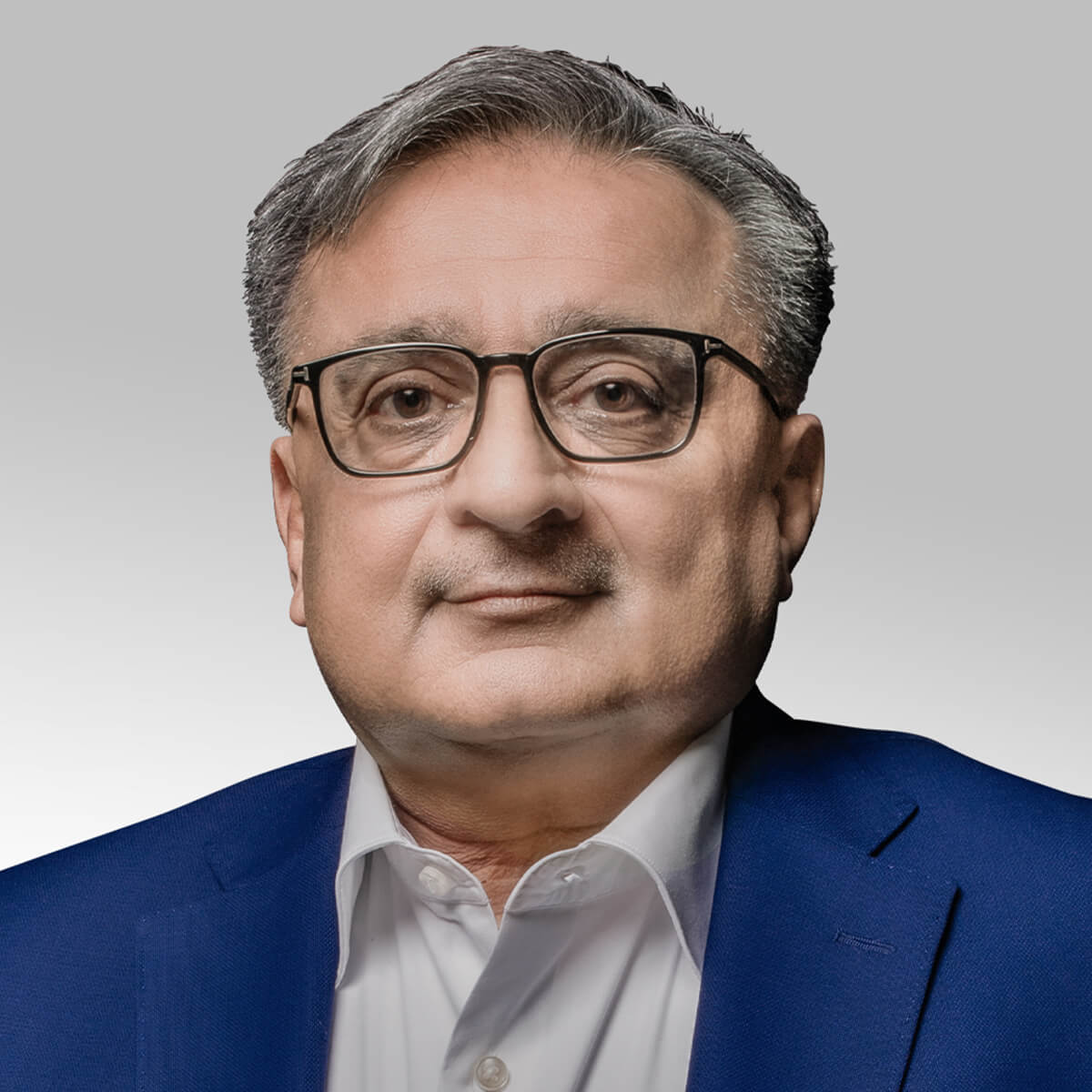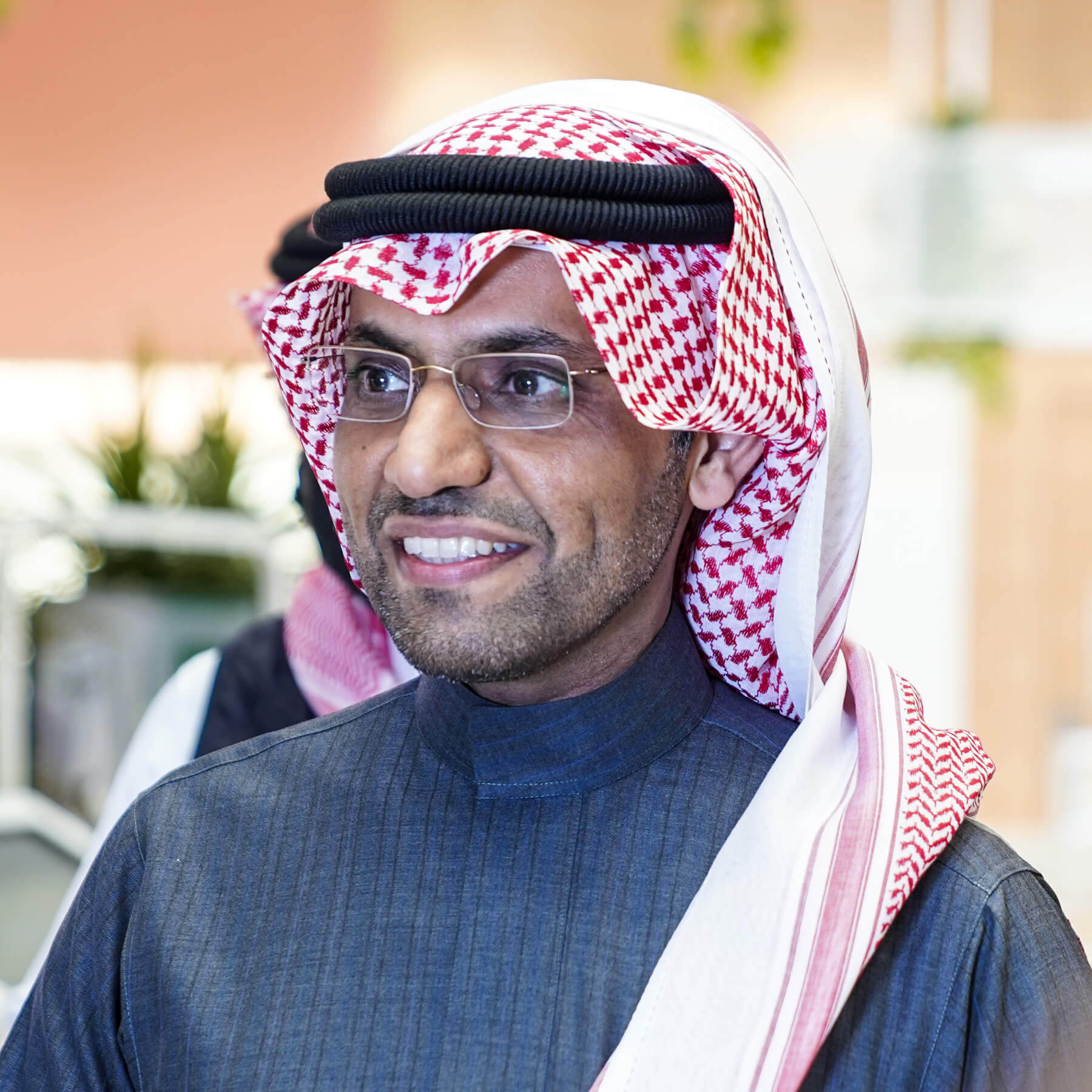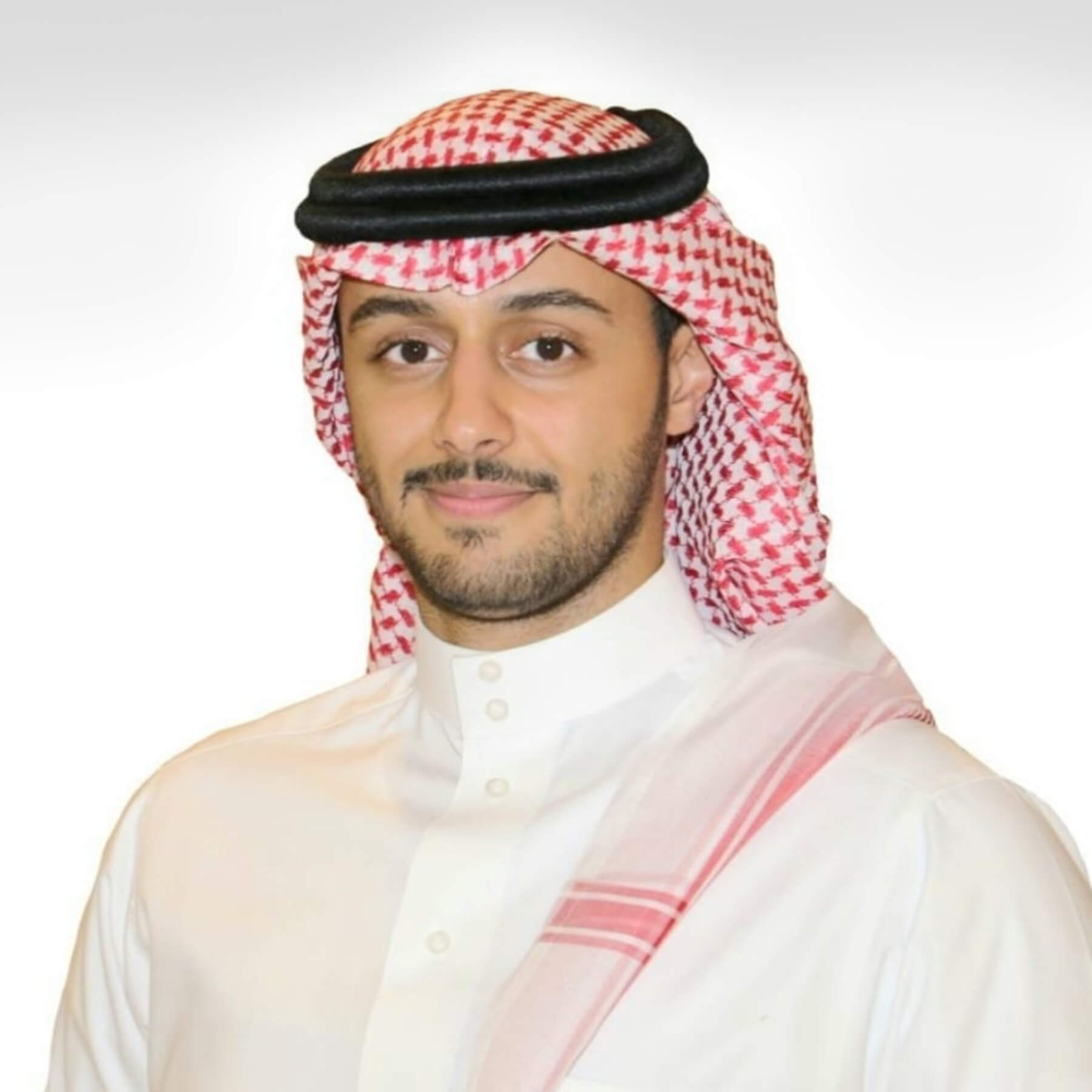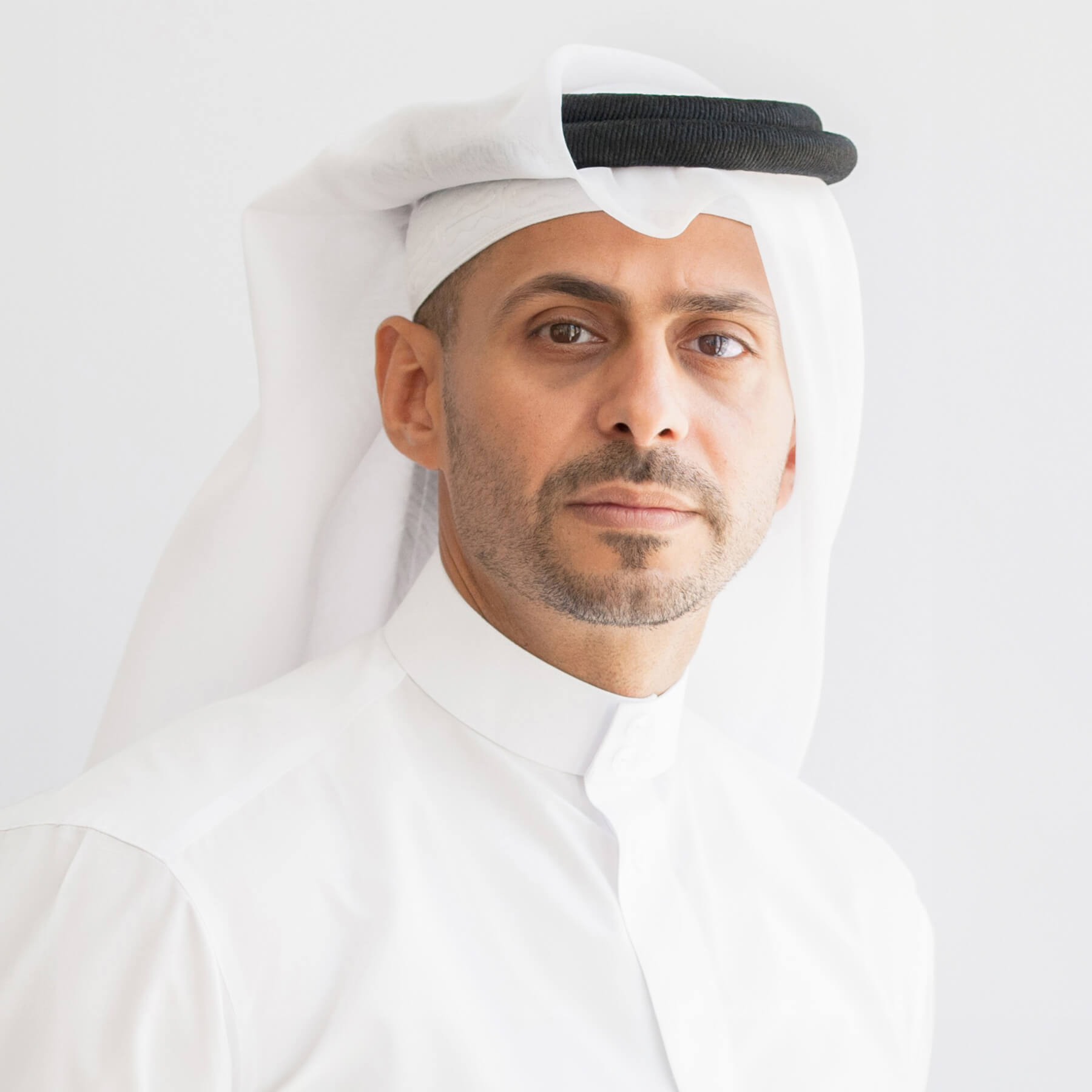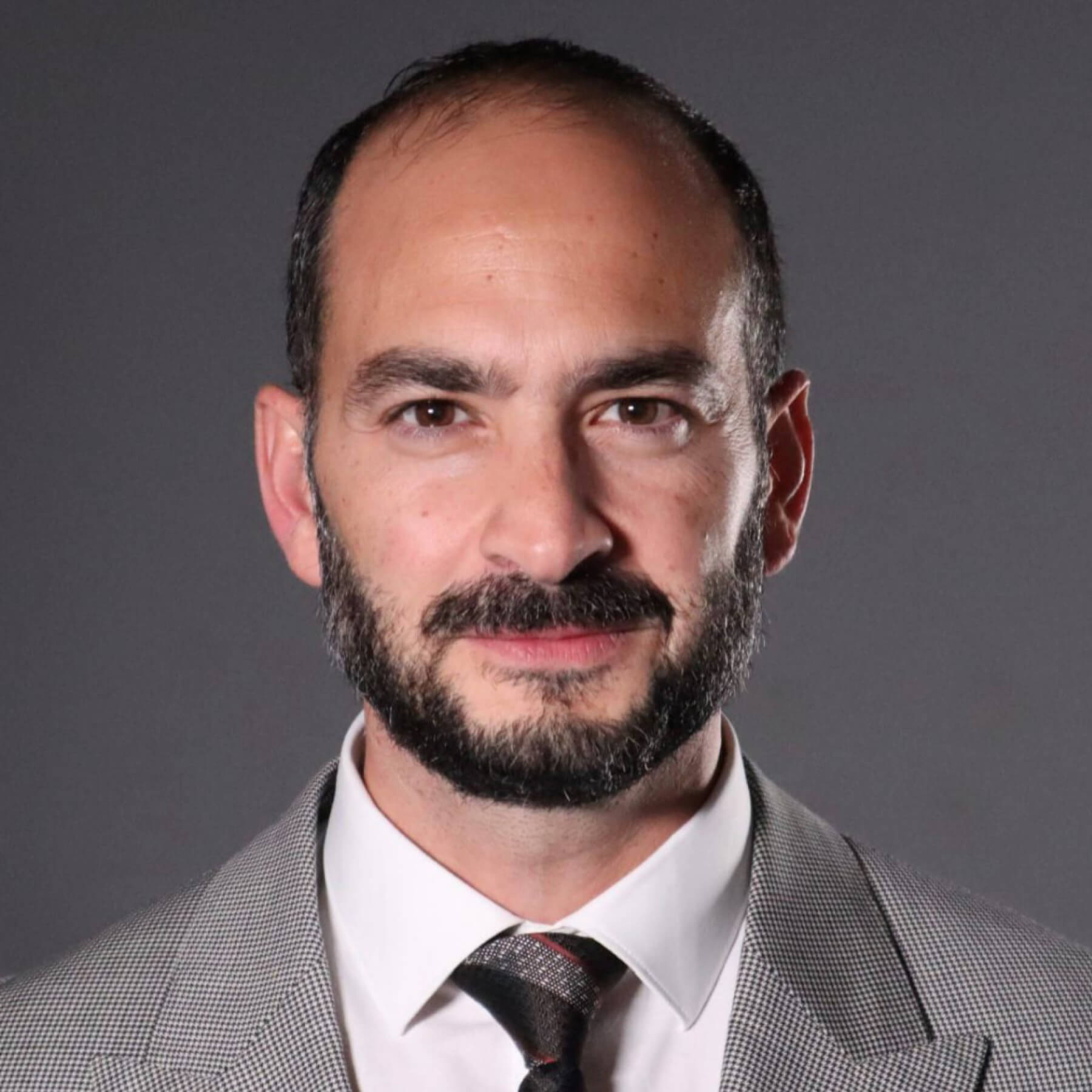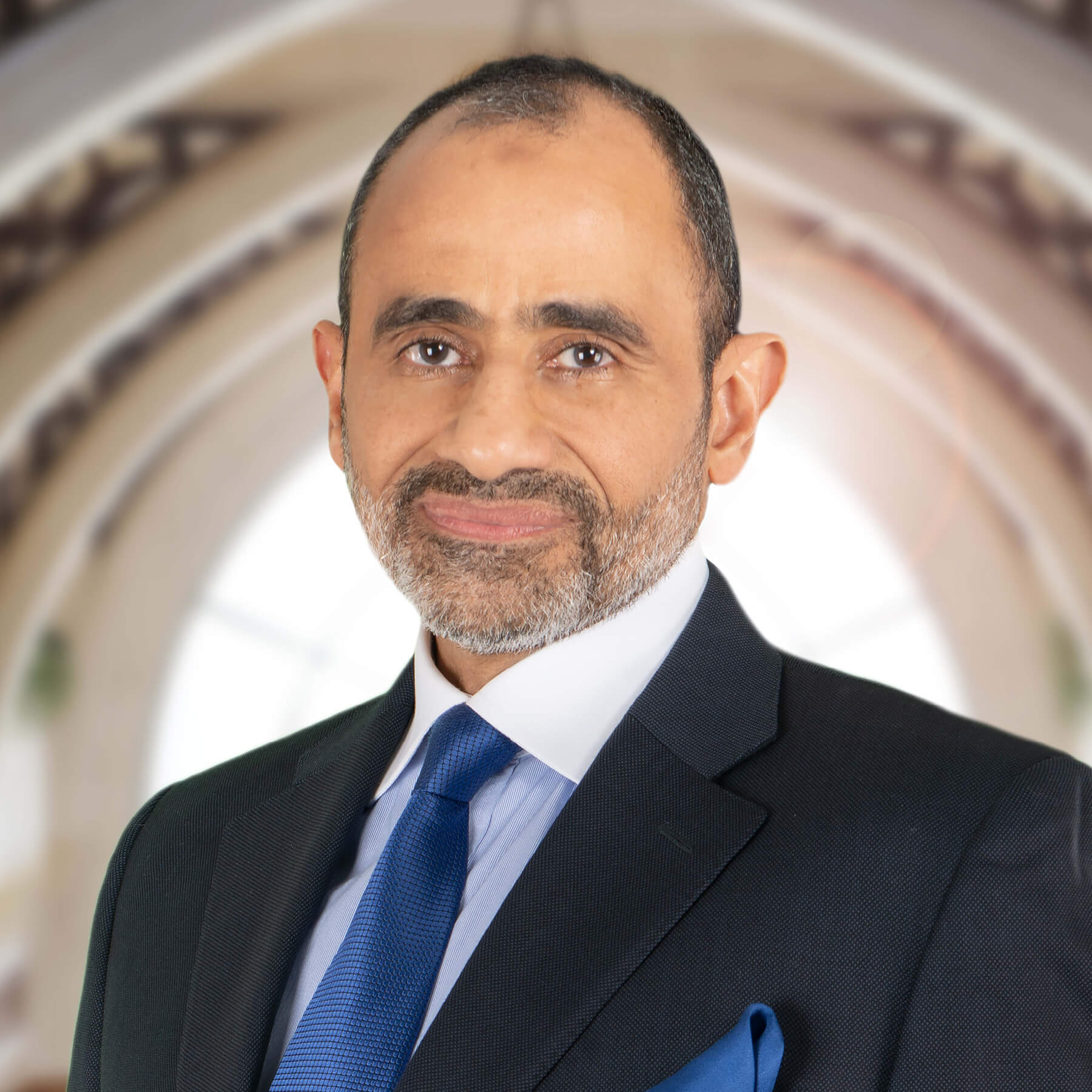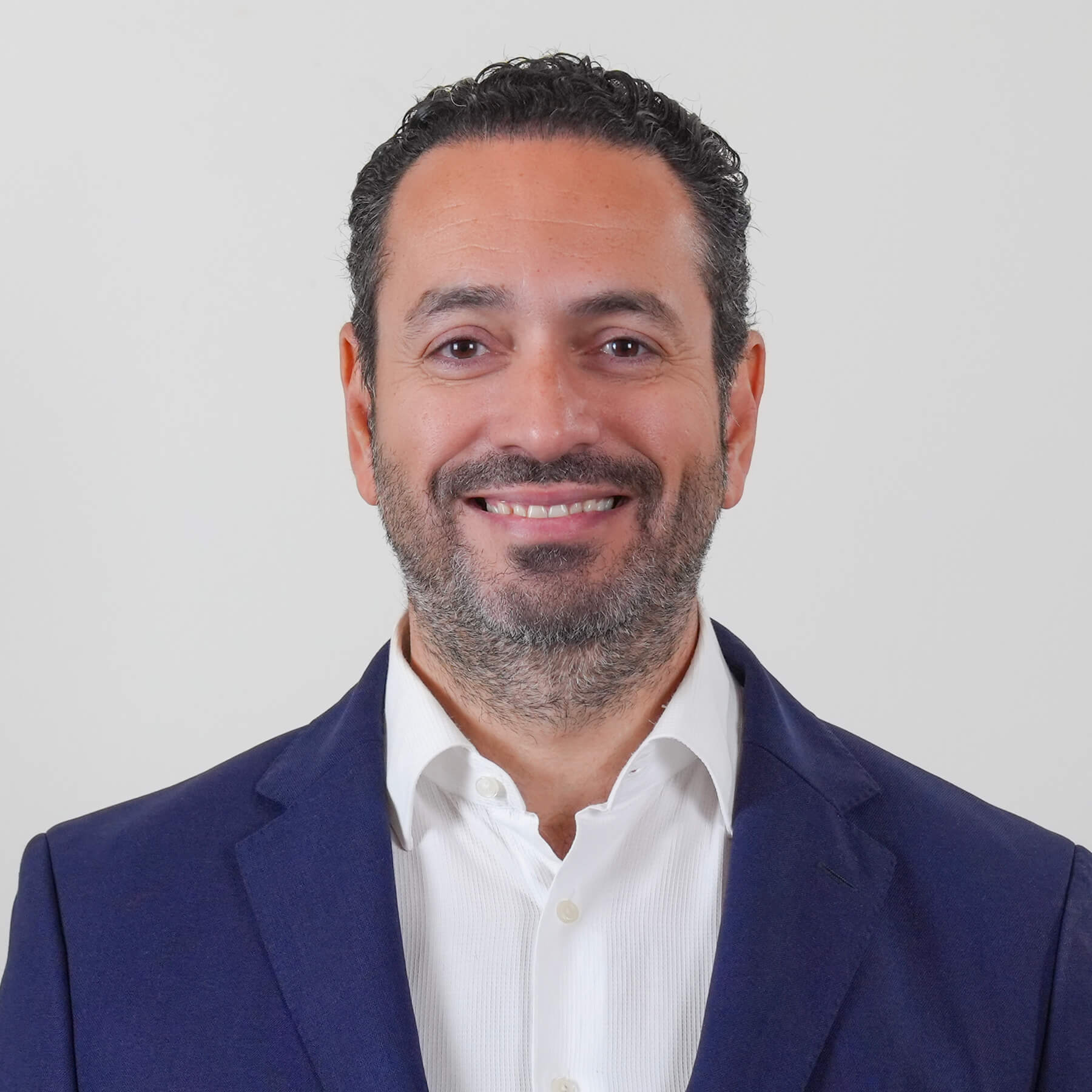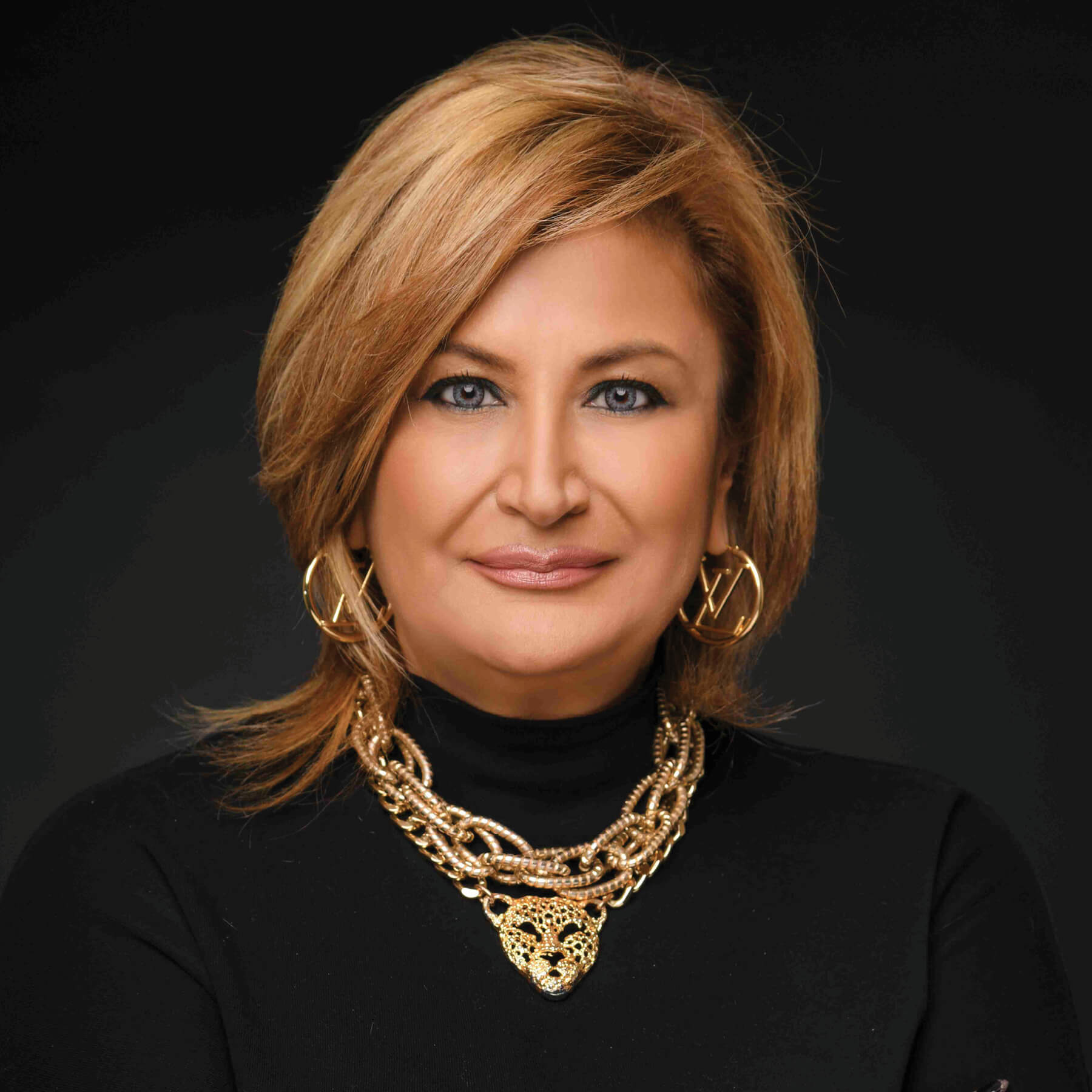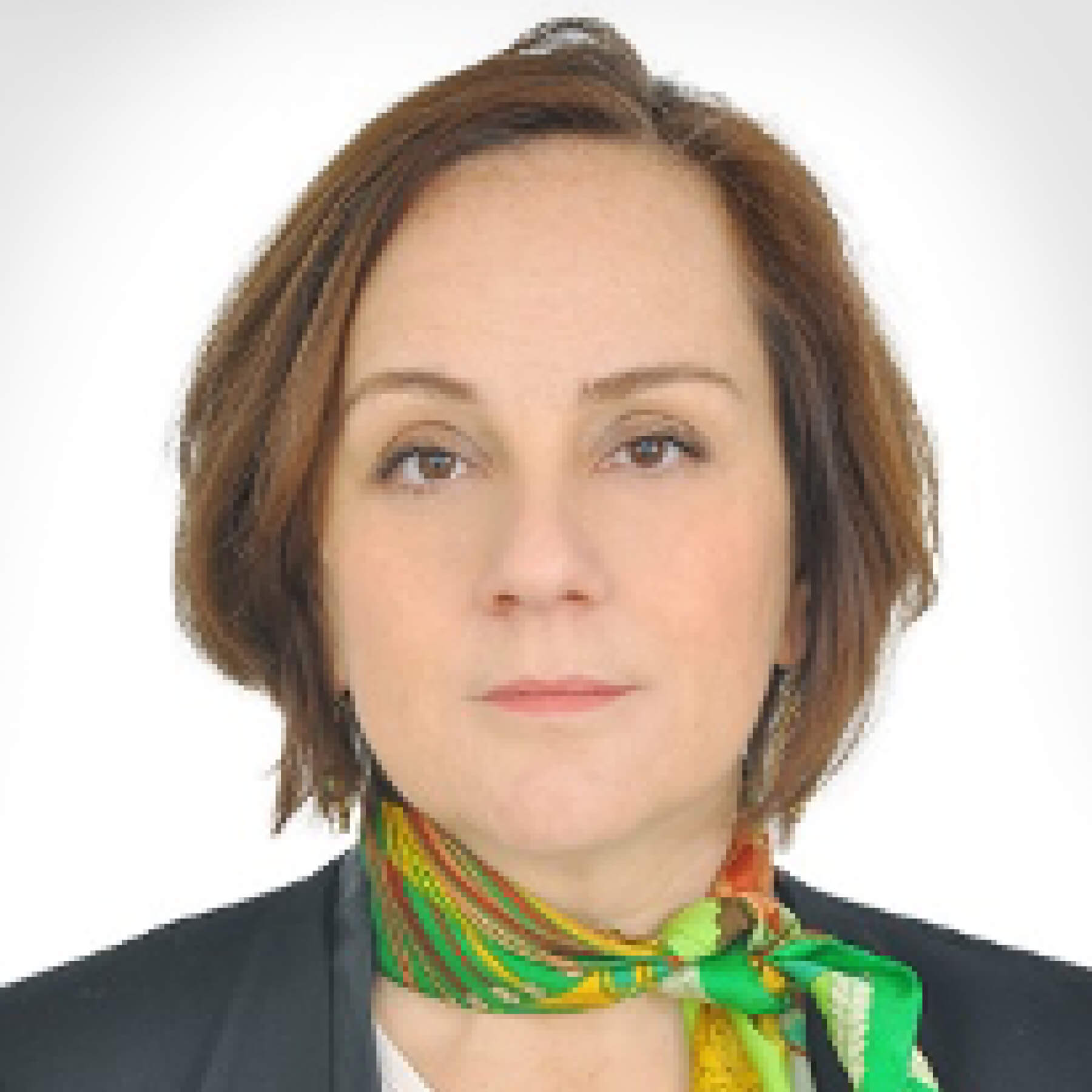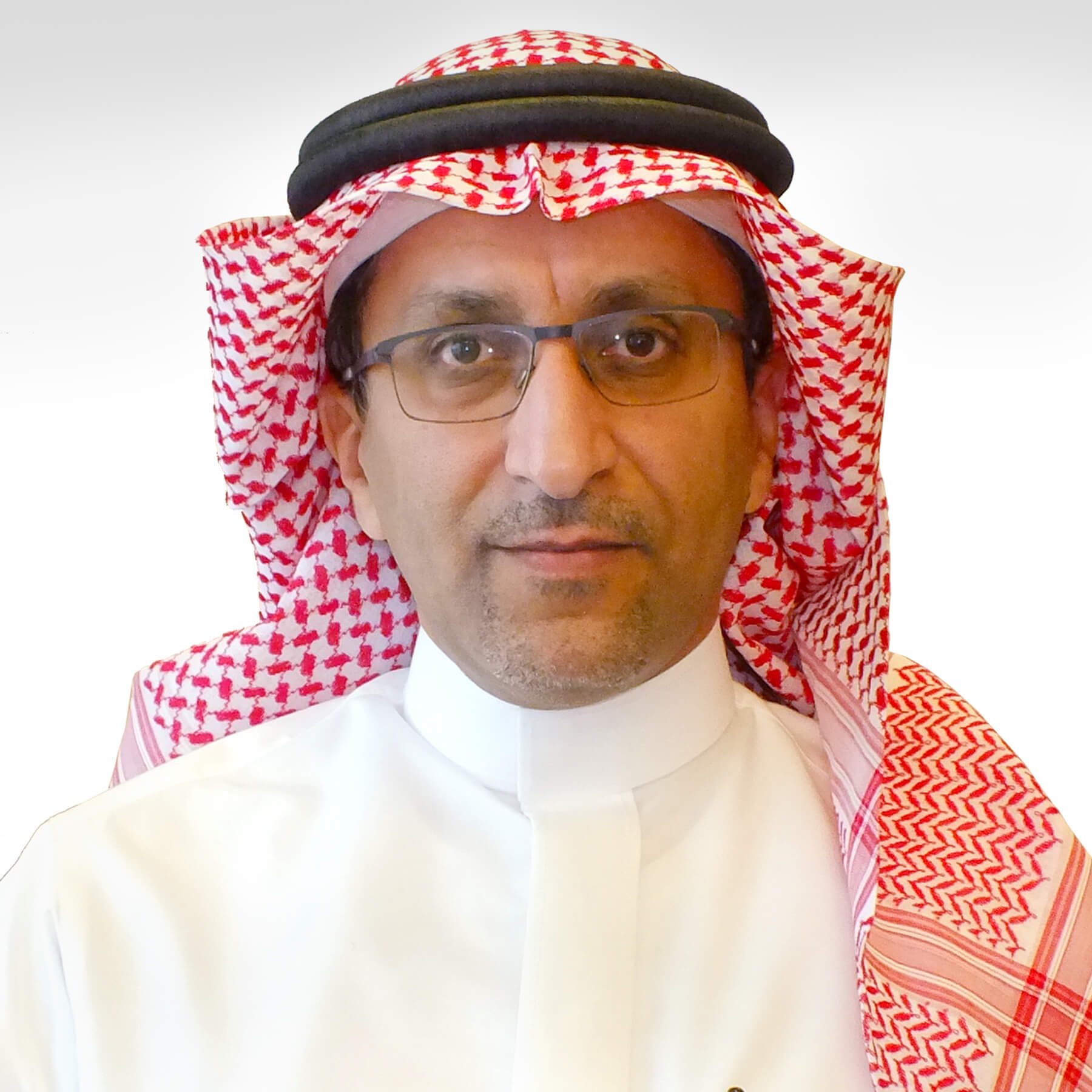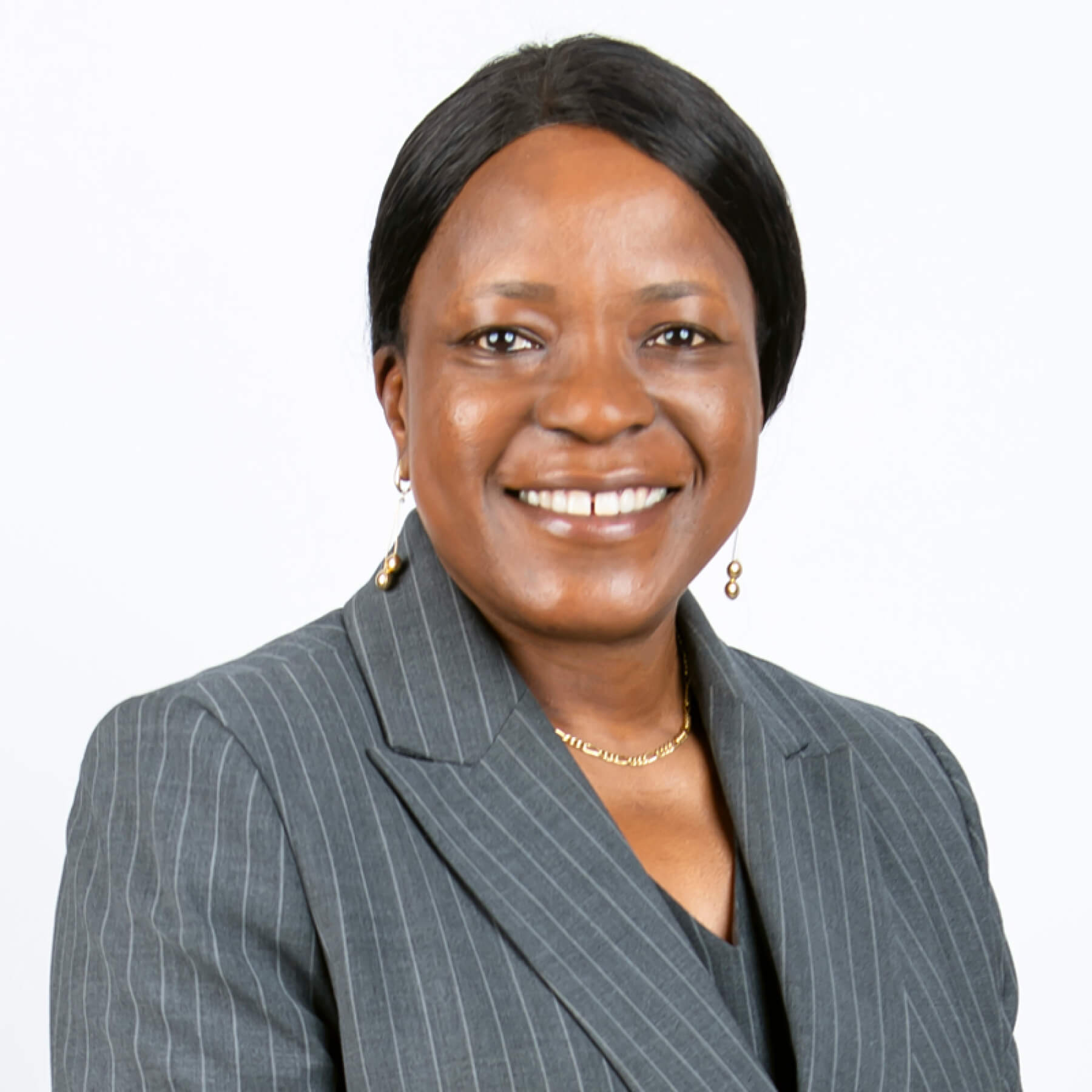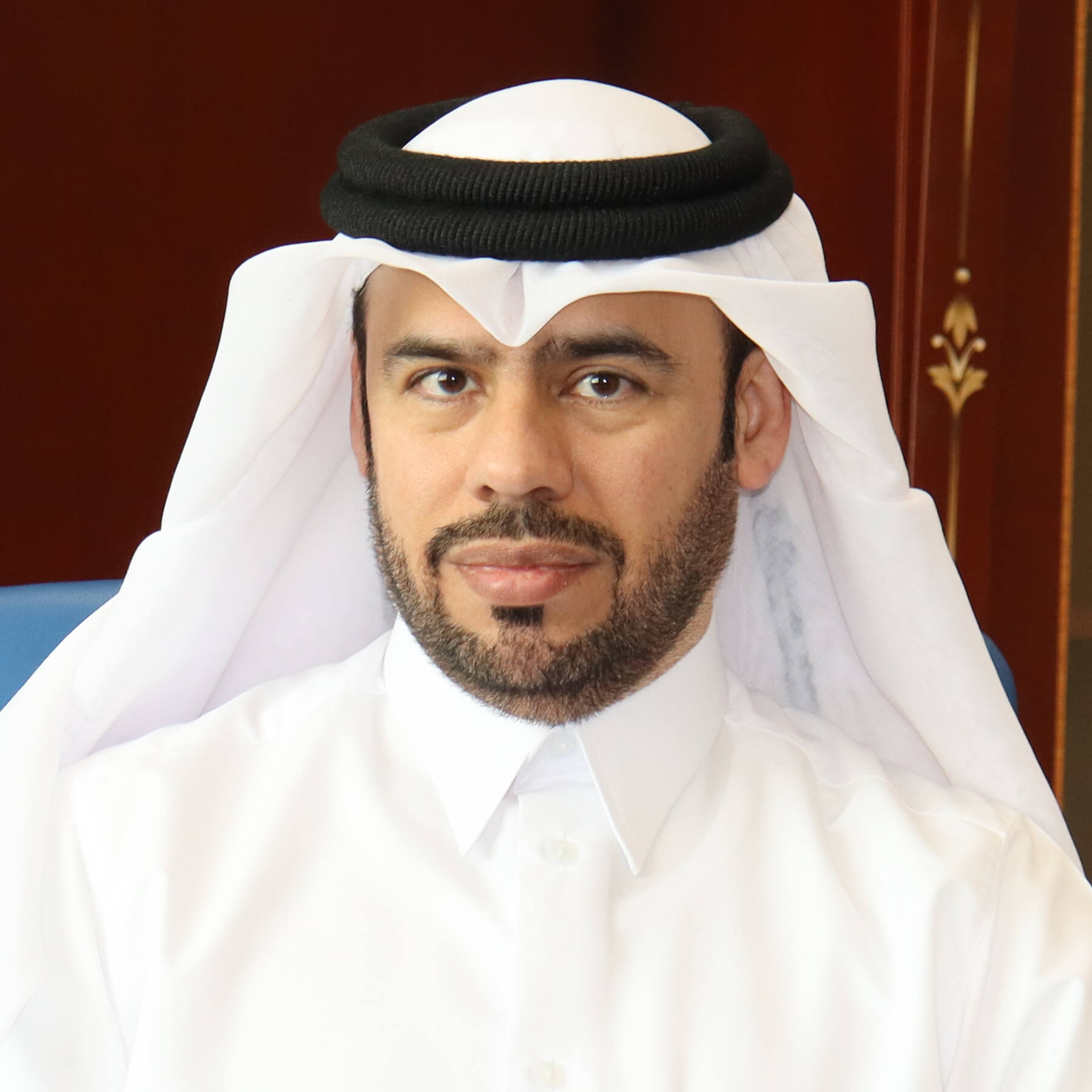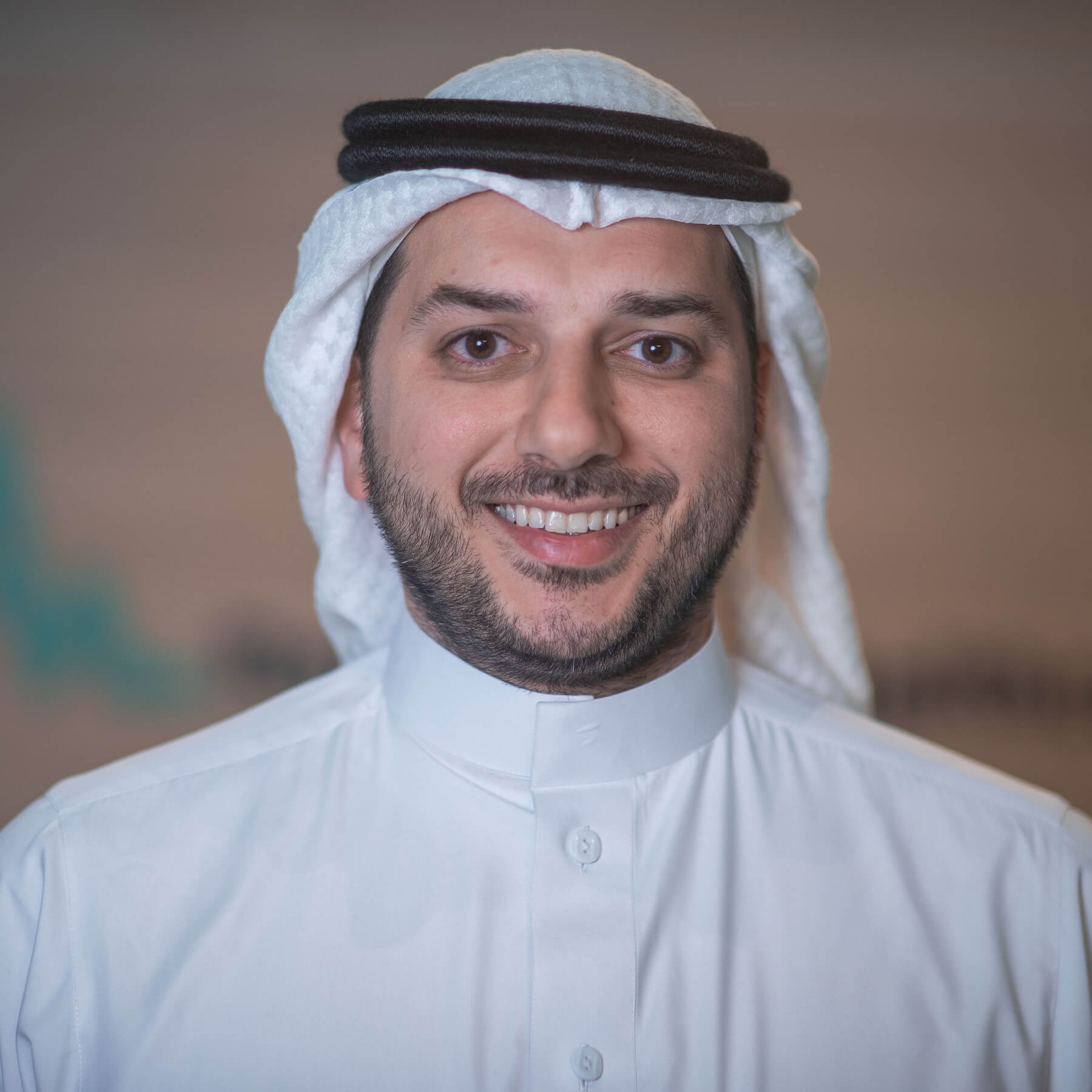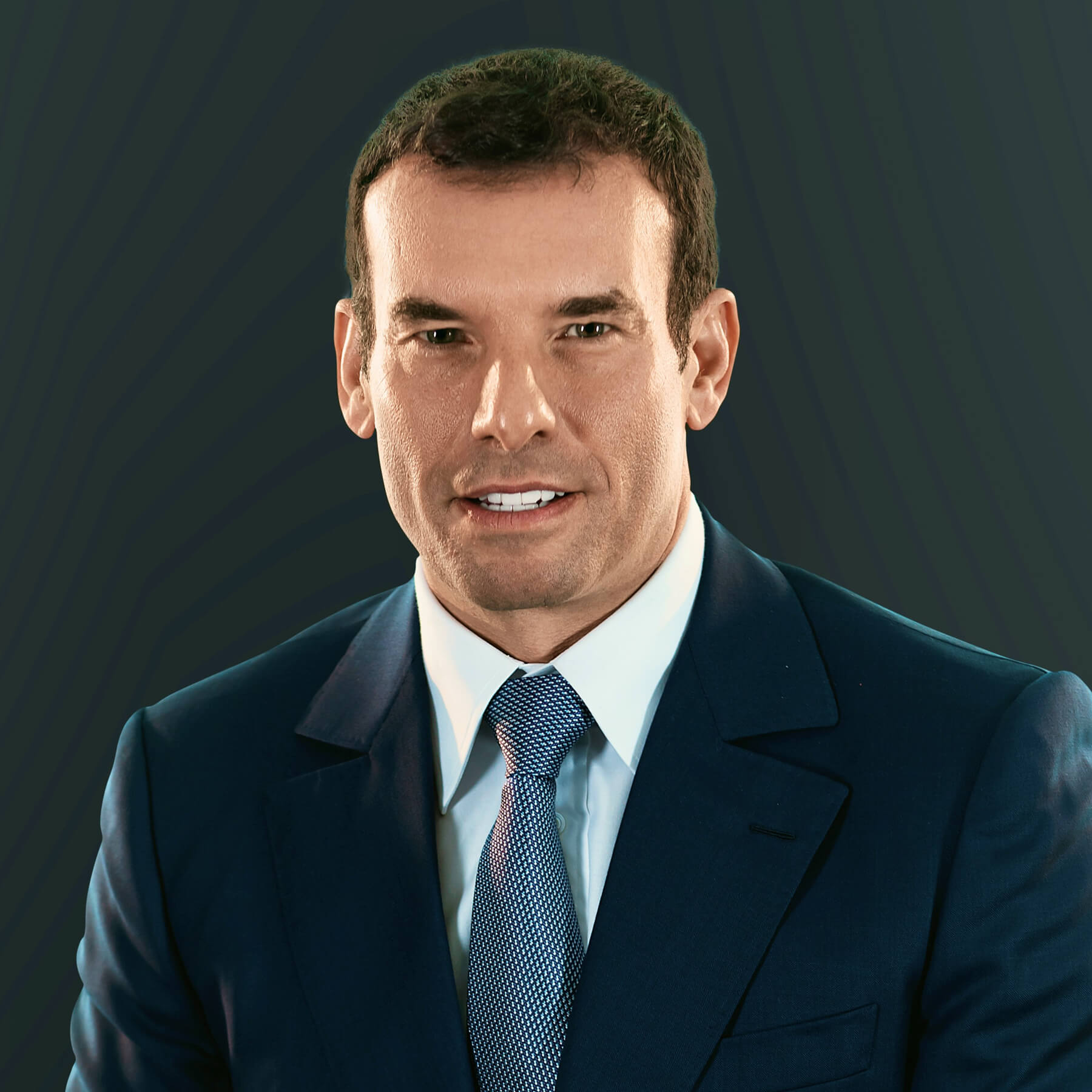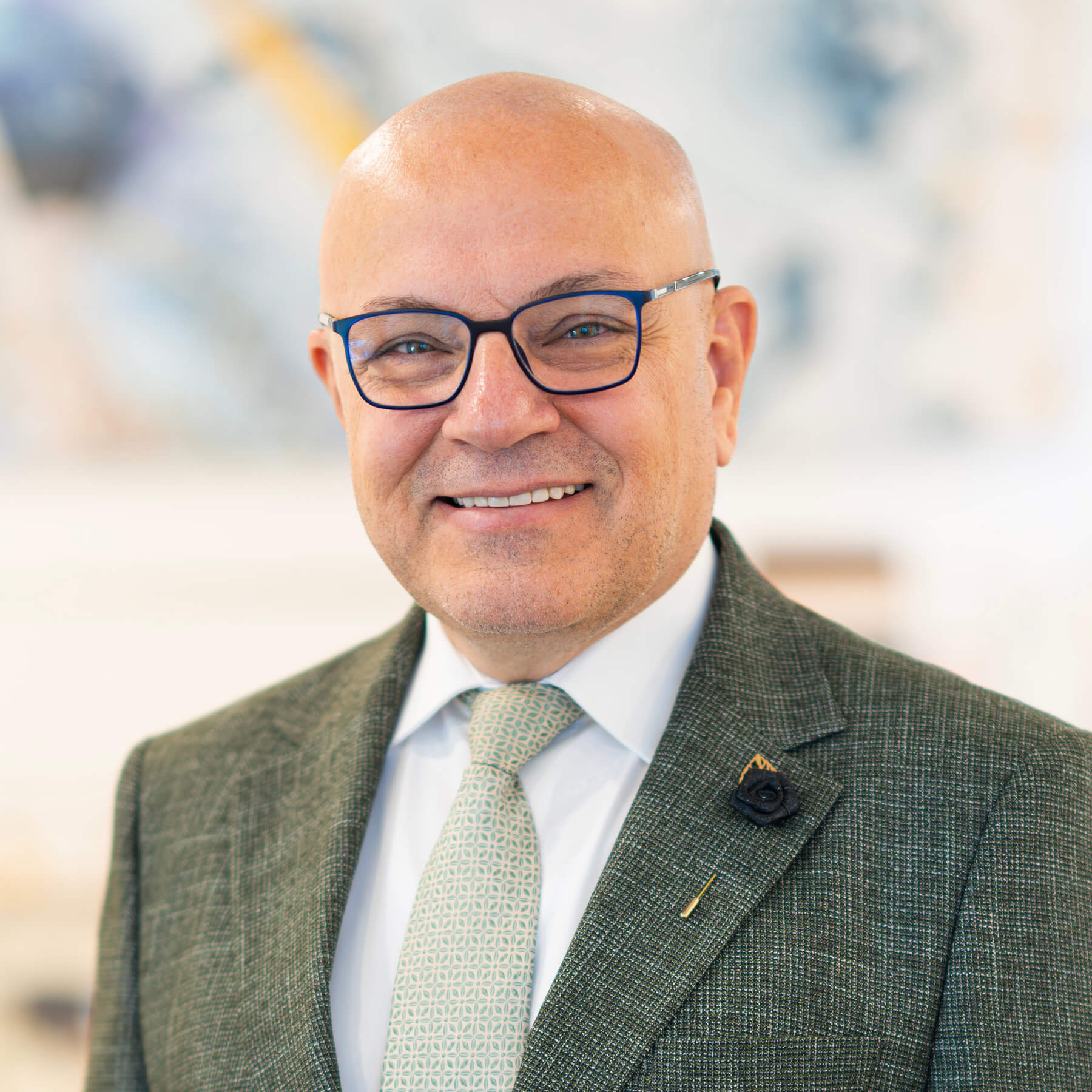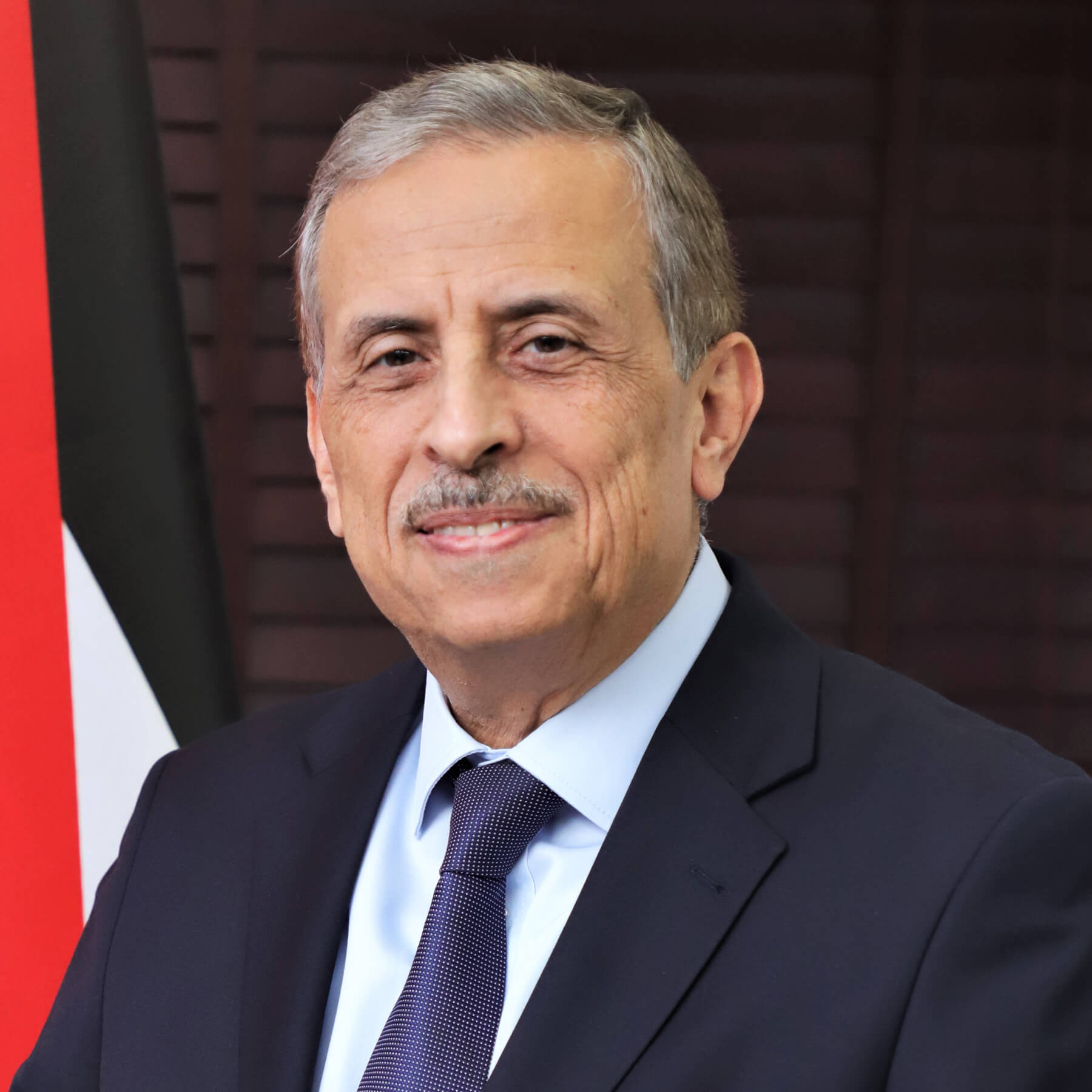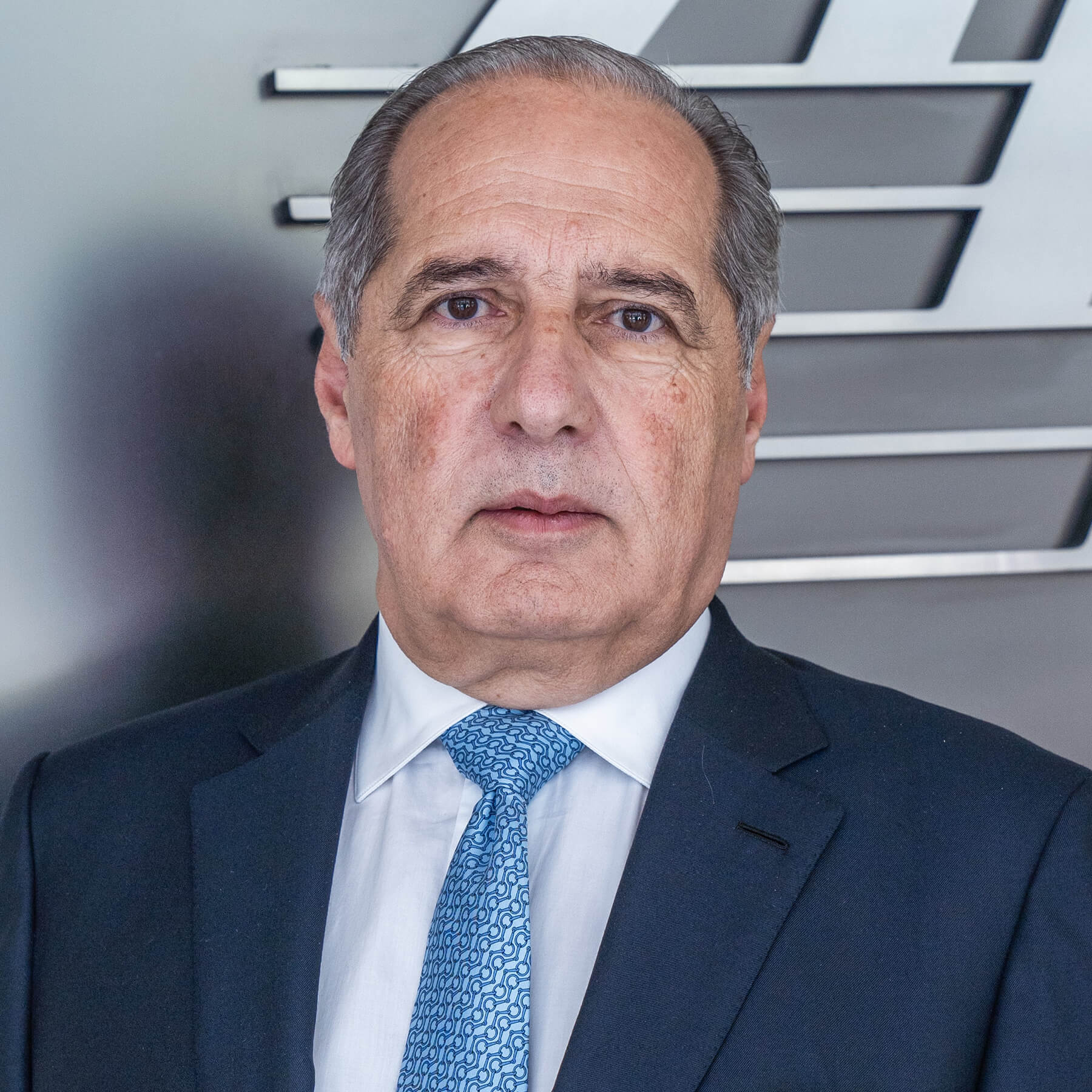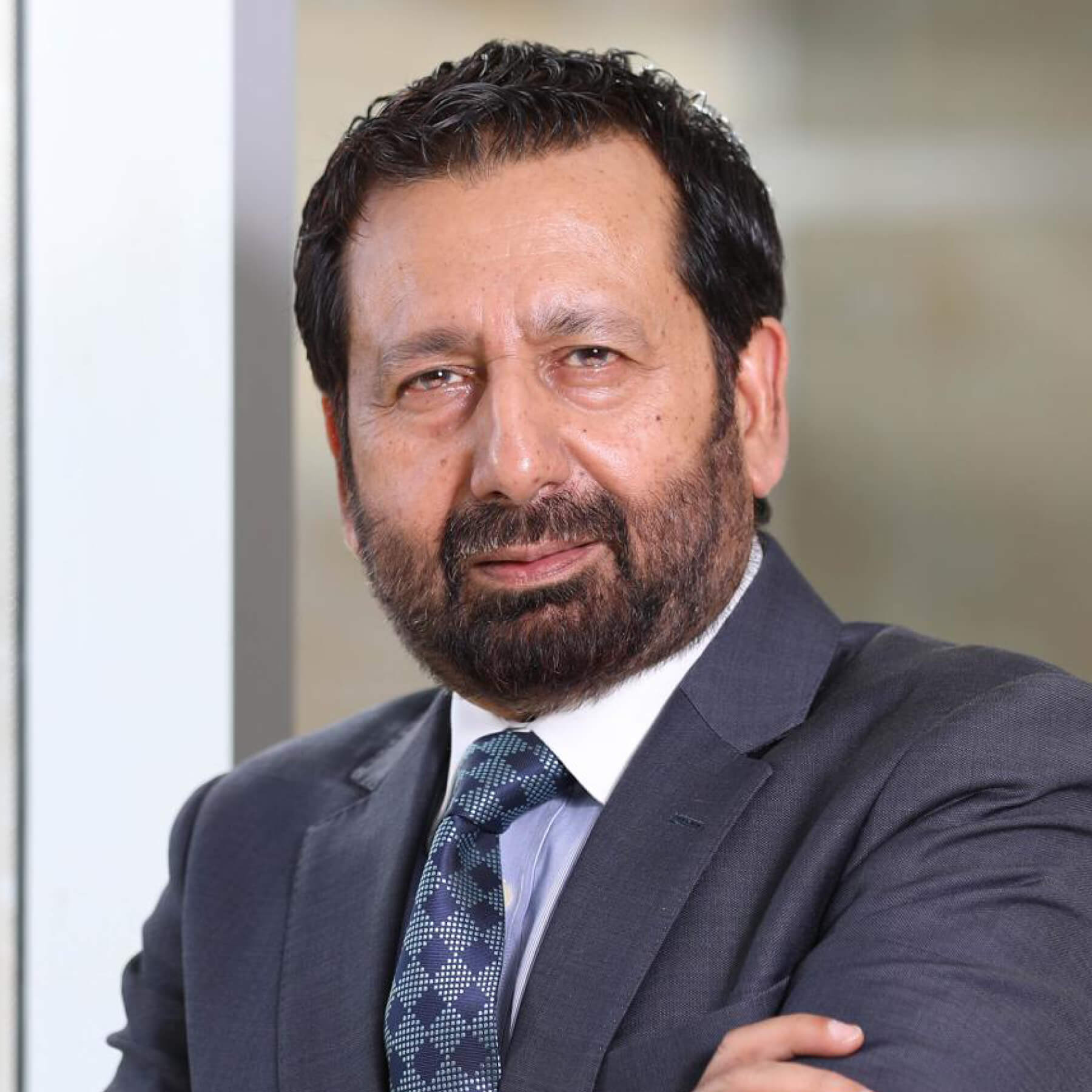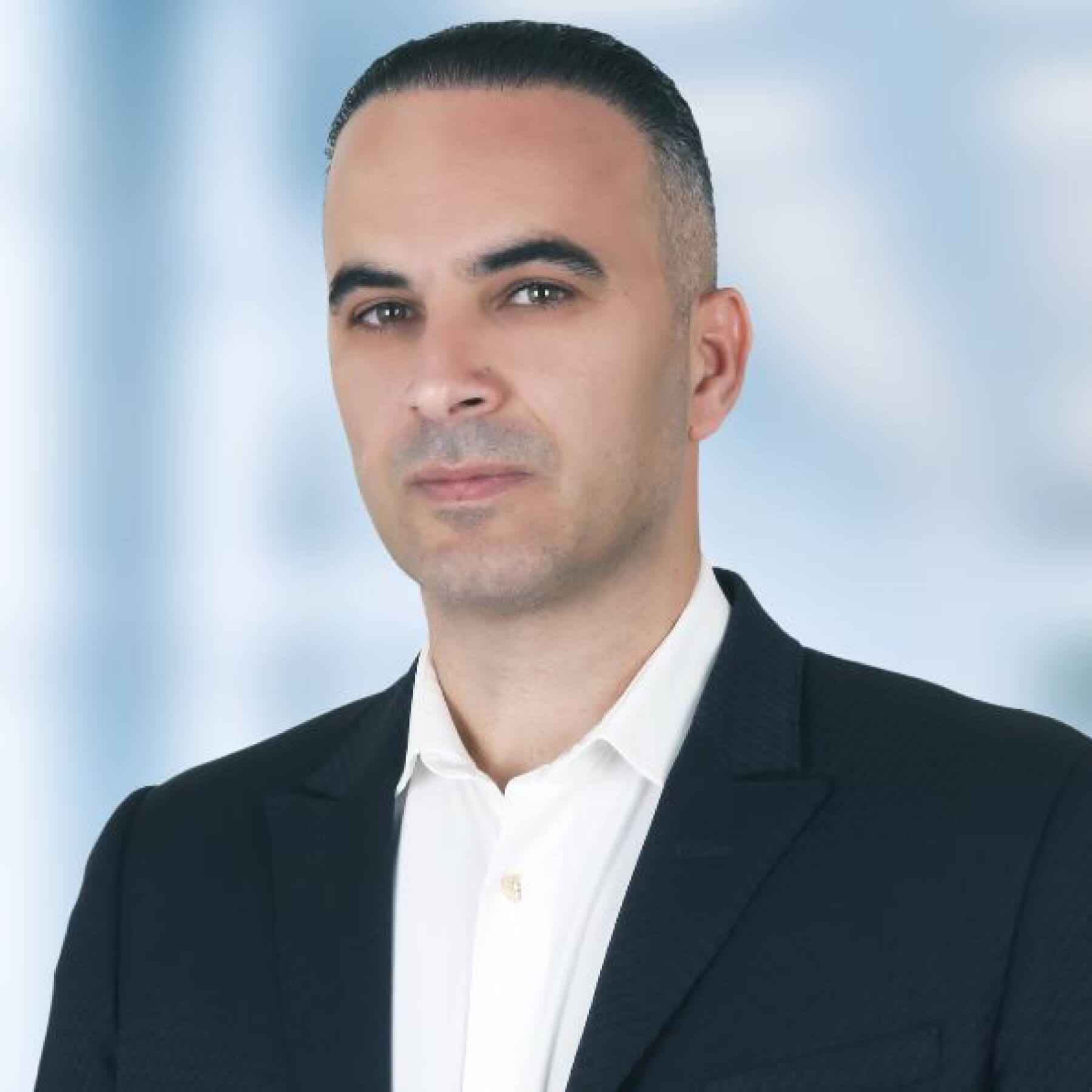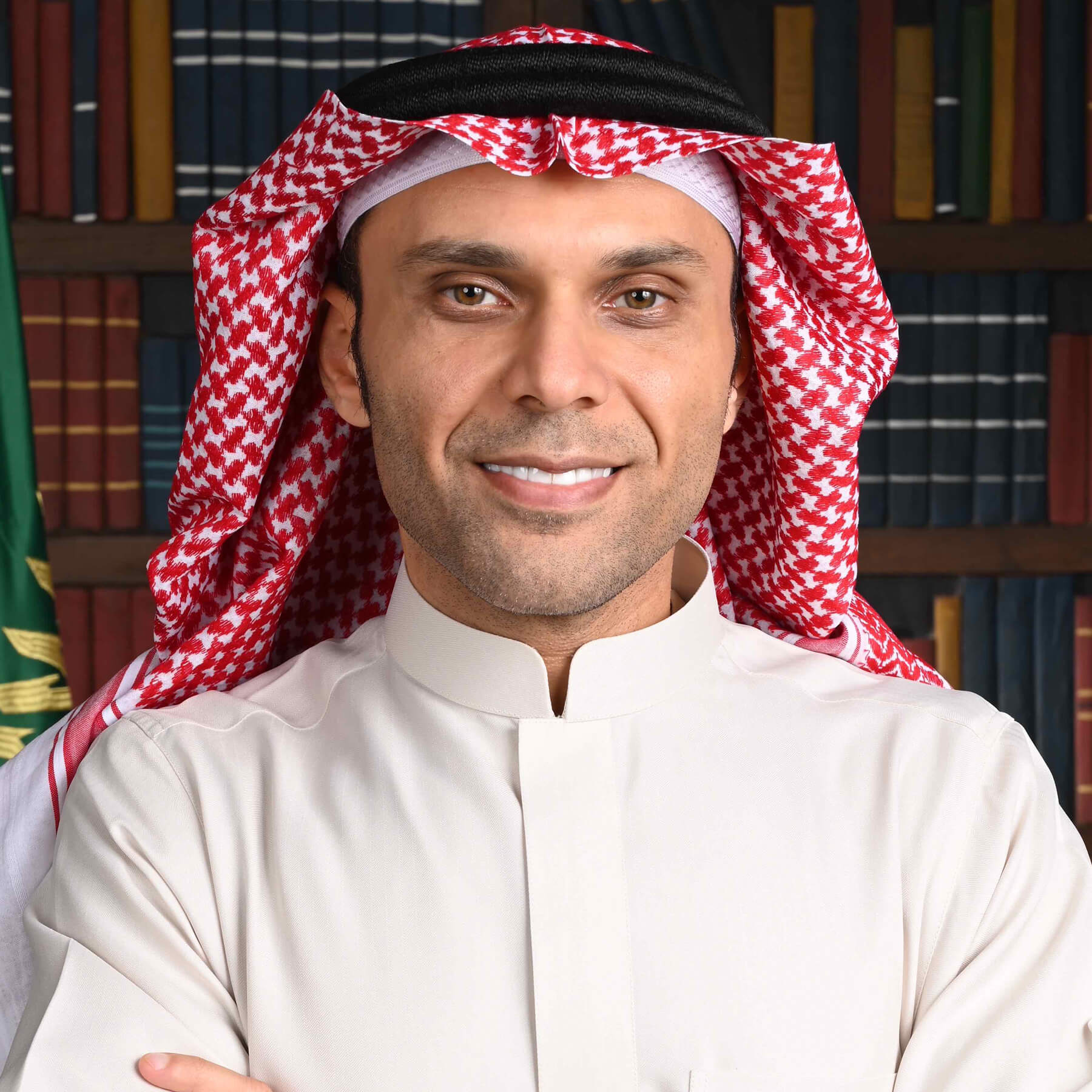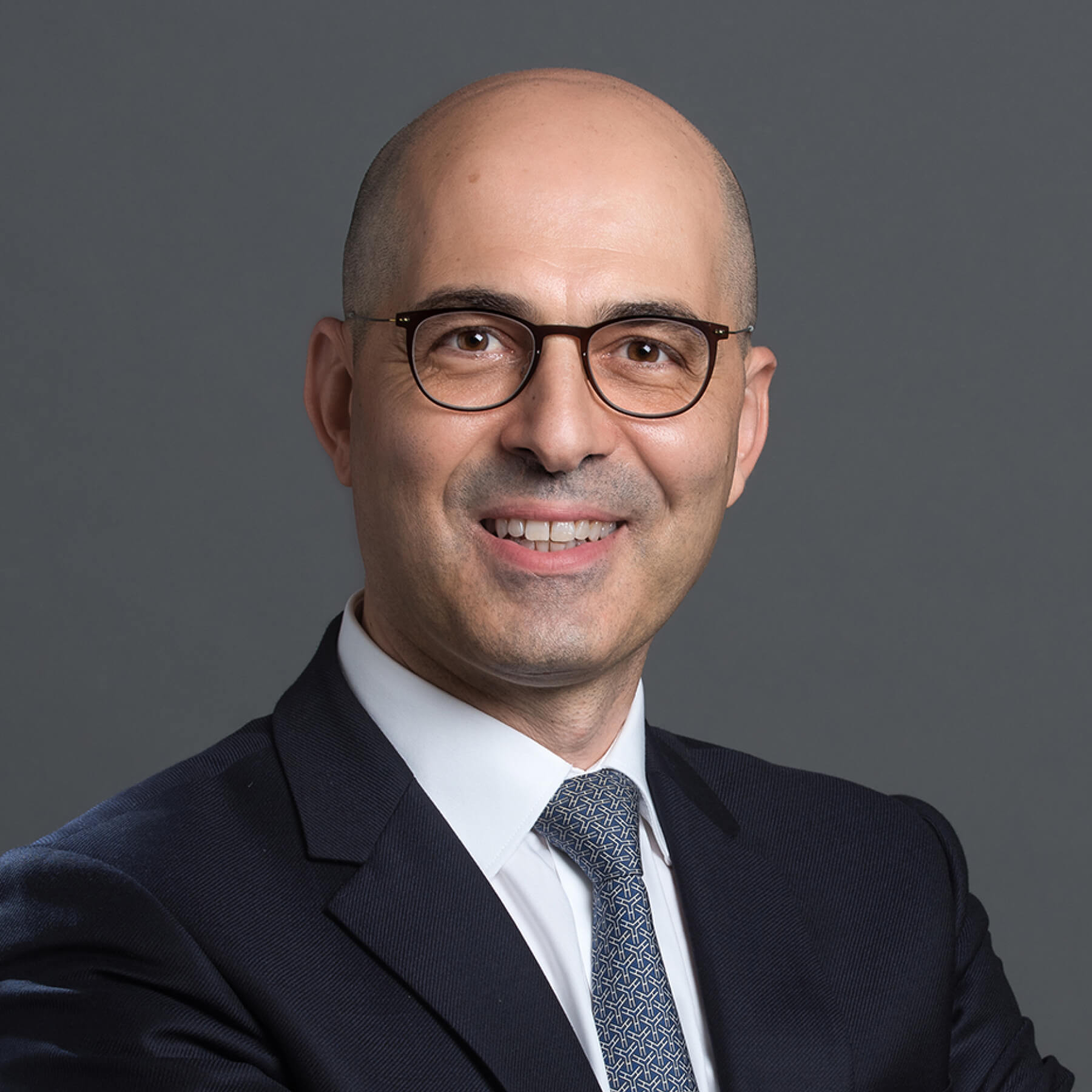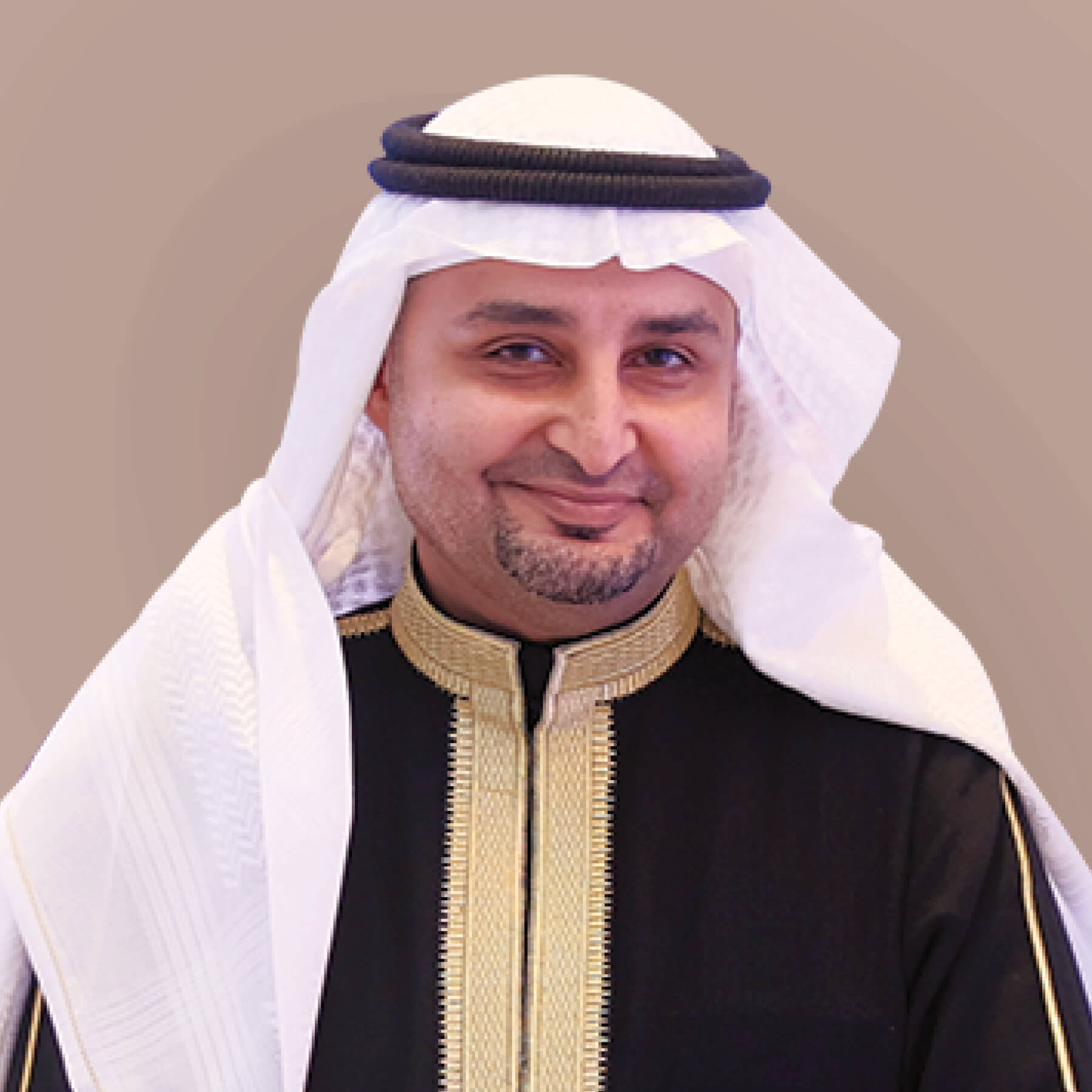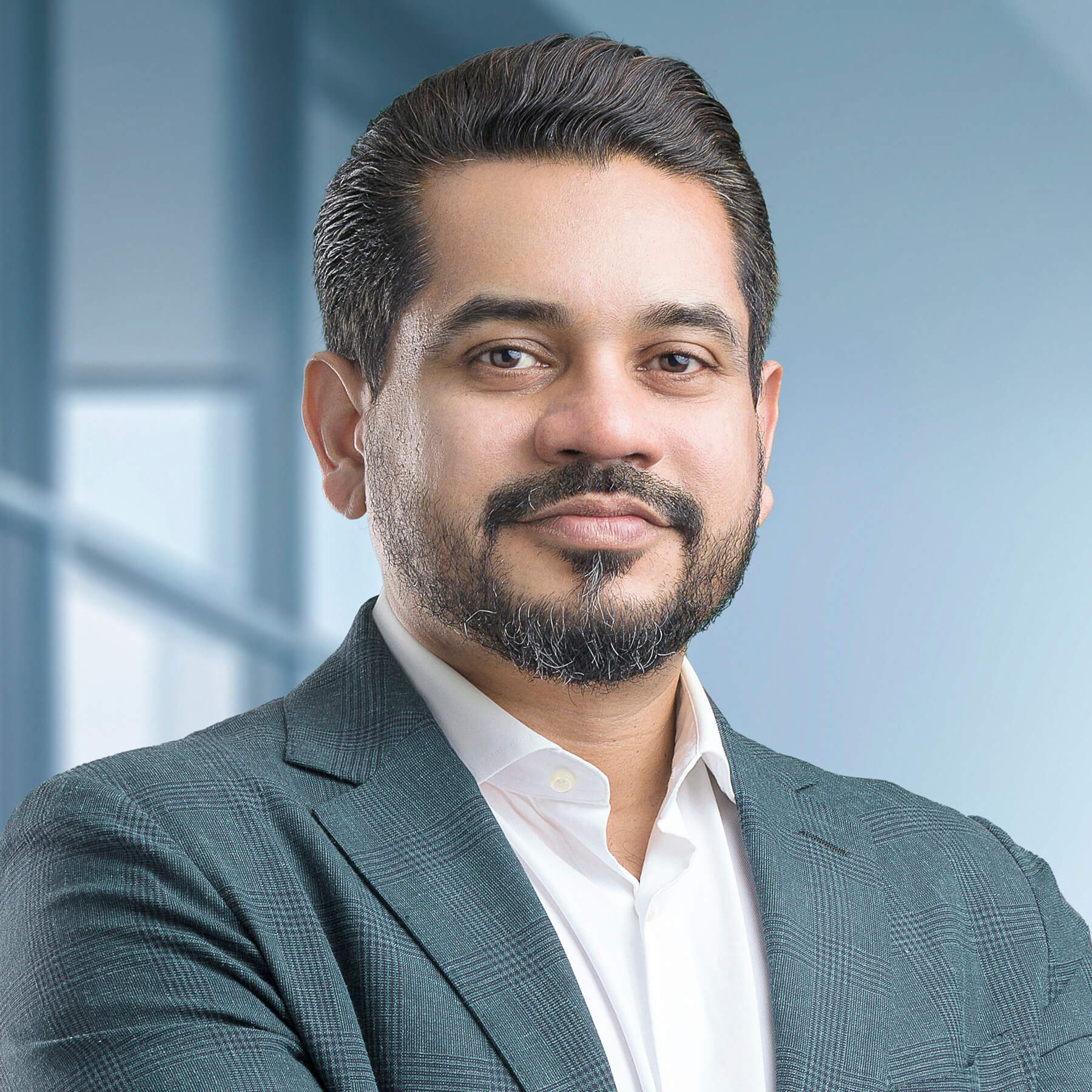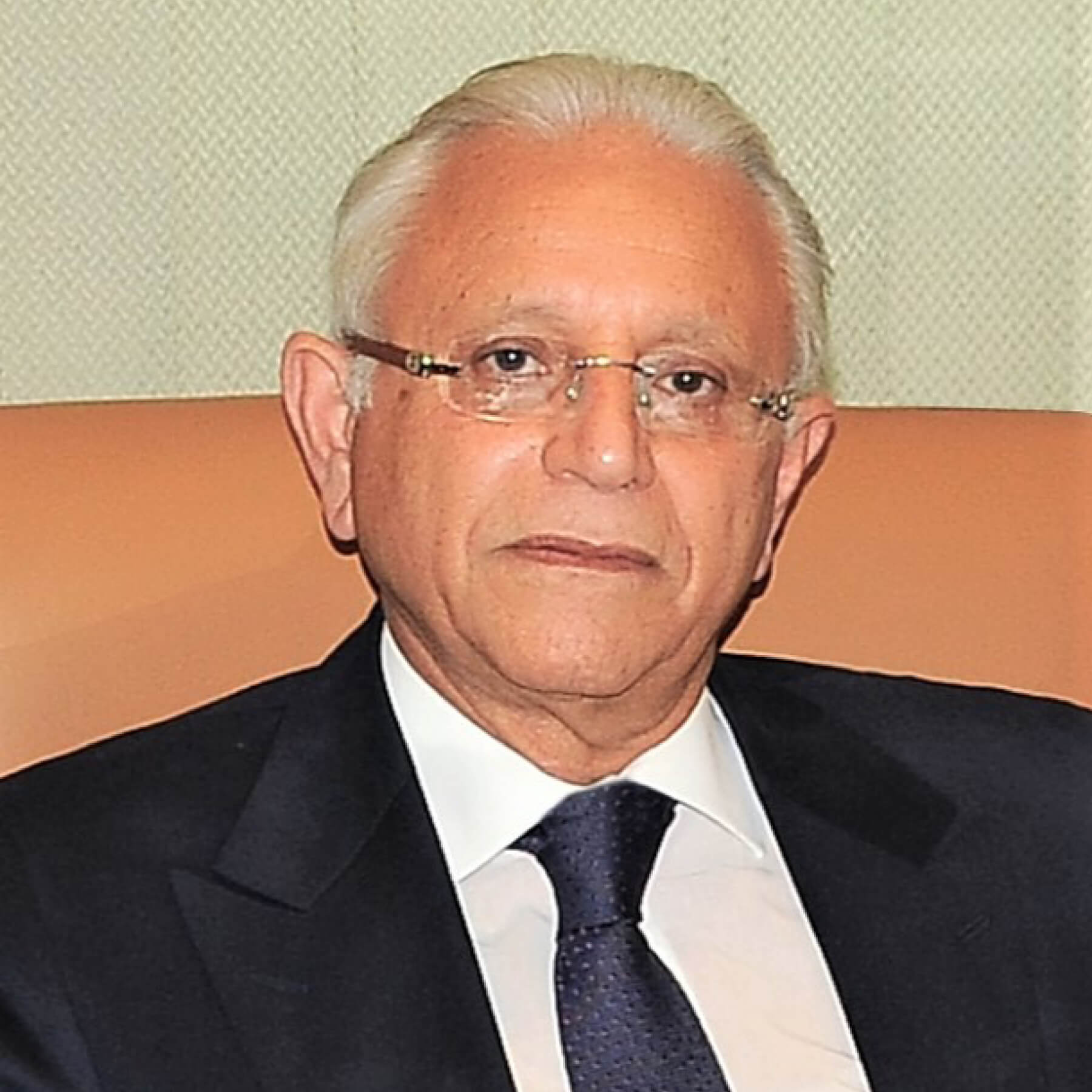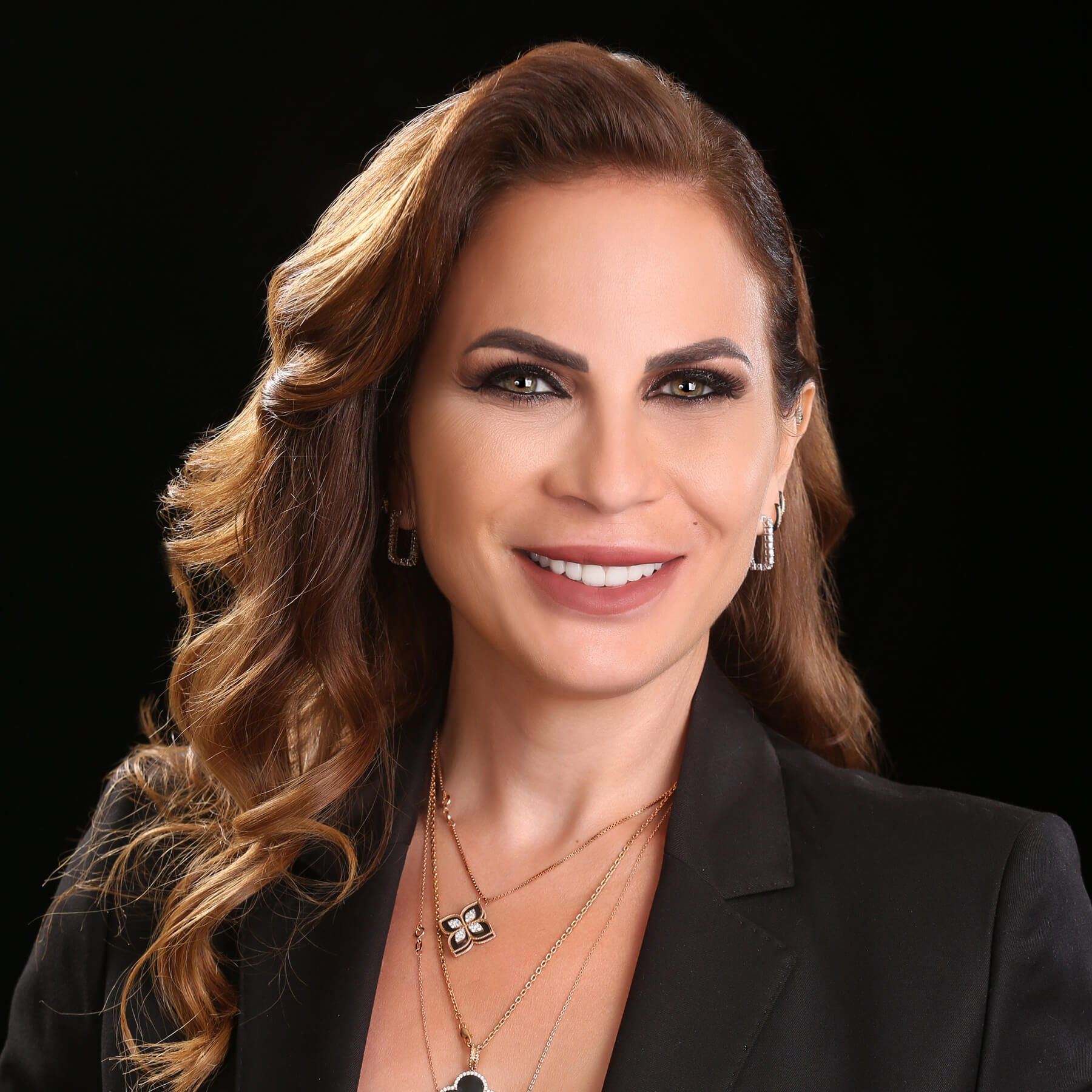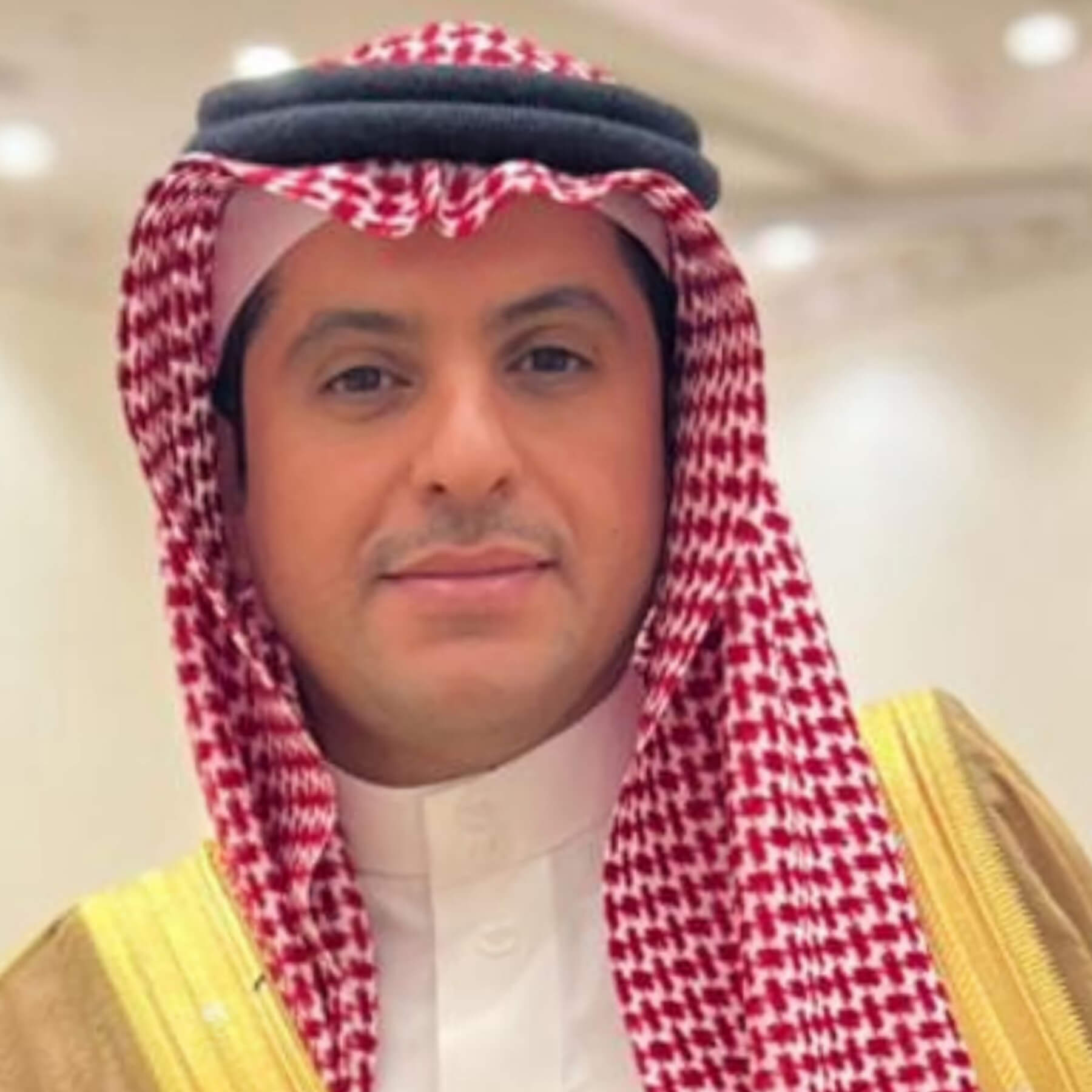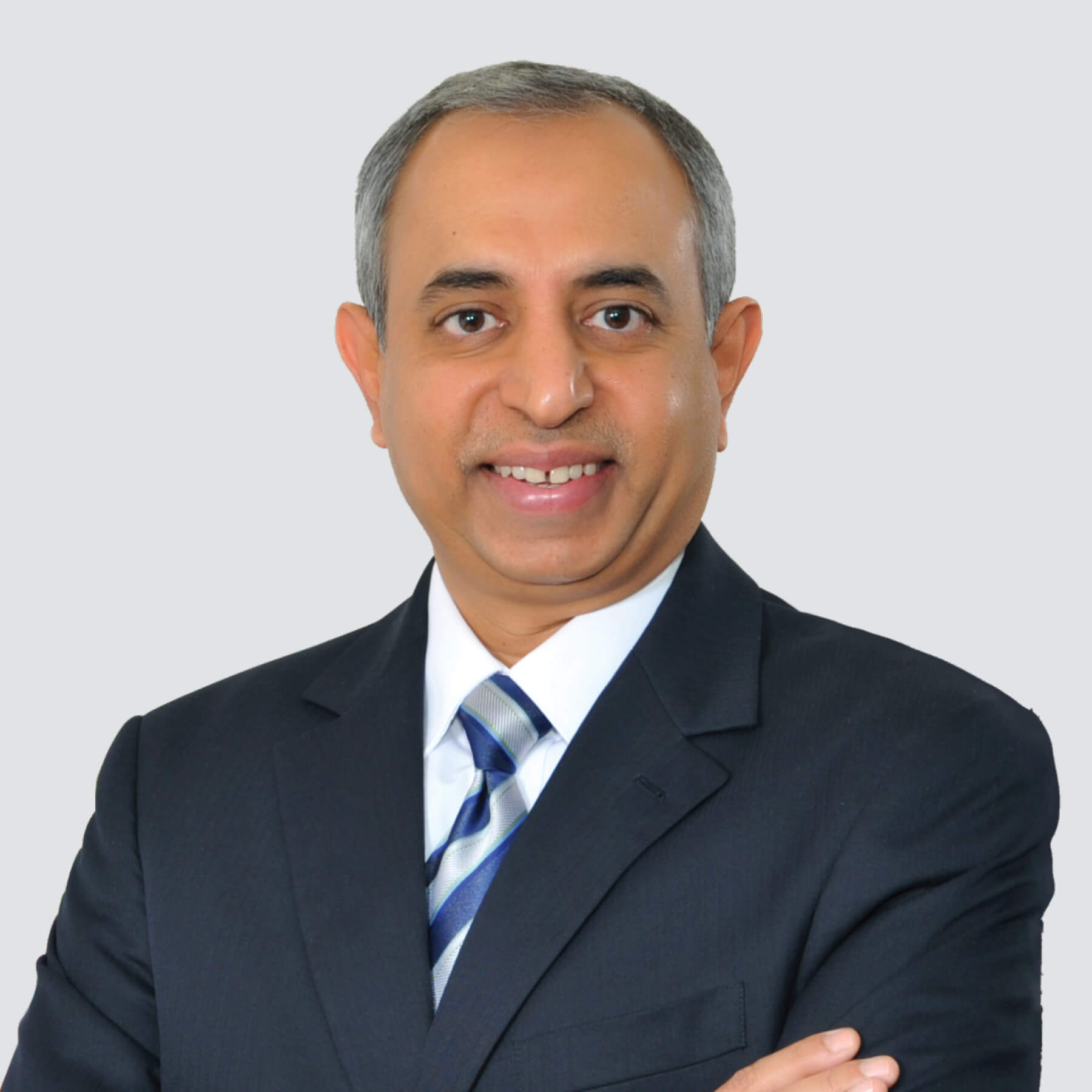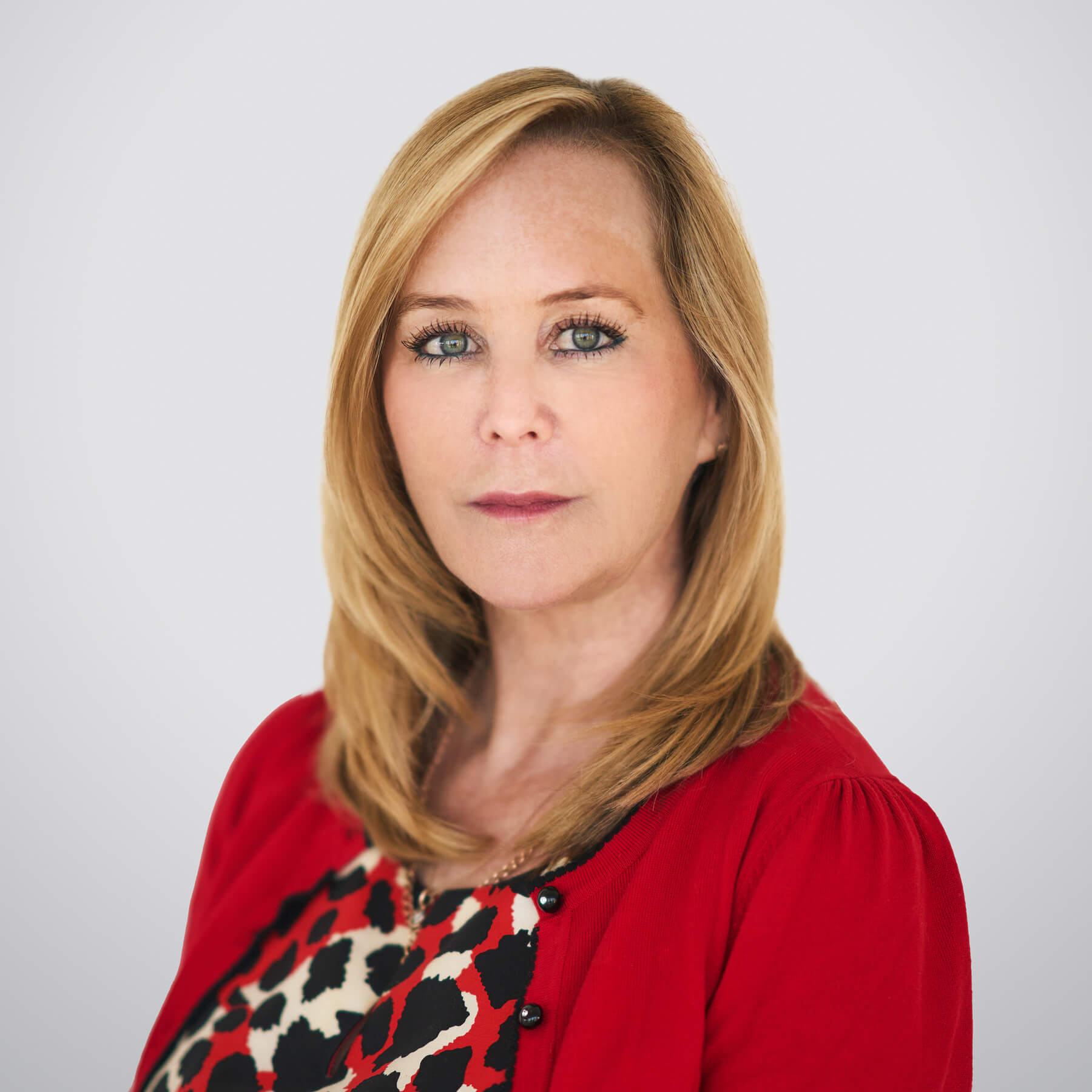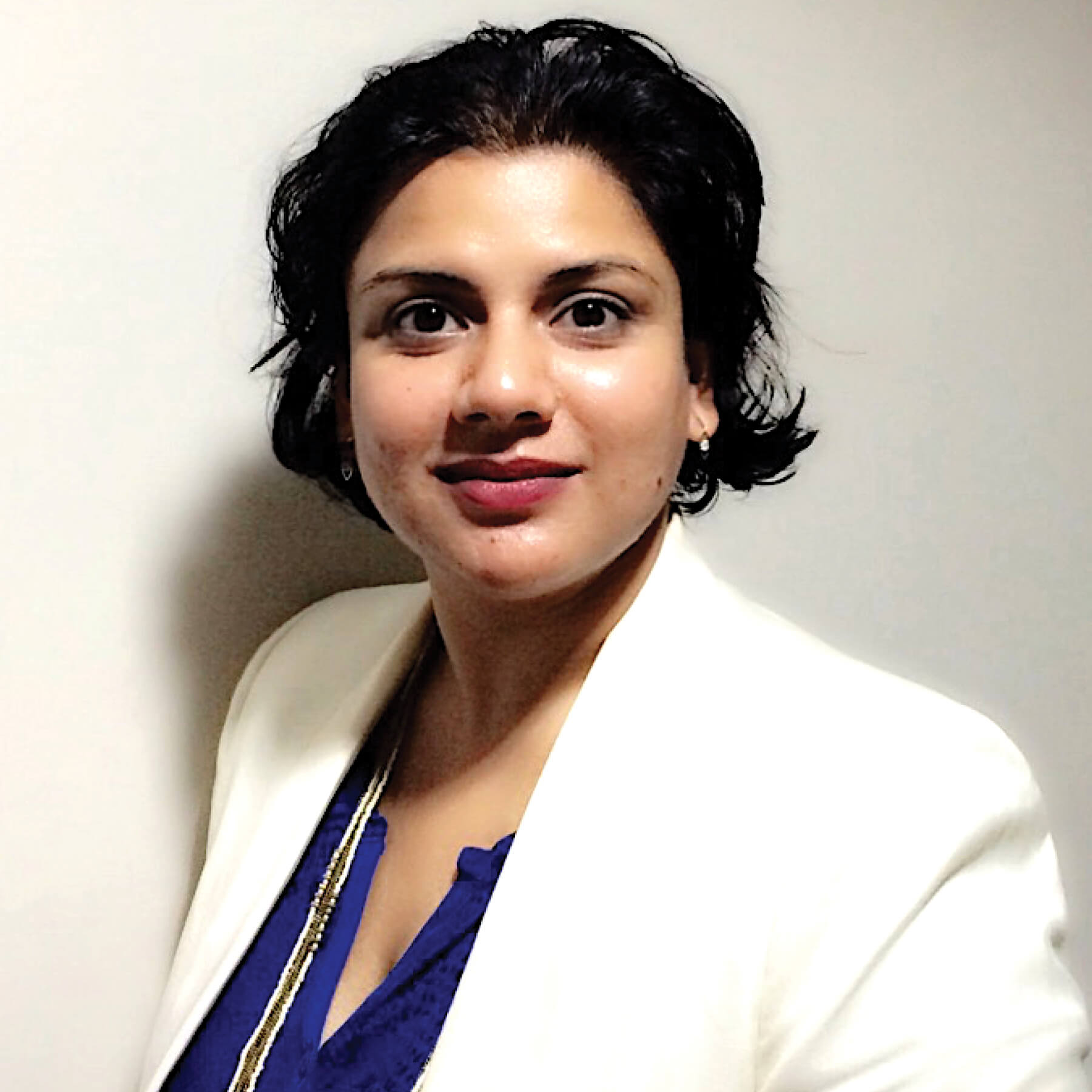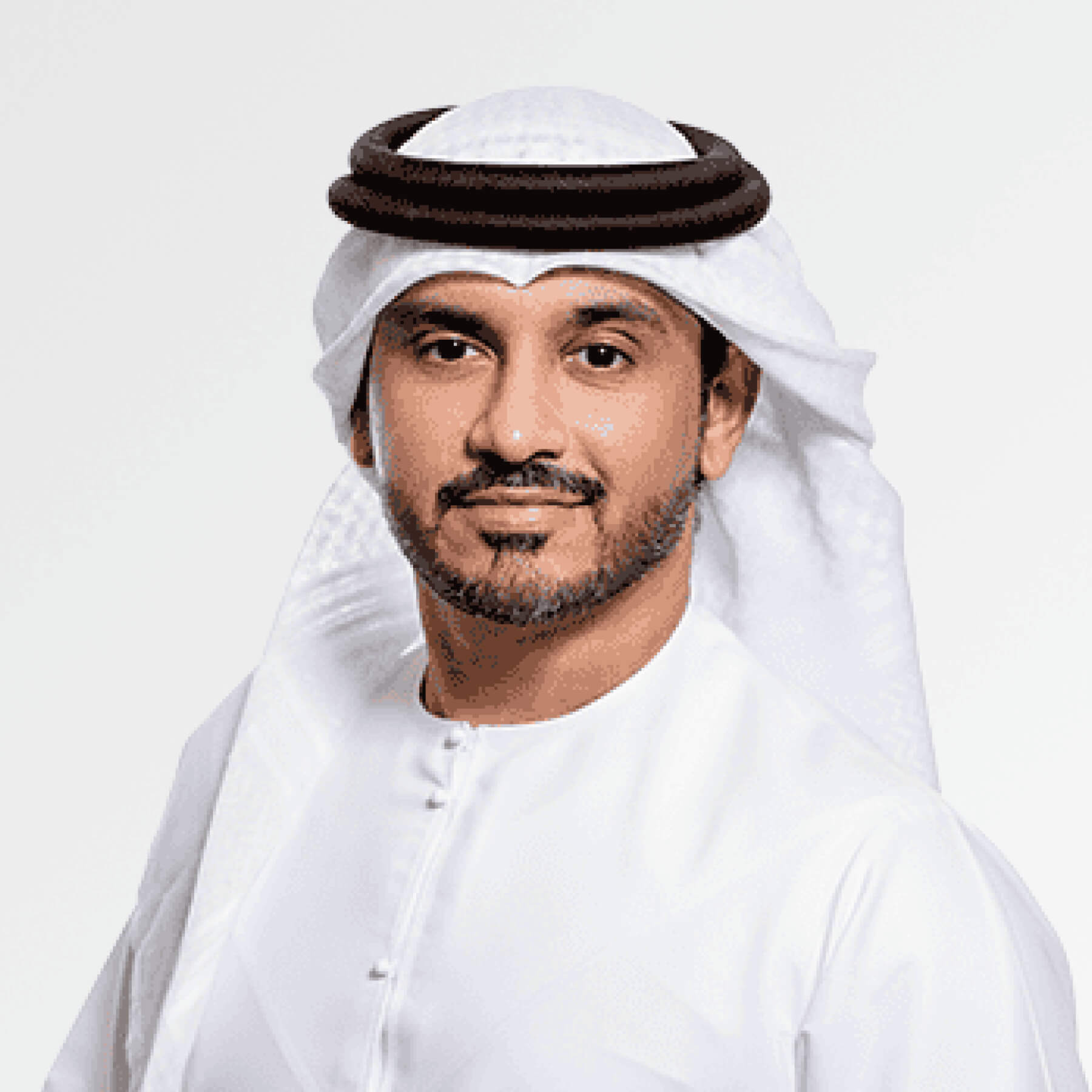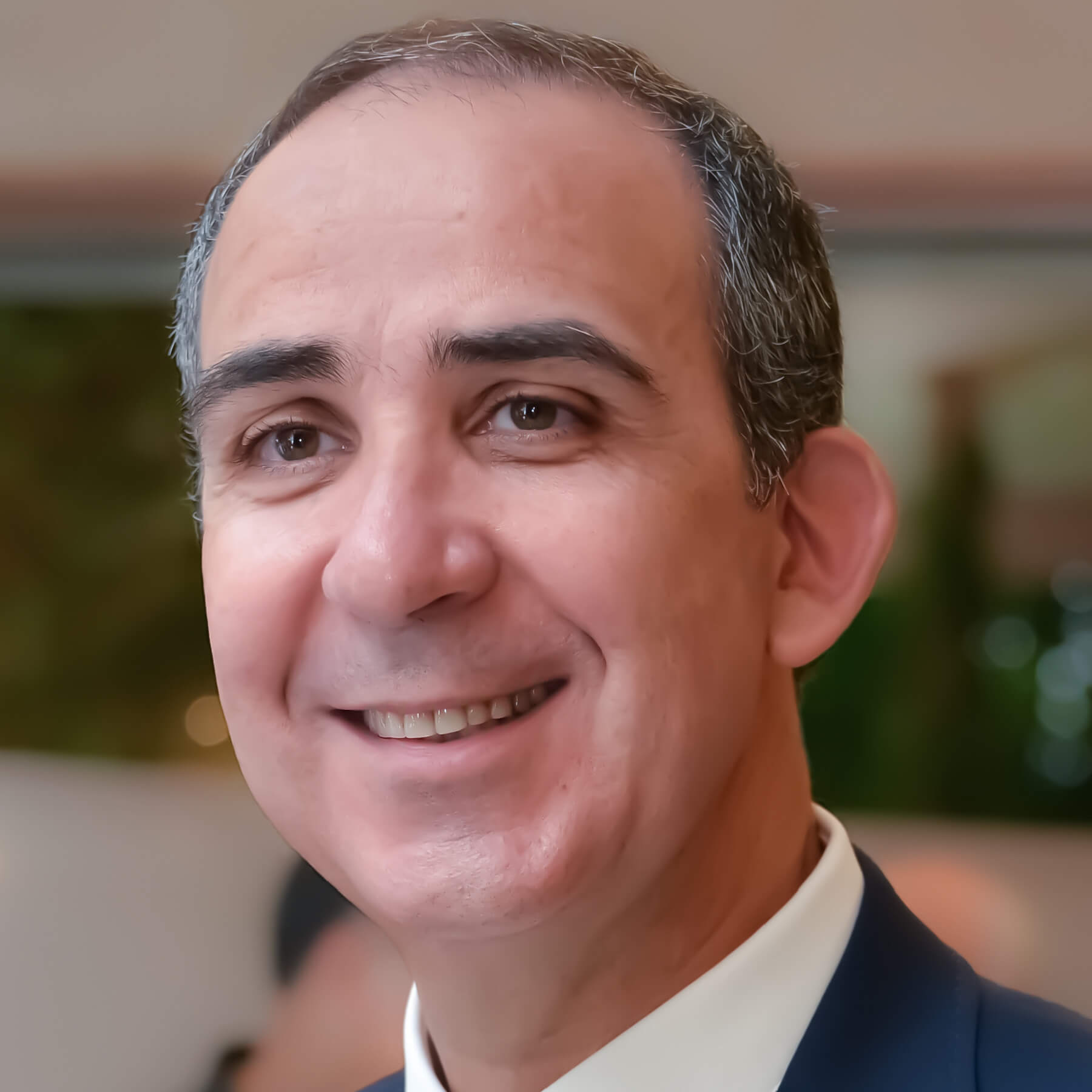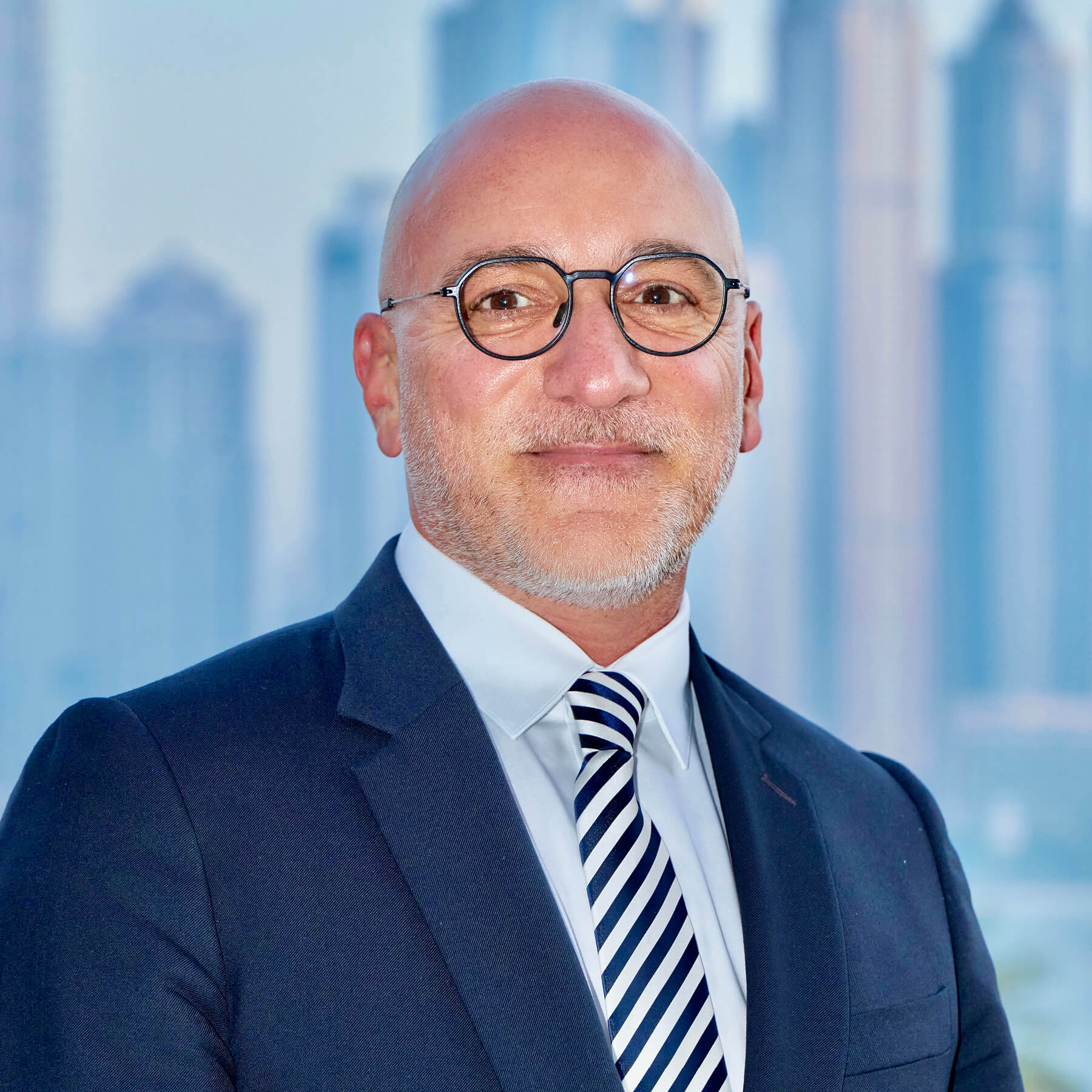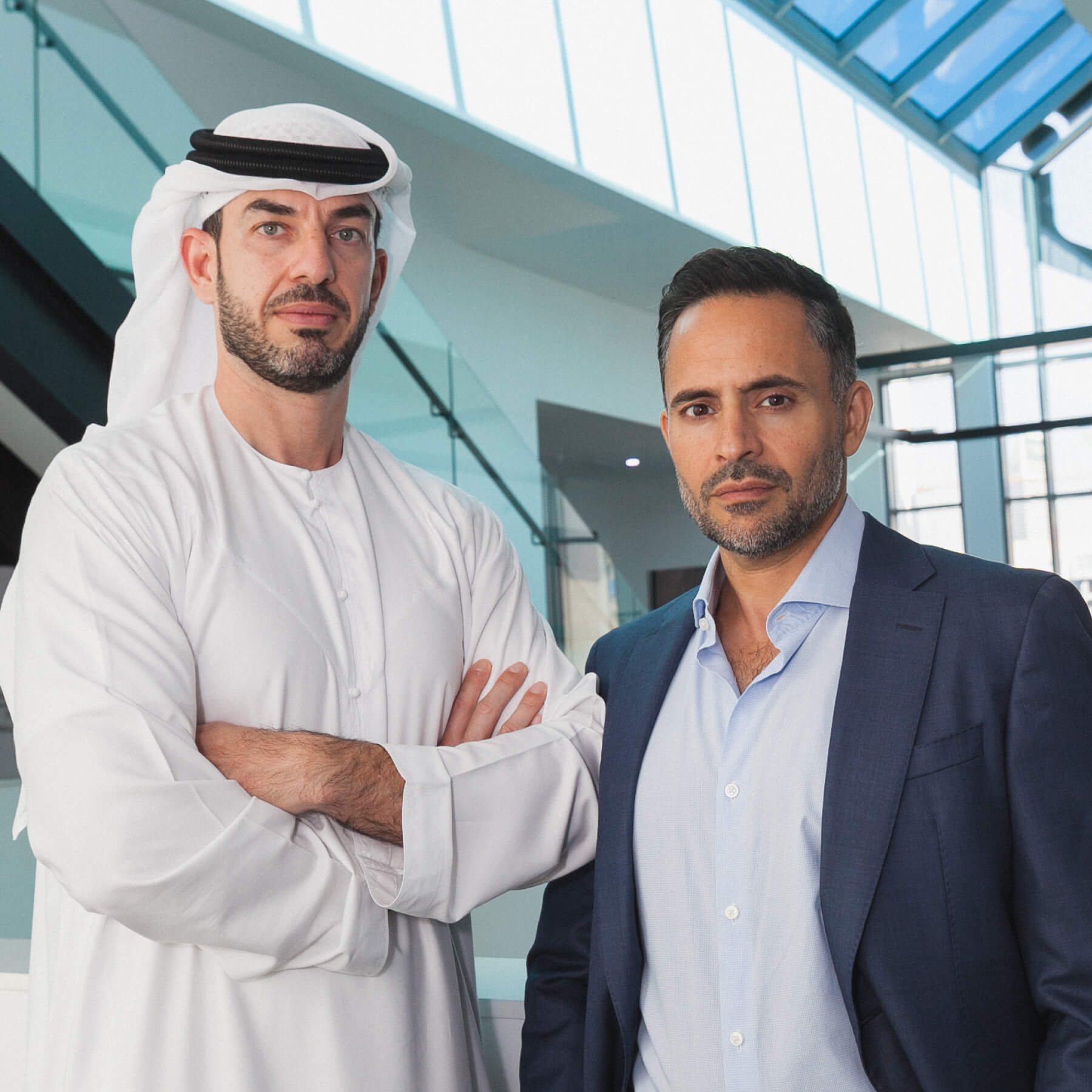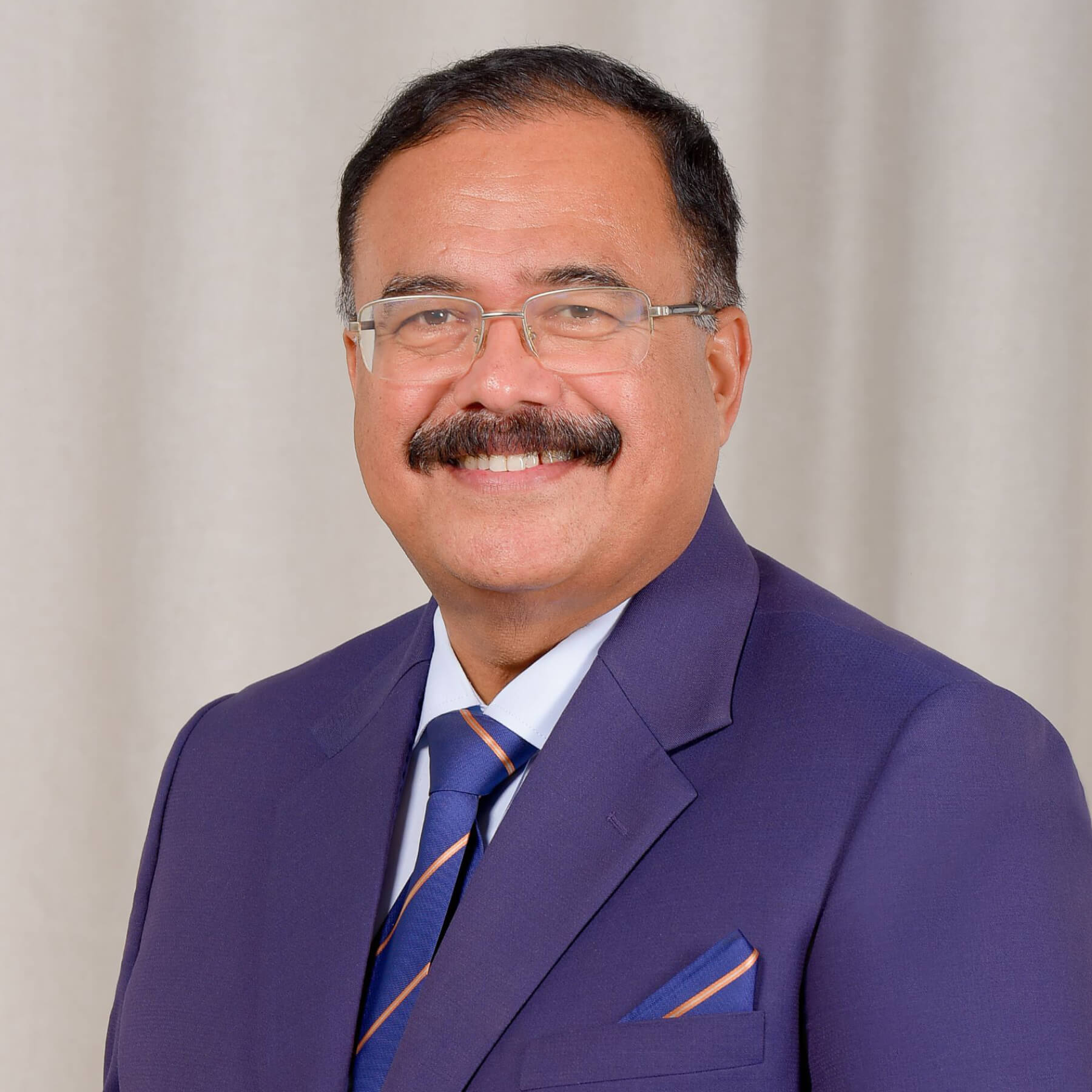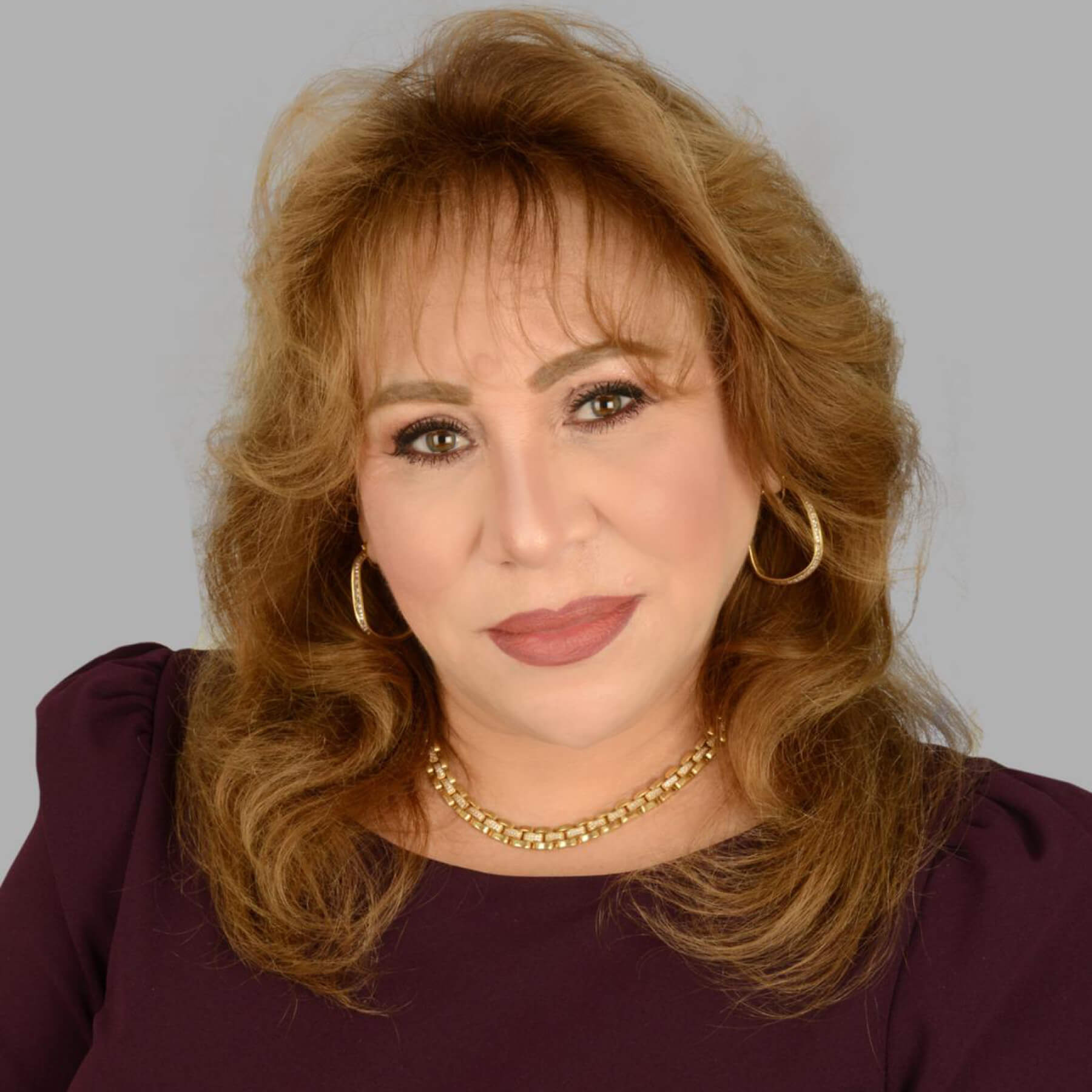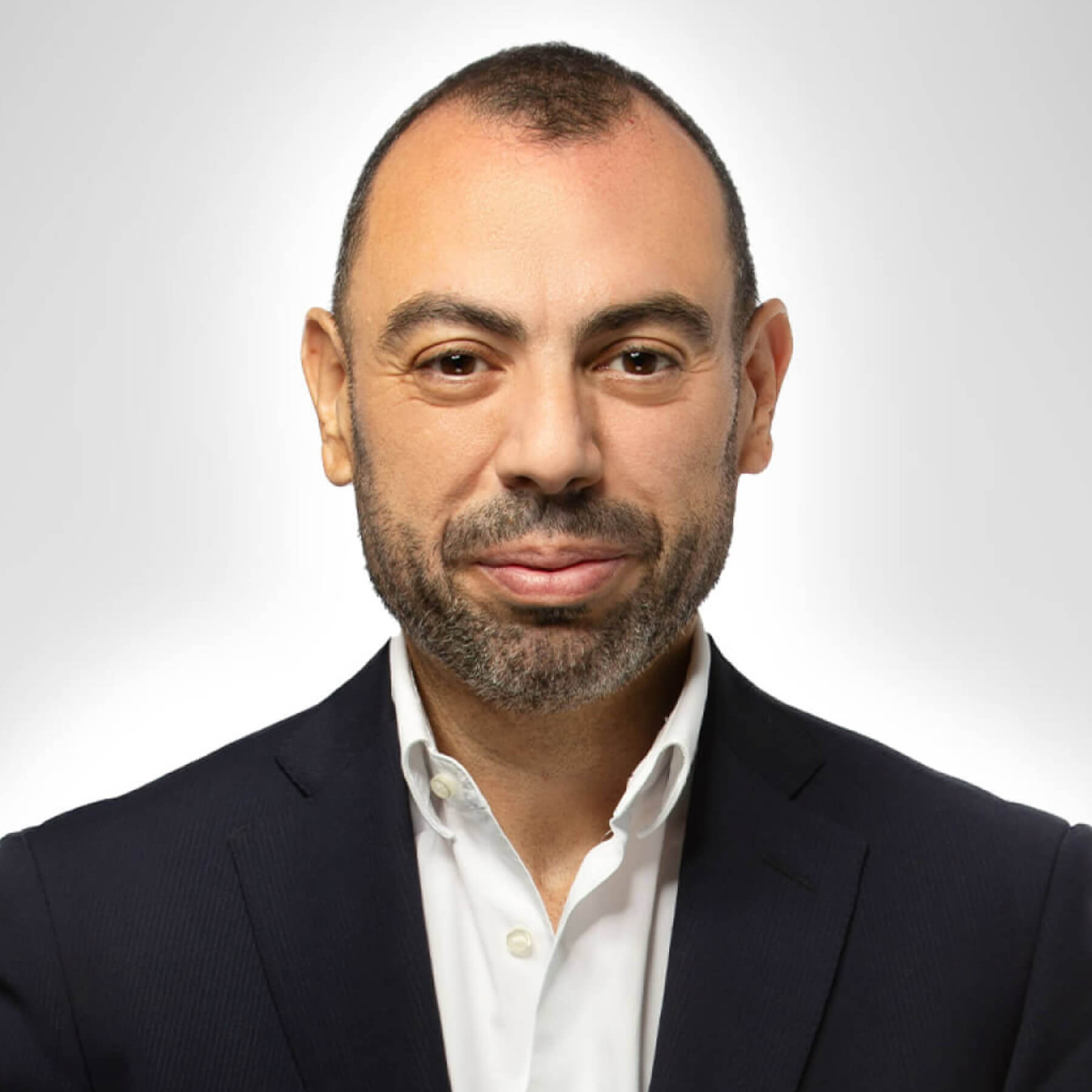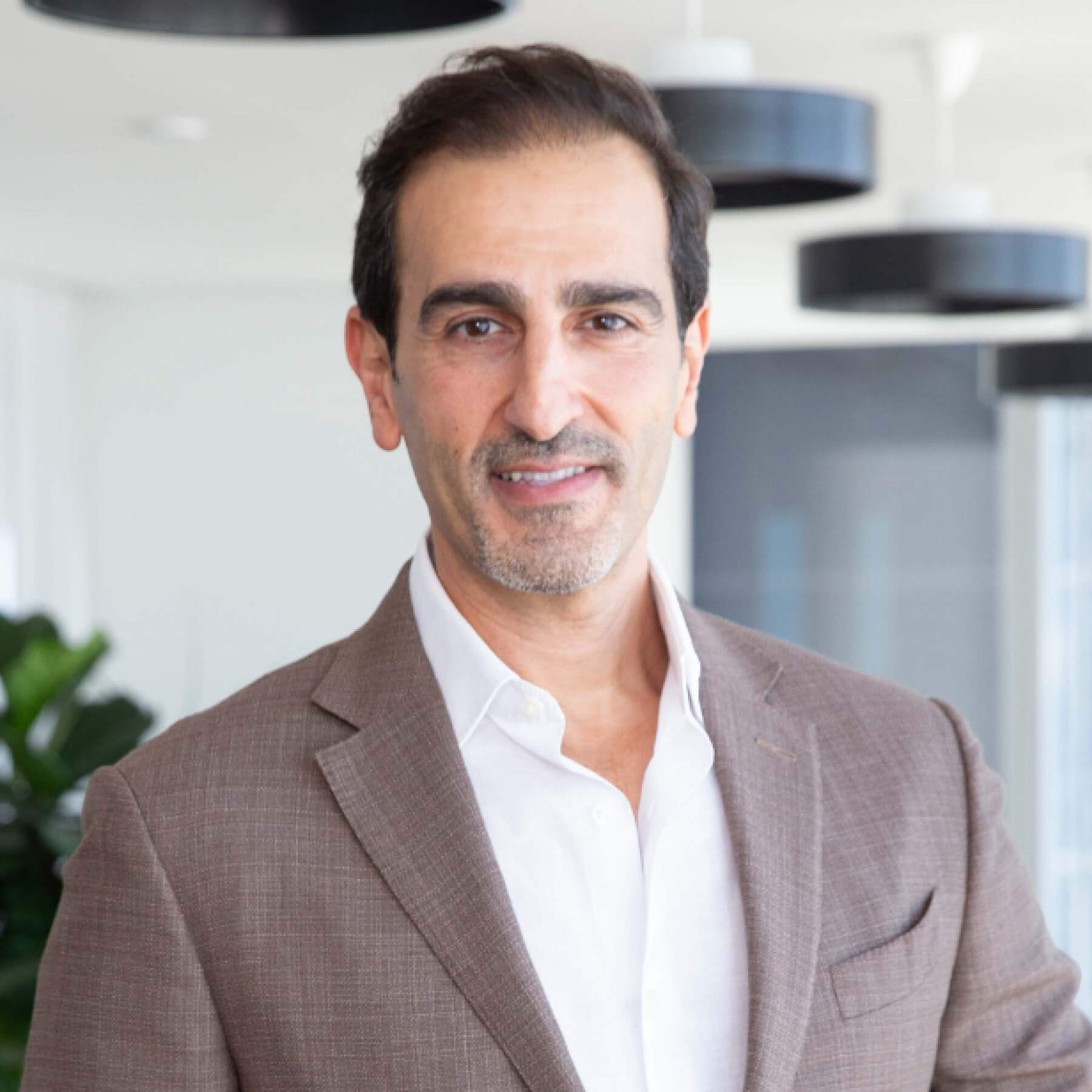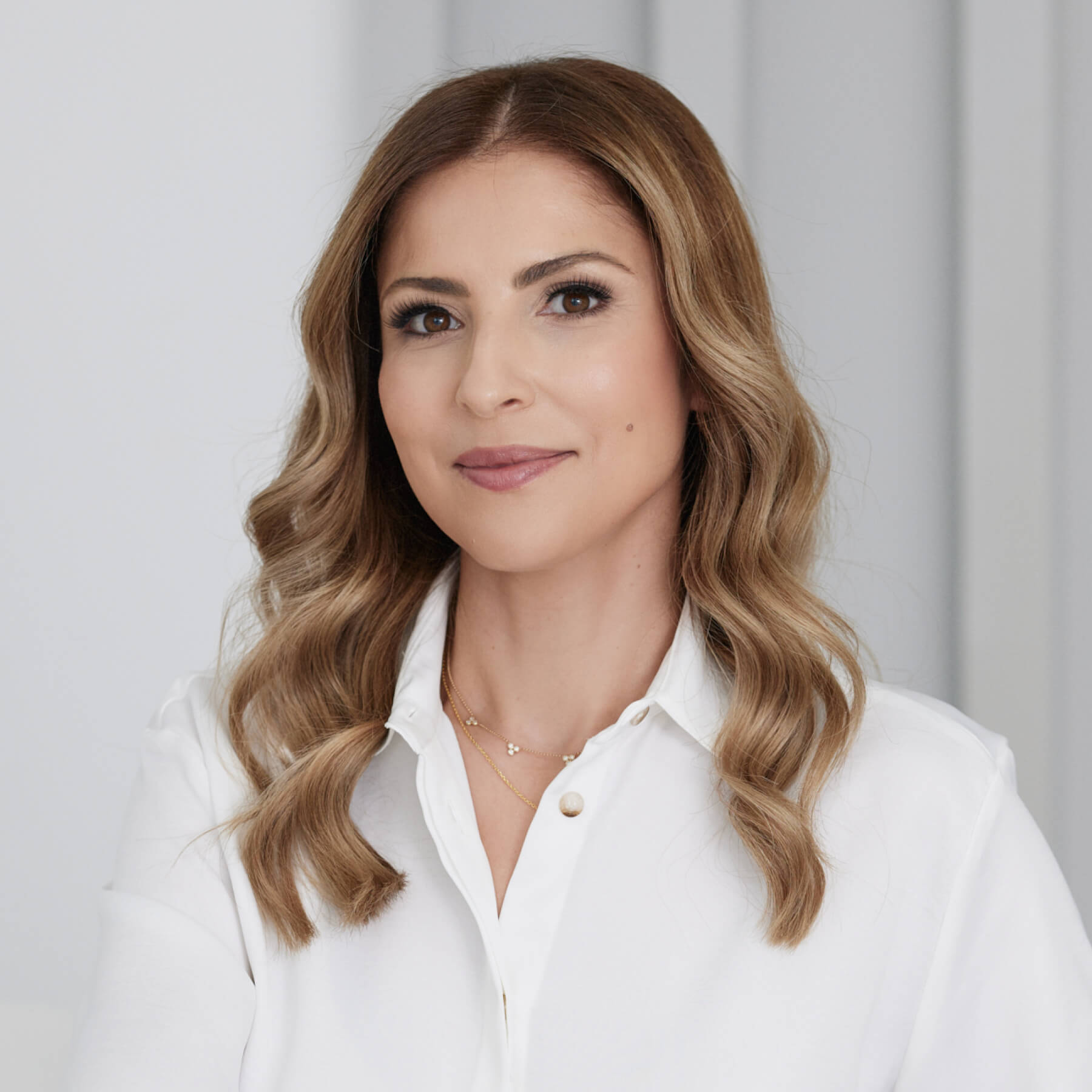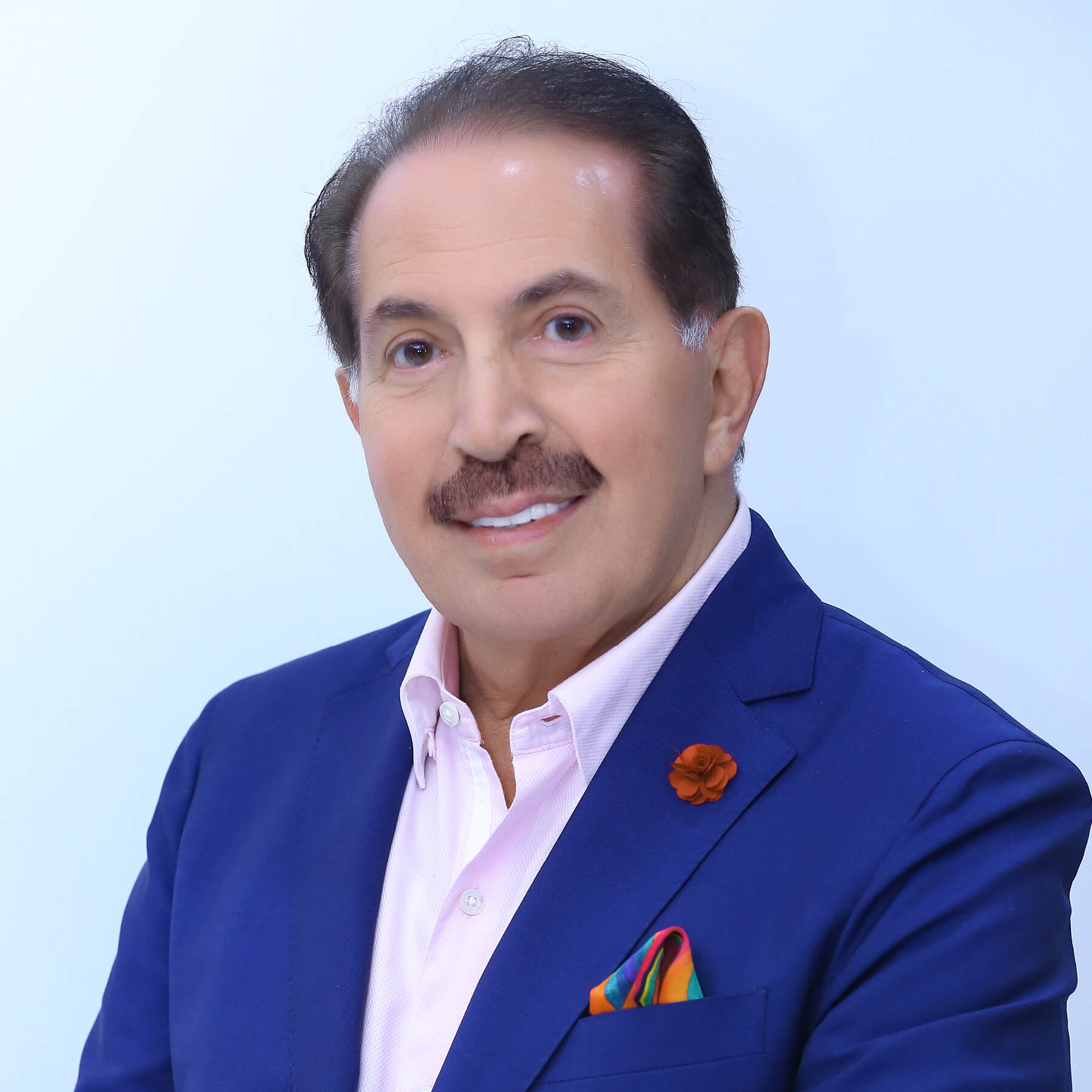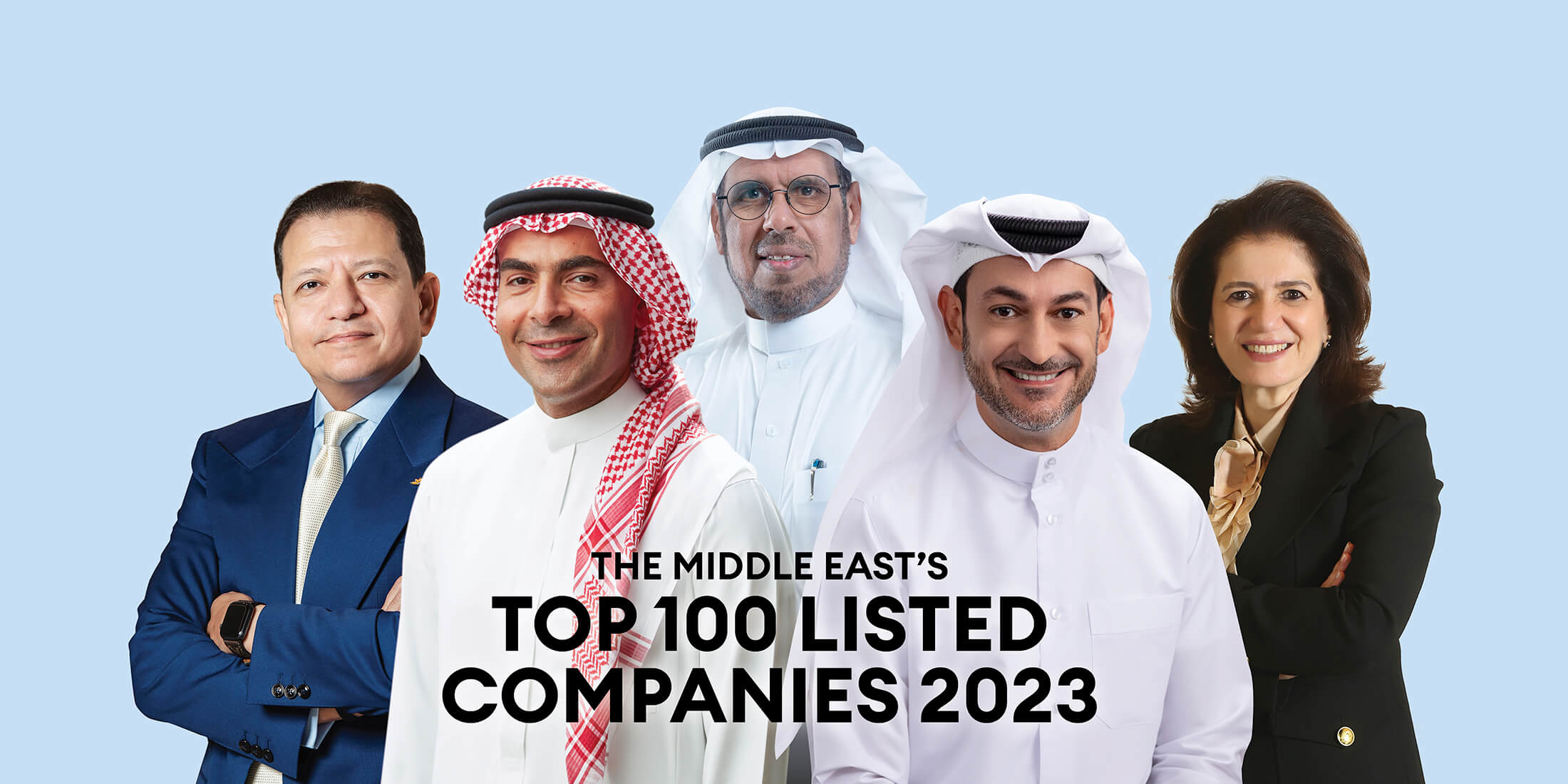THE MIDDLE EAST’S
Top 100 Healthcare
Leaders 2024


MENA’s healthcare landscape is evolving towards integration, marked by the rise of fully comprehensive ecosystems. Industry giants are setting future trends, driven by systems that thrive on data abundance, accessibility, and intersectoral collaboration. MENA’s healthcare services market stood at $226.97 billion in 2023 and is projected to grow to $241.13 billion this year, reaching $412.25 billion by 2032, according to Fortune Business Insights.
Meanwhile, the GCC has been experiencing a significant surge in healthcare investments. According to an HSBC Kuwait report citing Alpen Capital, as of March 2023, the region was home to 161 ongoing healthcare projects valued at $53.2 billion. Saudi Arabia led the way, with 19.2% of these projects under construction in the kingdom at the time.
Other key developments have resulted in new entries to this year’s Top 100 Healthcare Leaders list. Notable among them is Saudi Arabia’s Health Holding Company, the state-owned entity led by Nasser Al Huqbani, which is set to absorb the Ministry of Health’s assets and manage healthcare clusters across the kingdom, and Mazen Fakeeh who led the listing of the Fakeeh Care Group on the Saudi Exchange in June 2024. The sector also saw Hasan Jasem Al Nowais leading the launch of M42 in the U.A.E. in April 2023, following the merger of Mubadala Health and G42 Healthcare.
This year’s list features 51 leaders based in the U.A.E., 23 in Saudi Arabia, eight in Egypt, four each in Qatar, Kuwait, and Morocco, three in Jordan, two in Tunisia, and one each in Algeria and Lebanon.
Representing a comprehensive health ecosystem across the region, the list includes 33 pharmaceutical companies, 31 leaders of groups operating hospital facilities, 13 leaders of diversified businesses, five heads each in medical devices and technology, and three leaders of major pharmacy chains.
Top 100 Healthcare Leaders 2024
Methodology
When compiling this list, we considered the following:
• The size of the company including revenues, assets, facilities, etc.
• The impact that both the leader and company have had on the region’s healthcare sector.
• Innovative initiatives and achievements from the past year.
• The experience of the leader in the sector, including current designation and role.
• Diversity of operations.
• Ownership of assets.
• Level of transparency and research accessibility.
Methodology
When compiling this list, we considered the following:
• The size of the company including revenues, assets, facilities, etc.
• The impact that both the leader and company have had on the region’s healthcare sector.
• Innovative initiatives and achievements from the past year.
• The experience of the leader in the sector, including current designation and role.
• Diversity of operations.
• Ownership of assets.
• Level of transparency and research accessibility.
